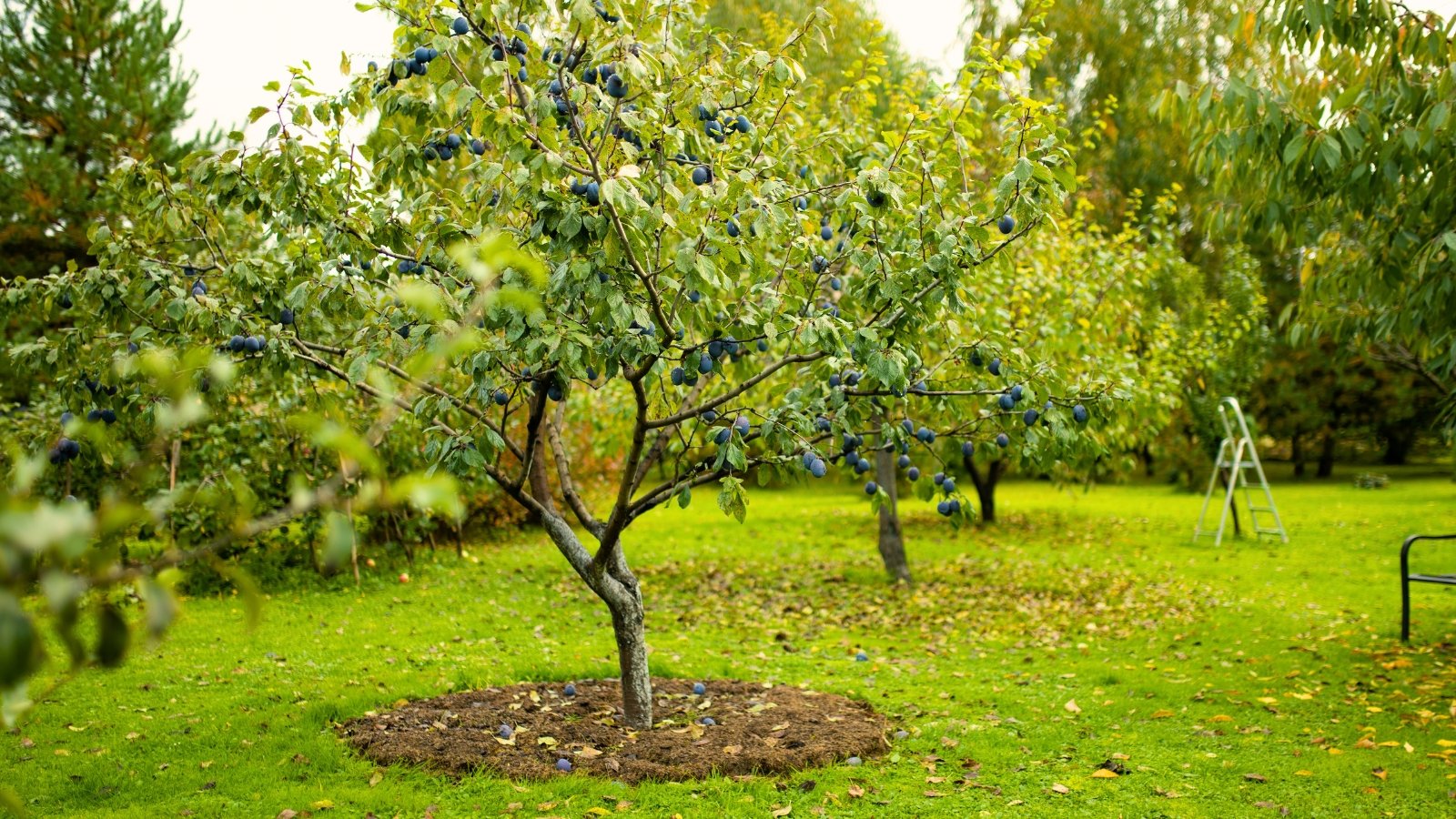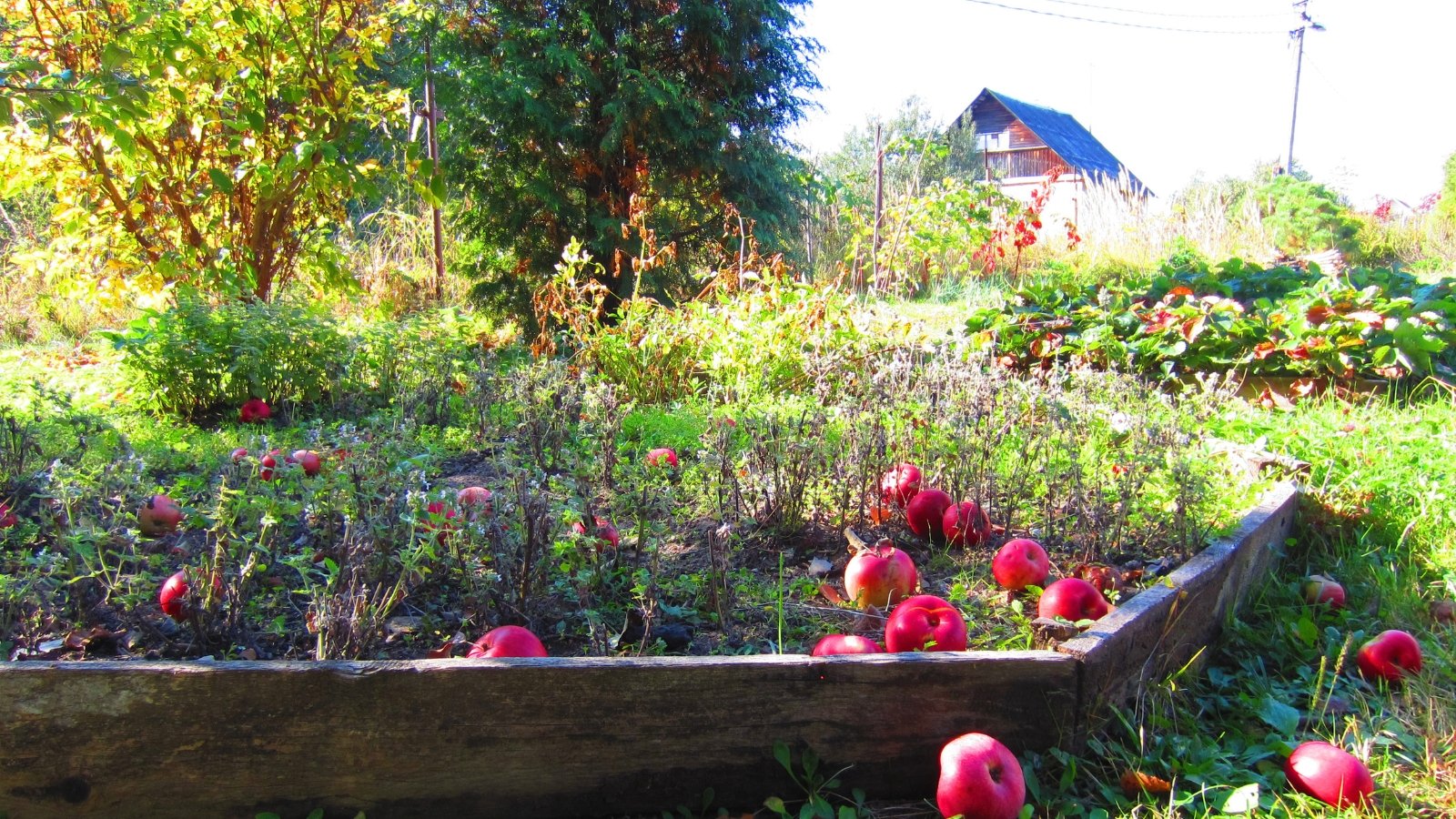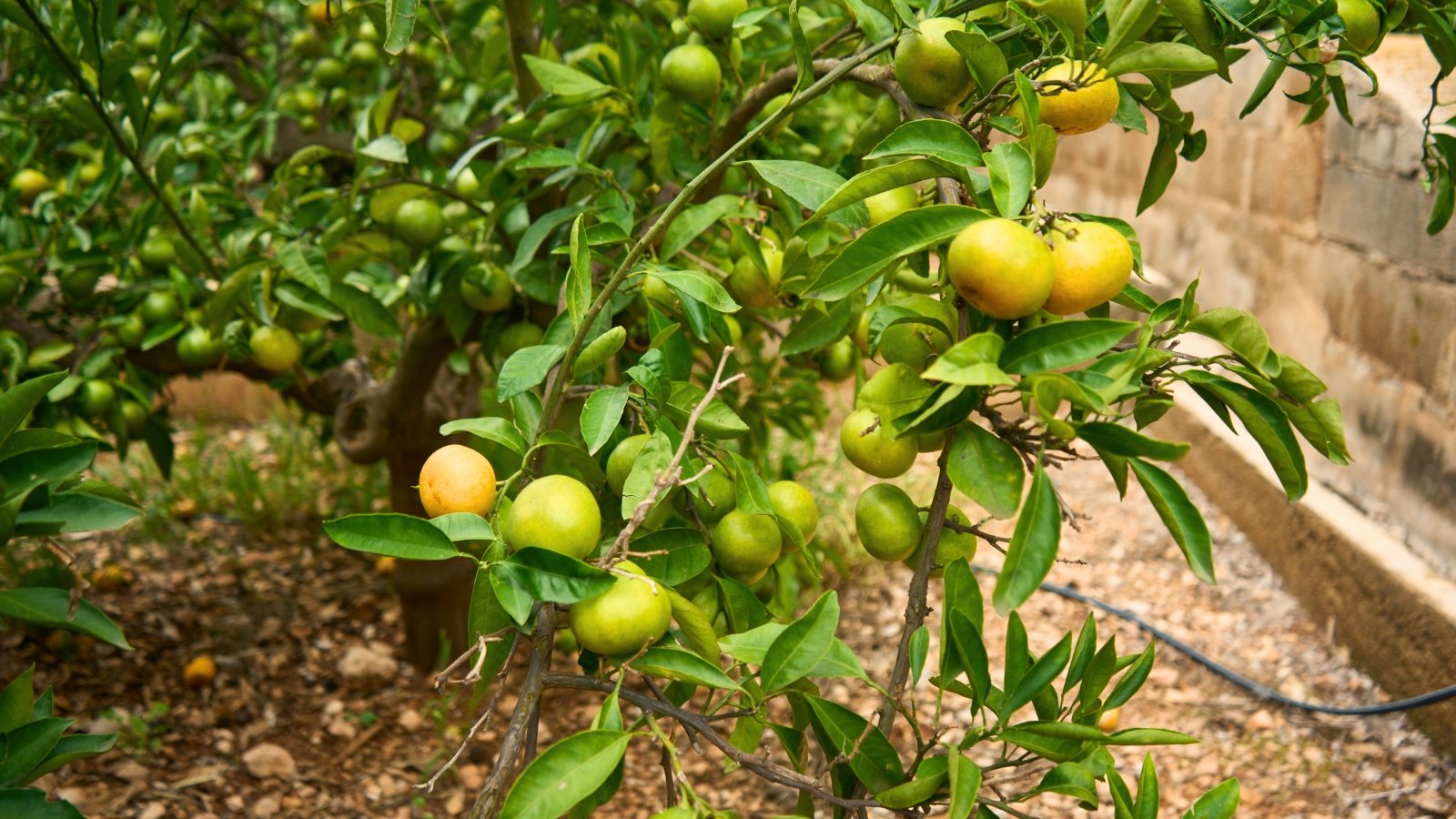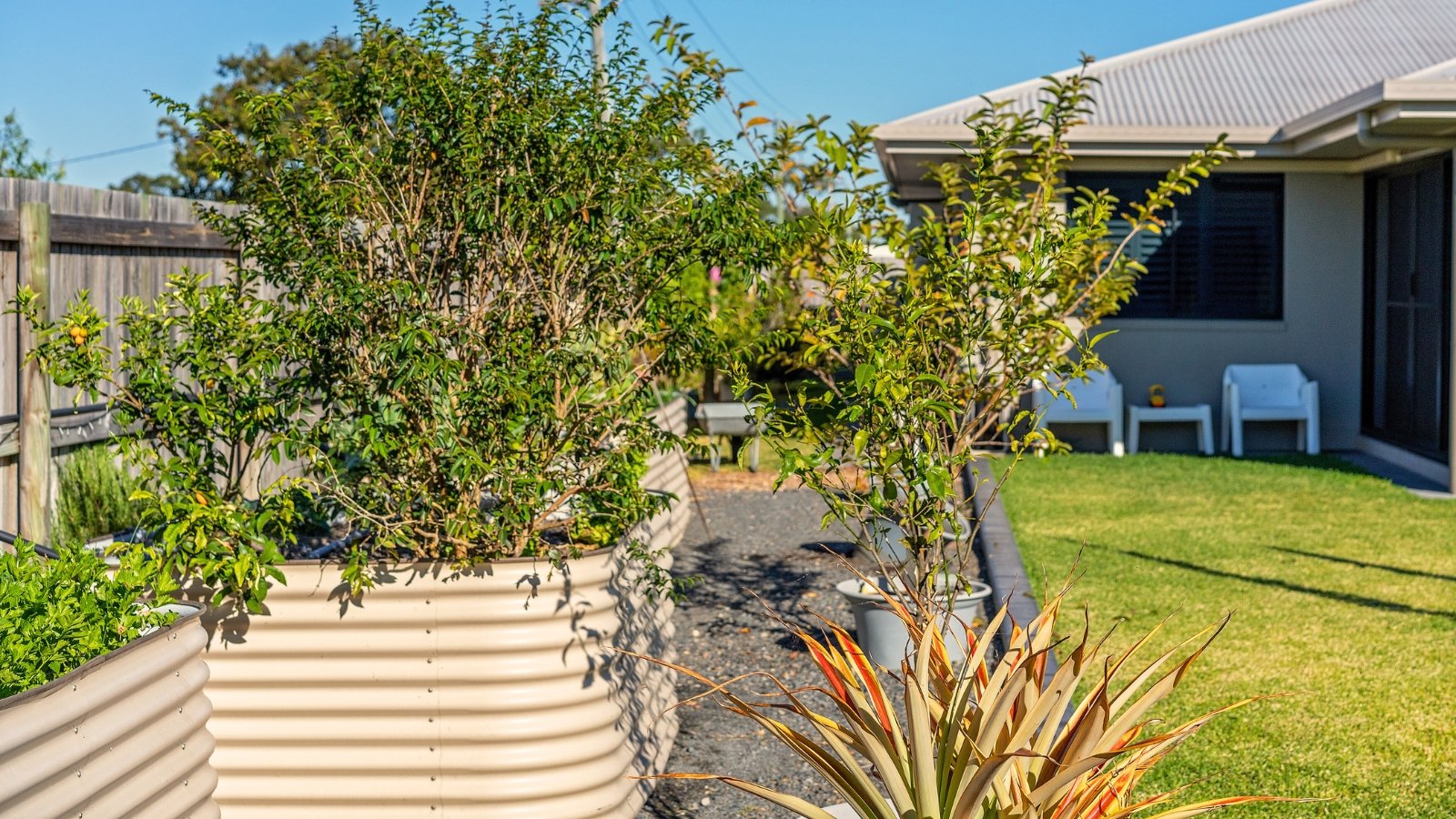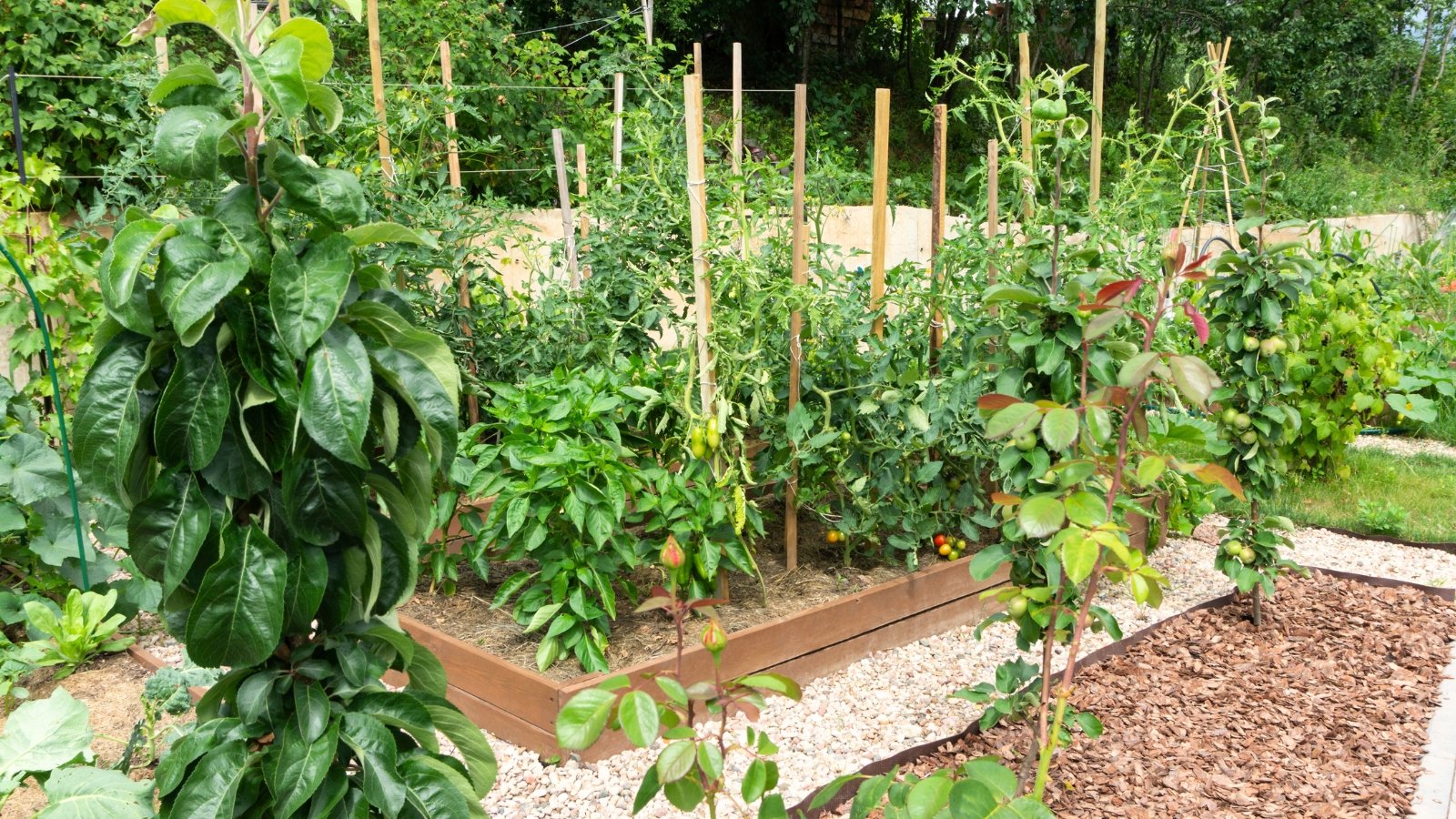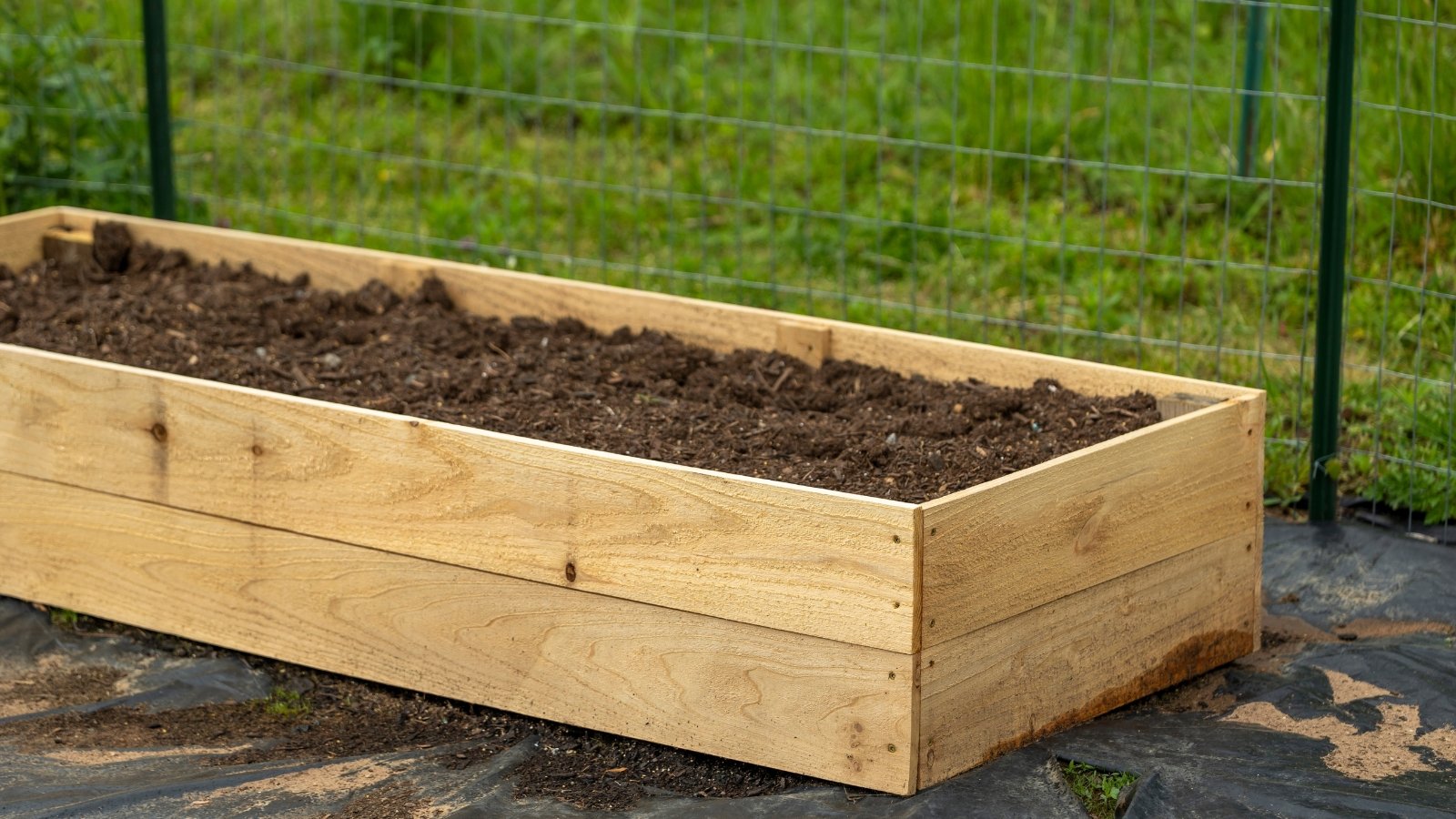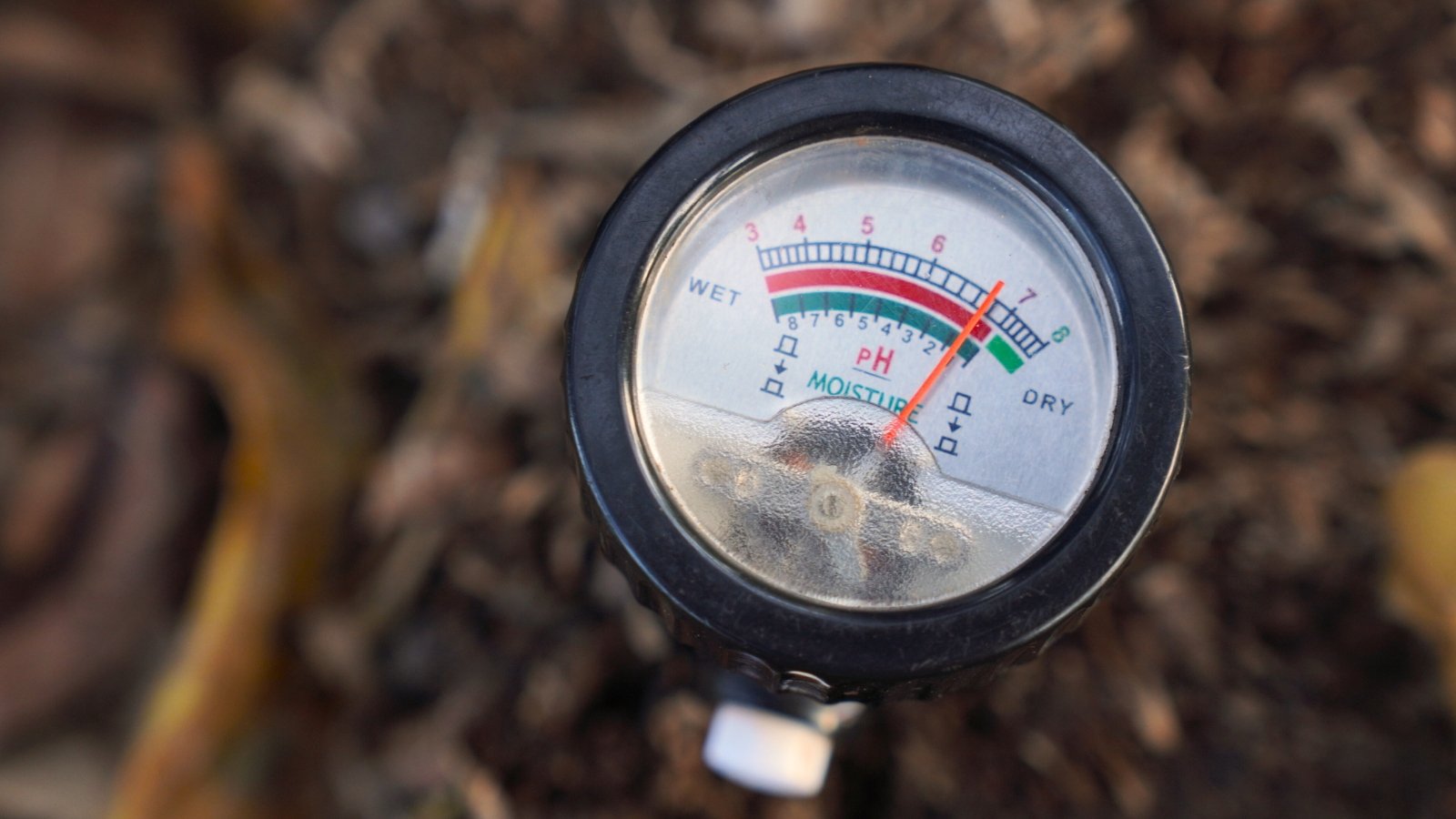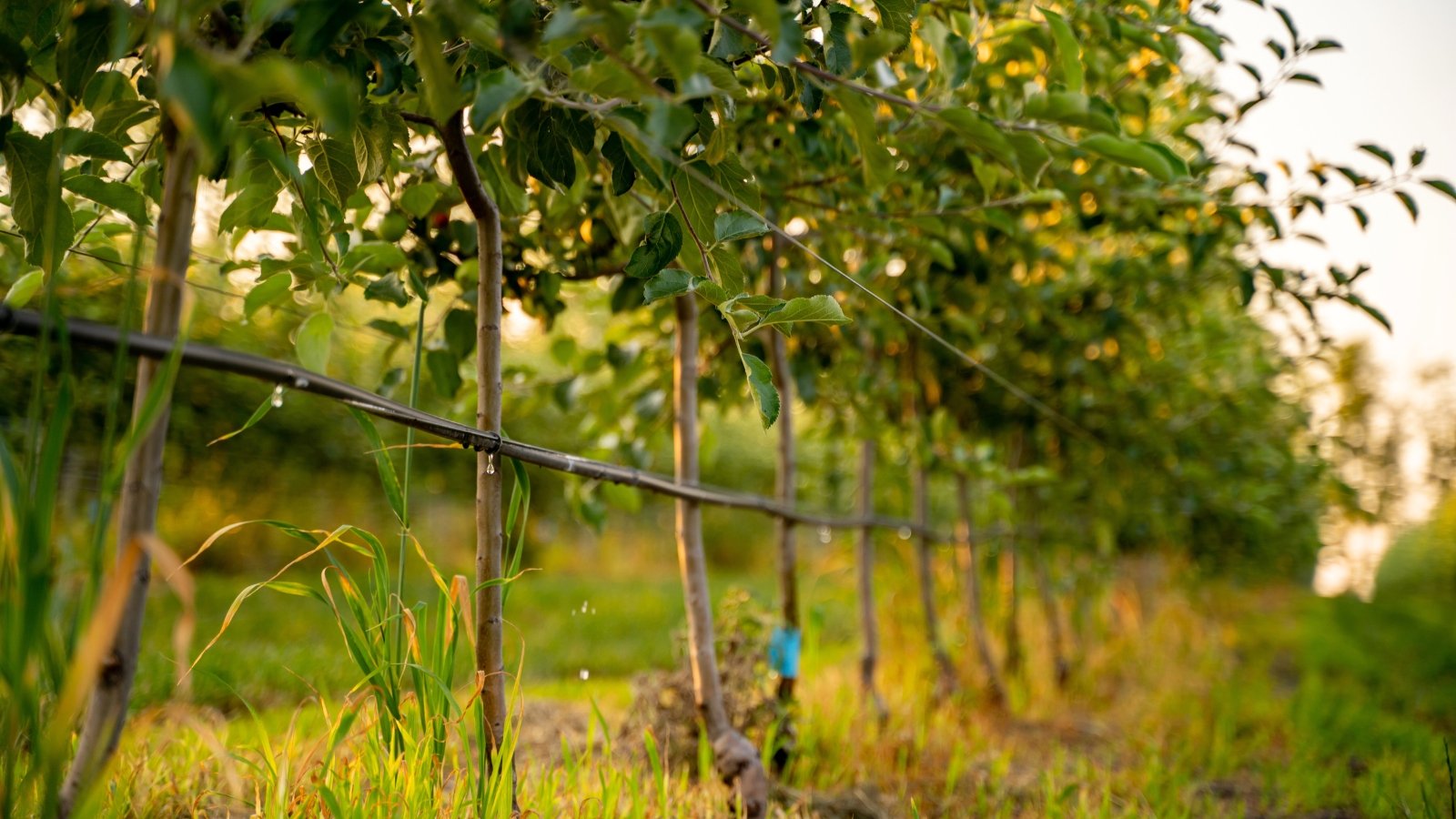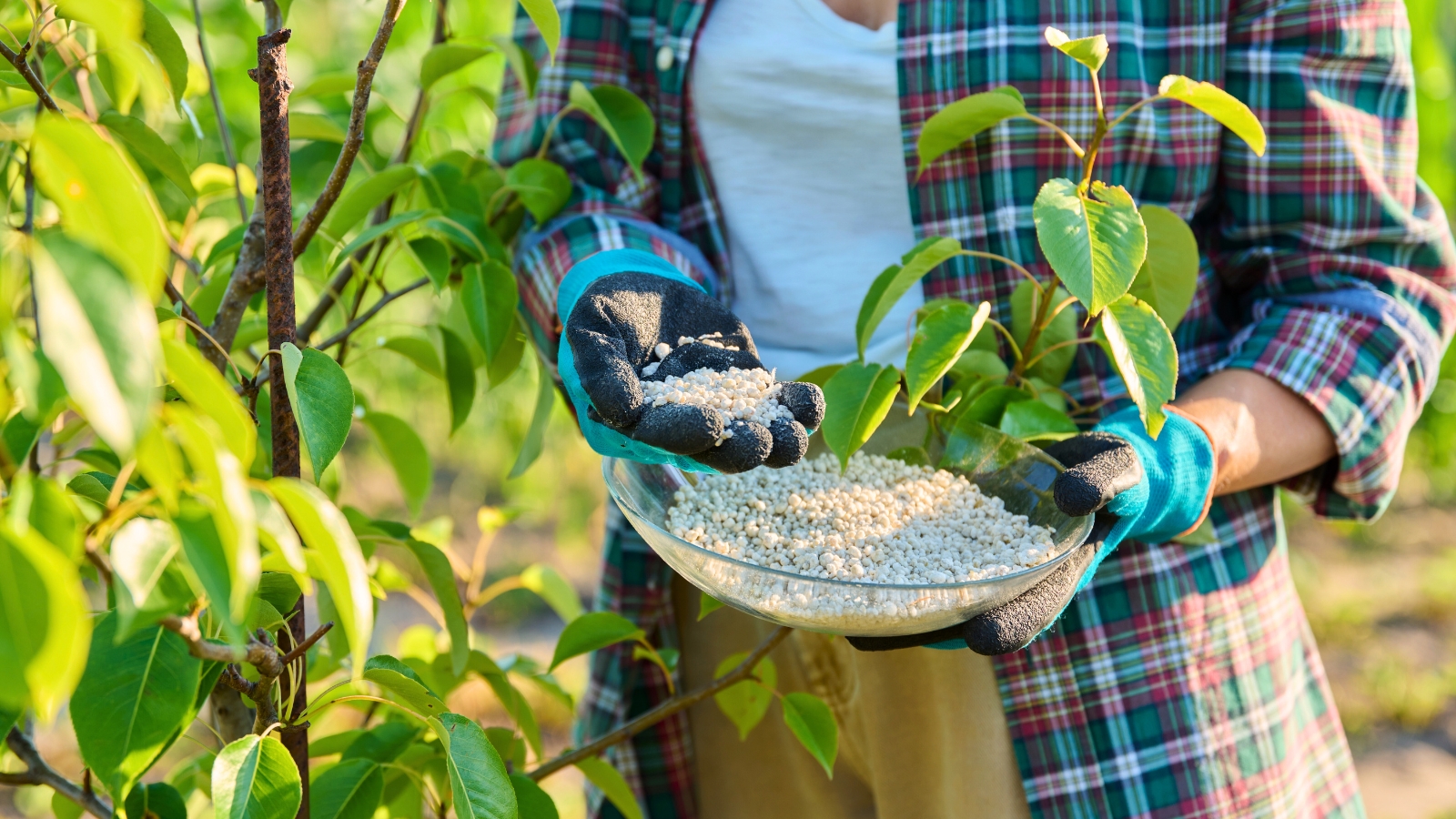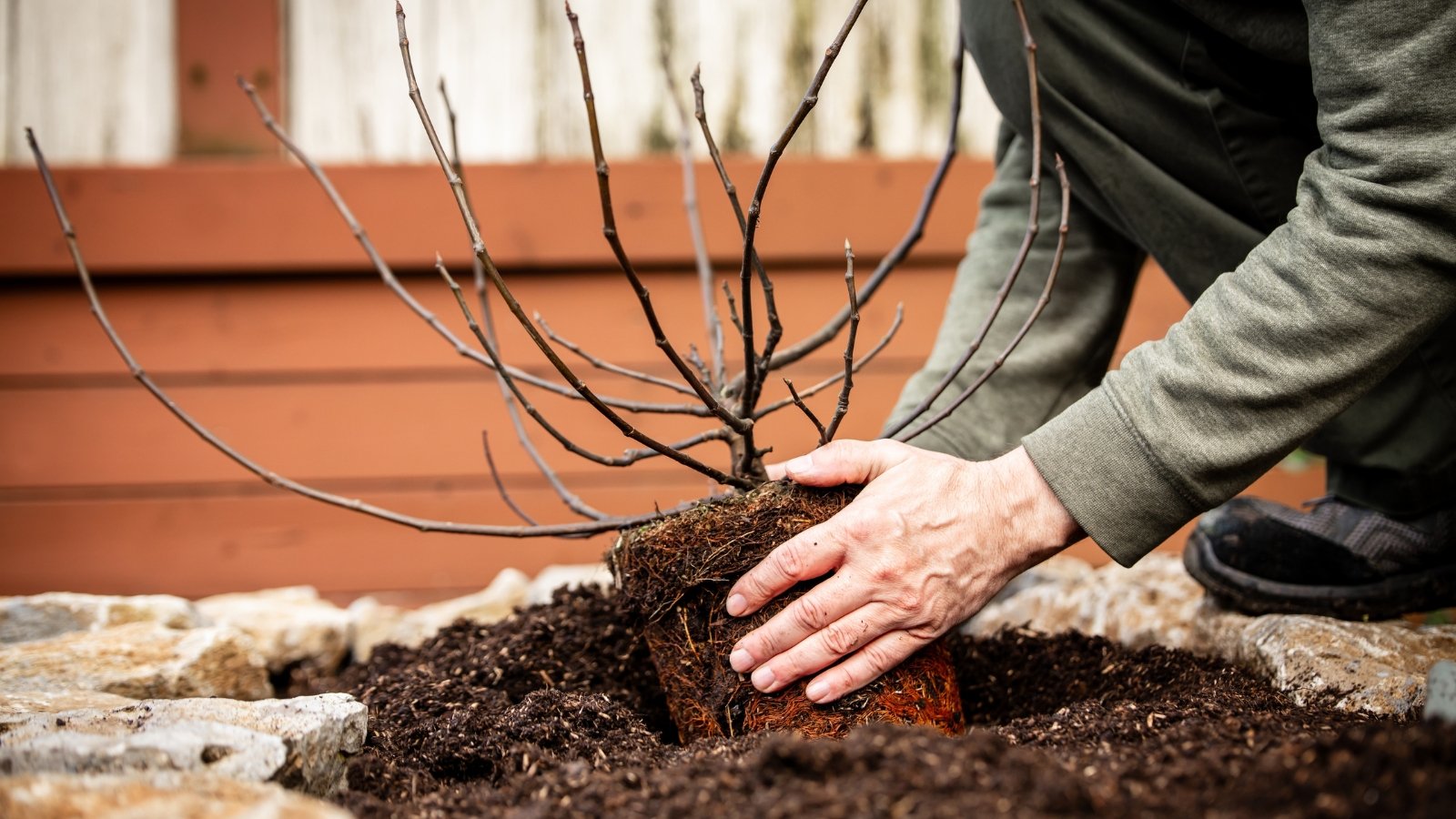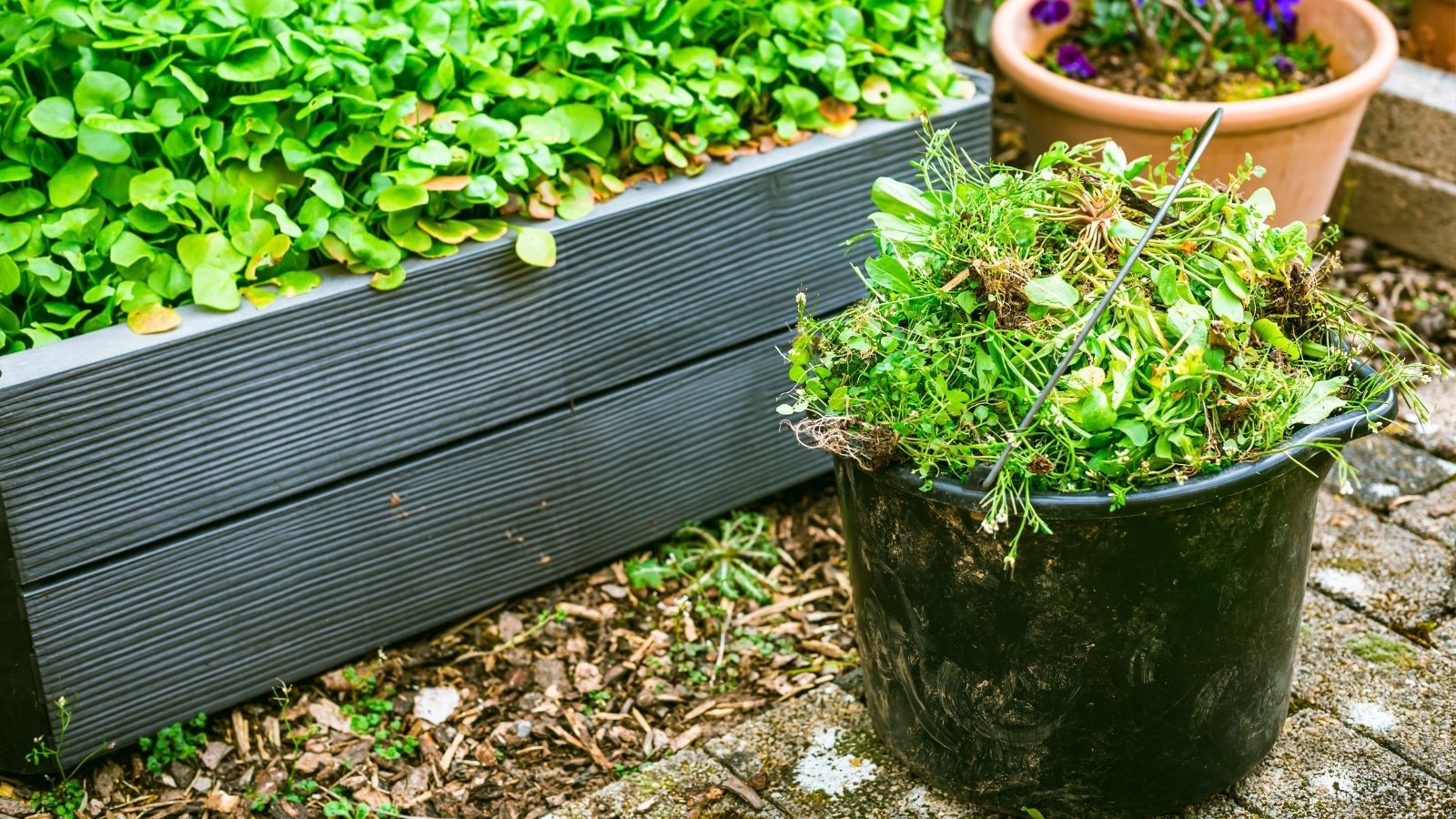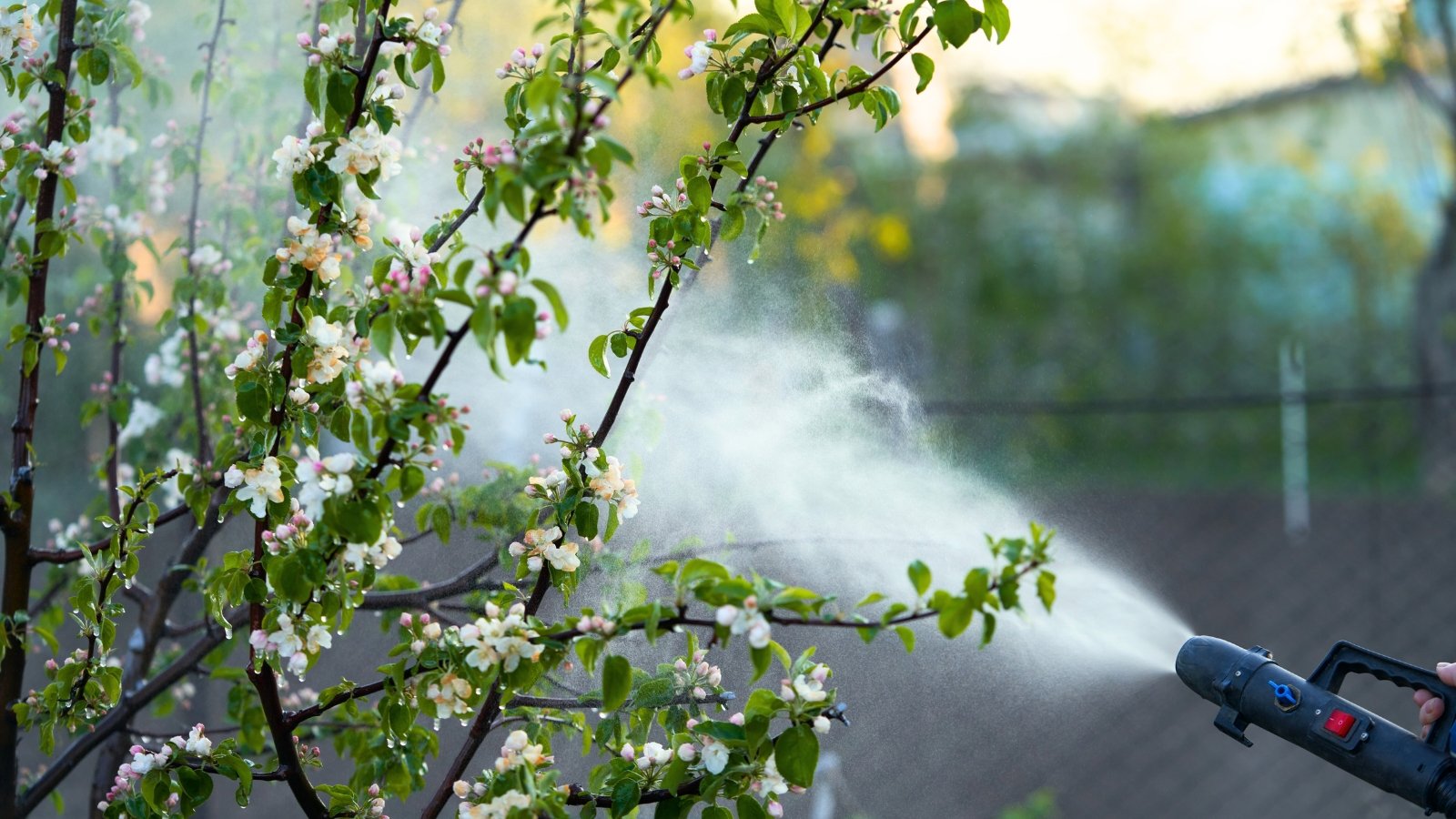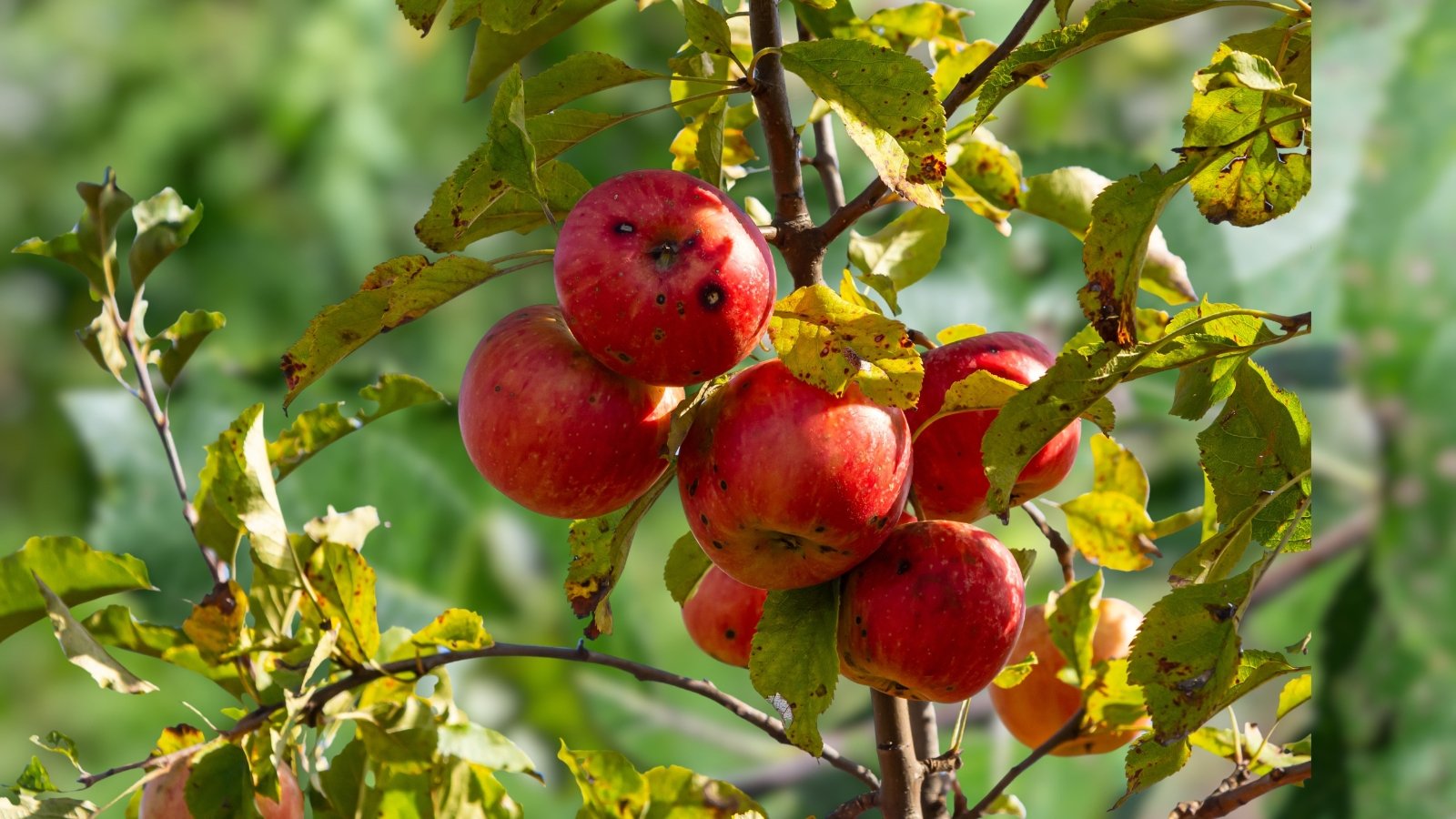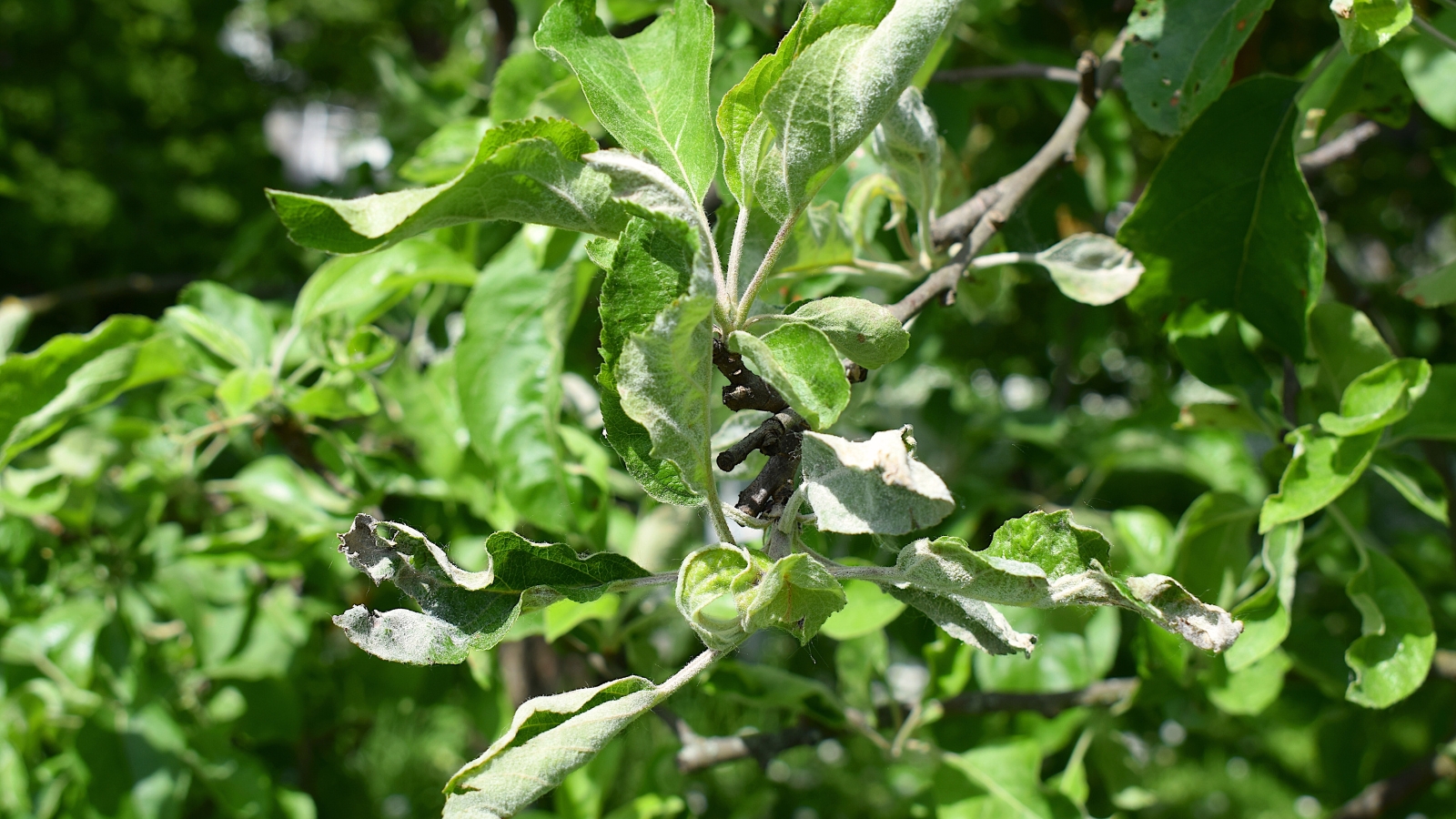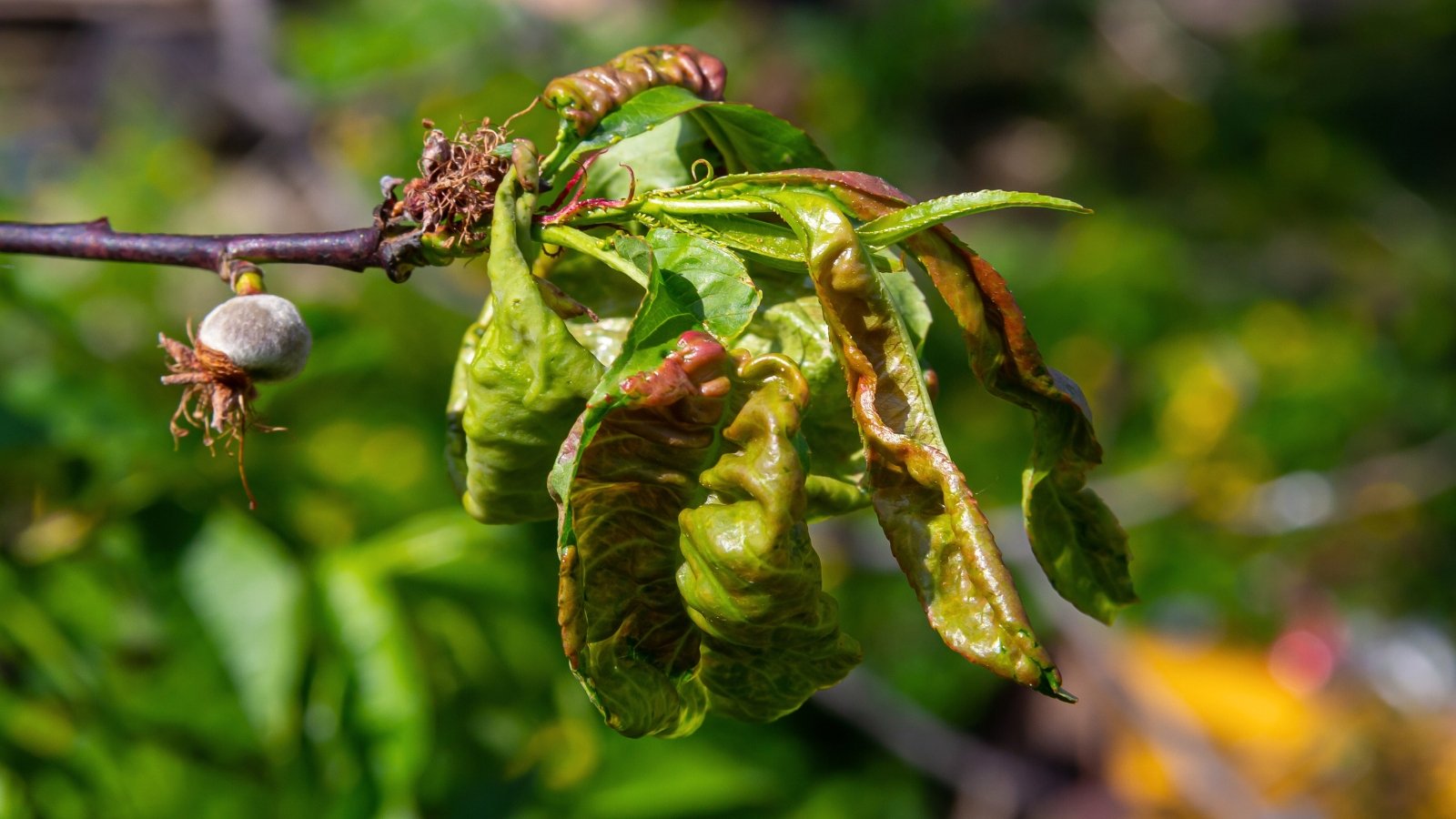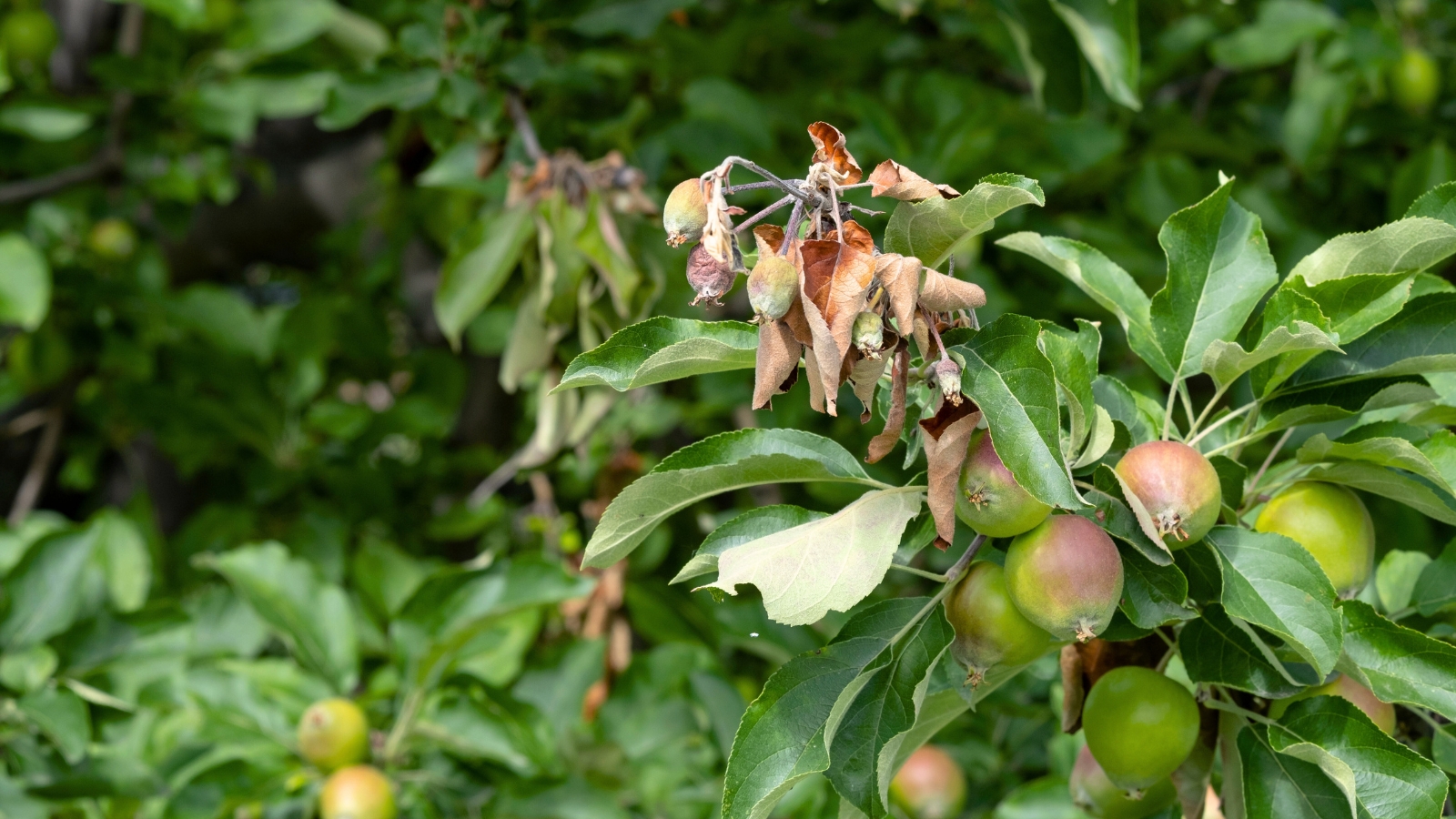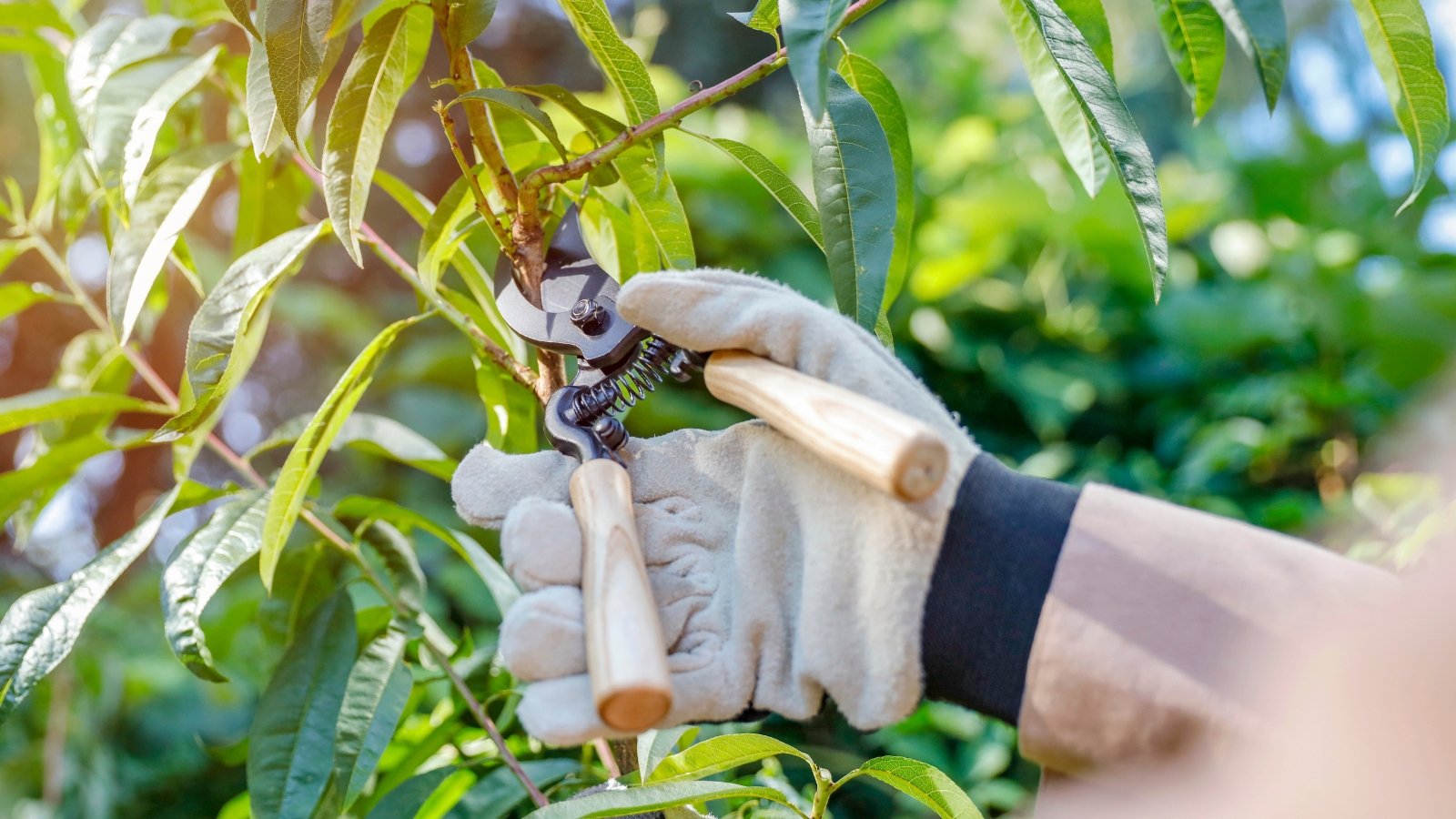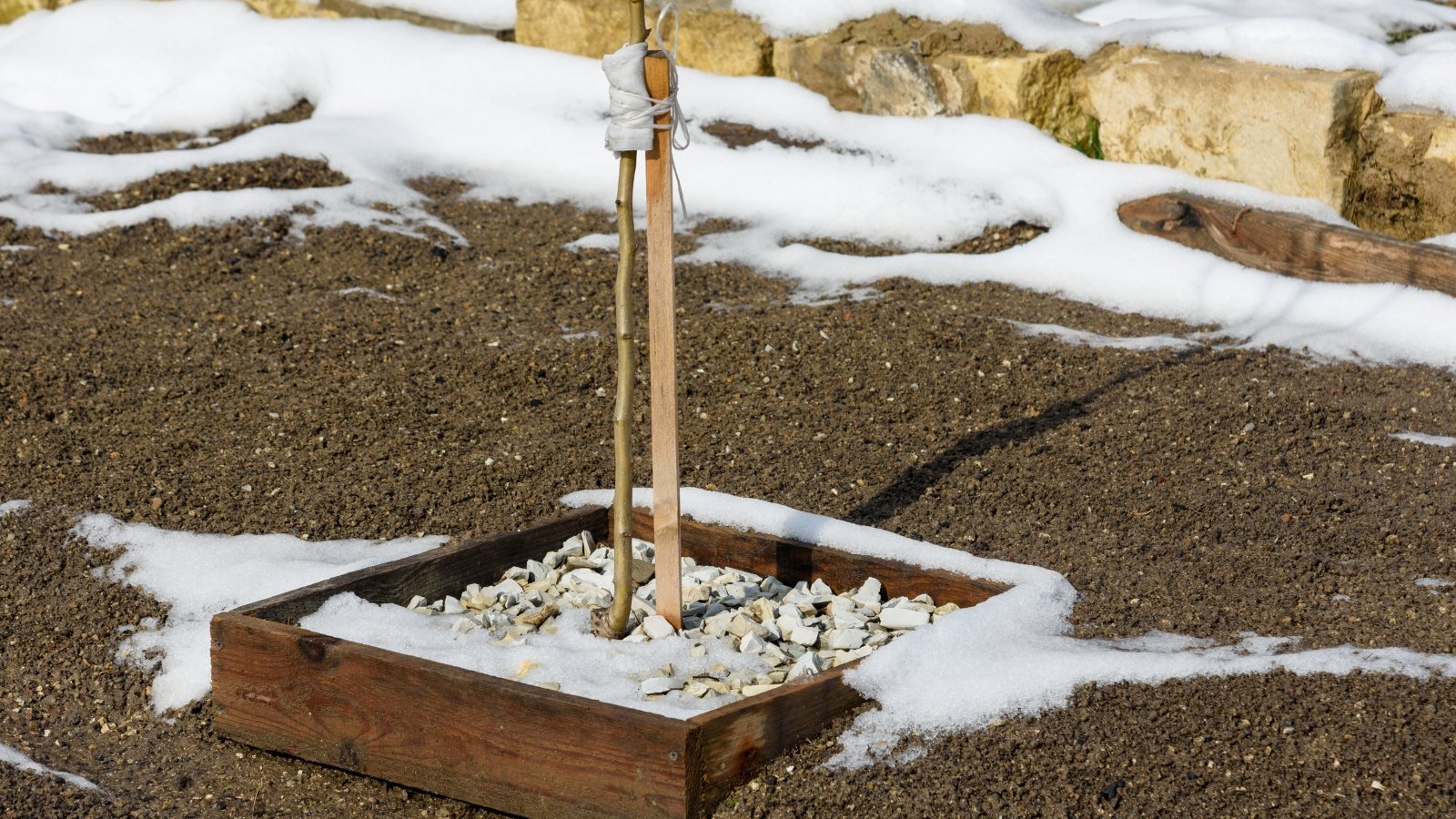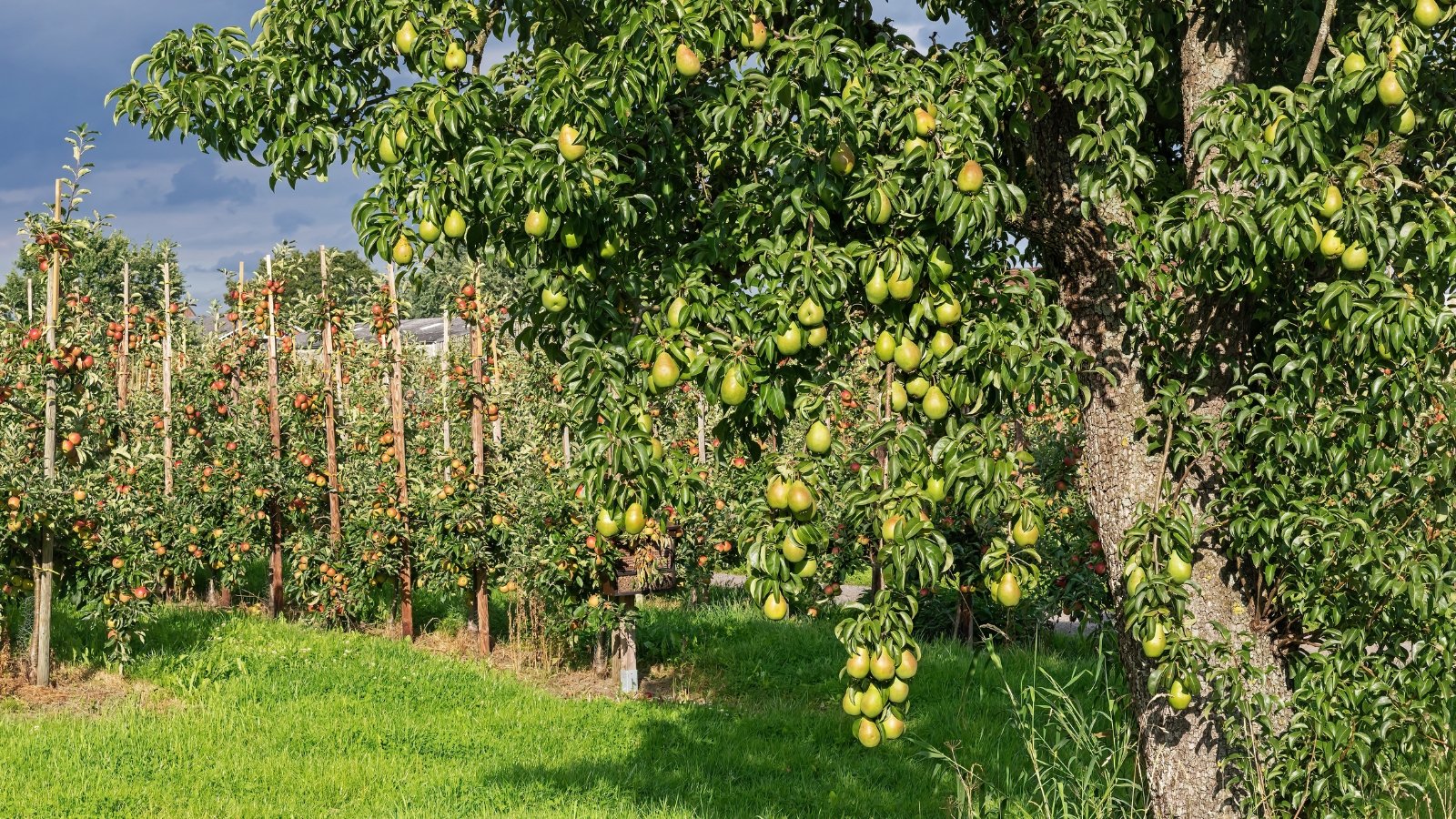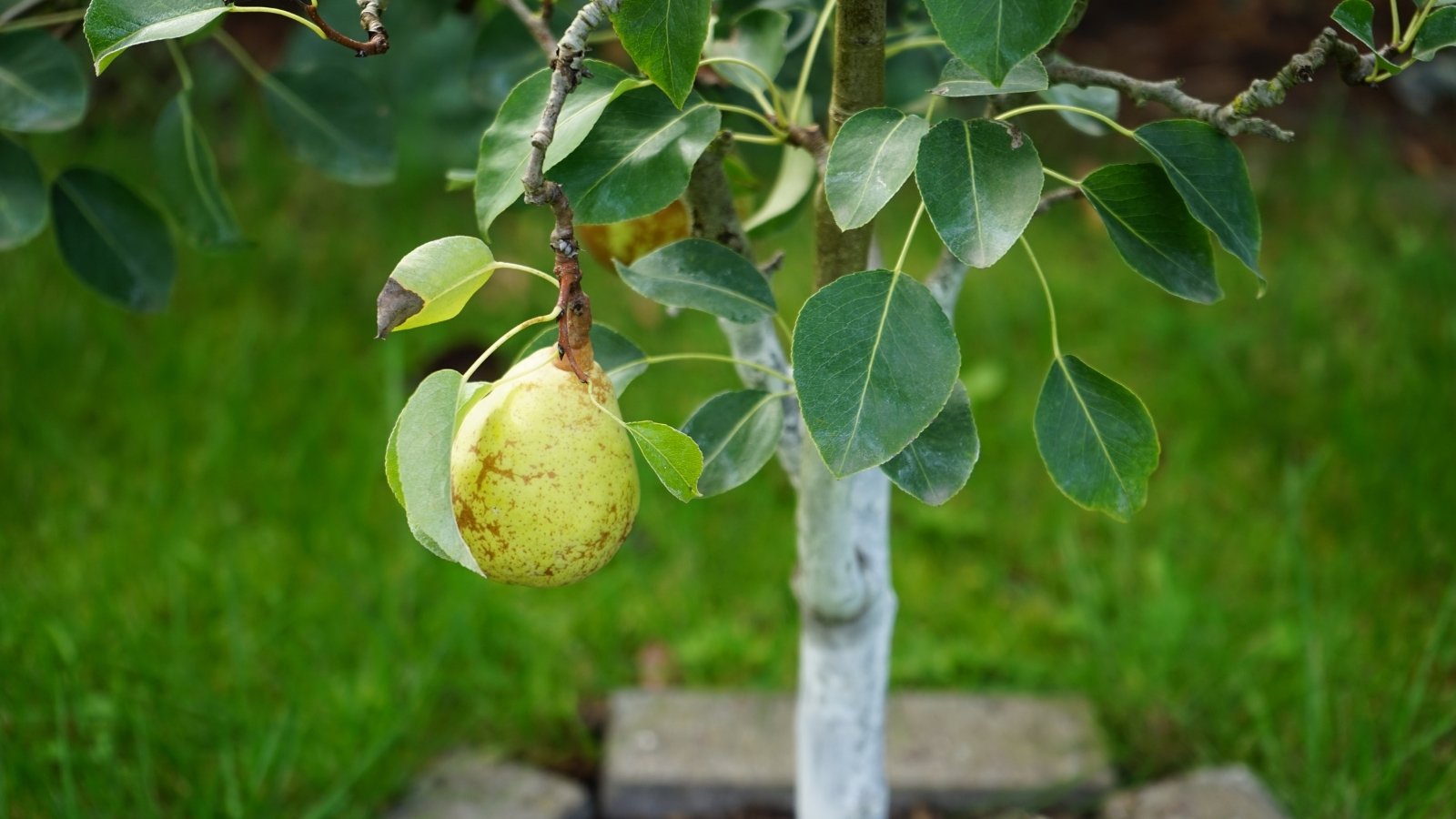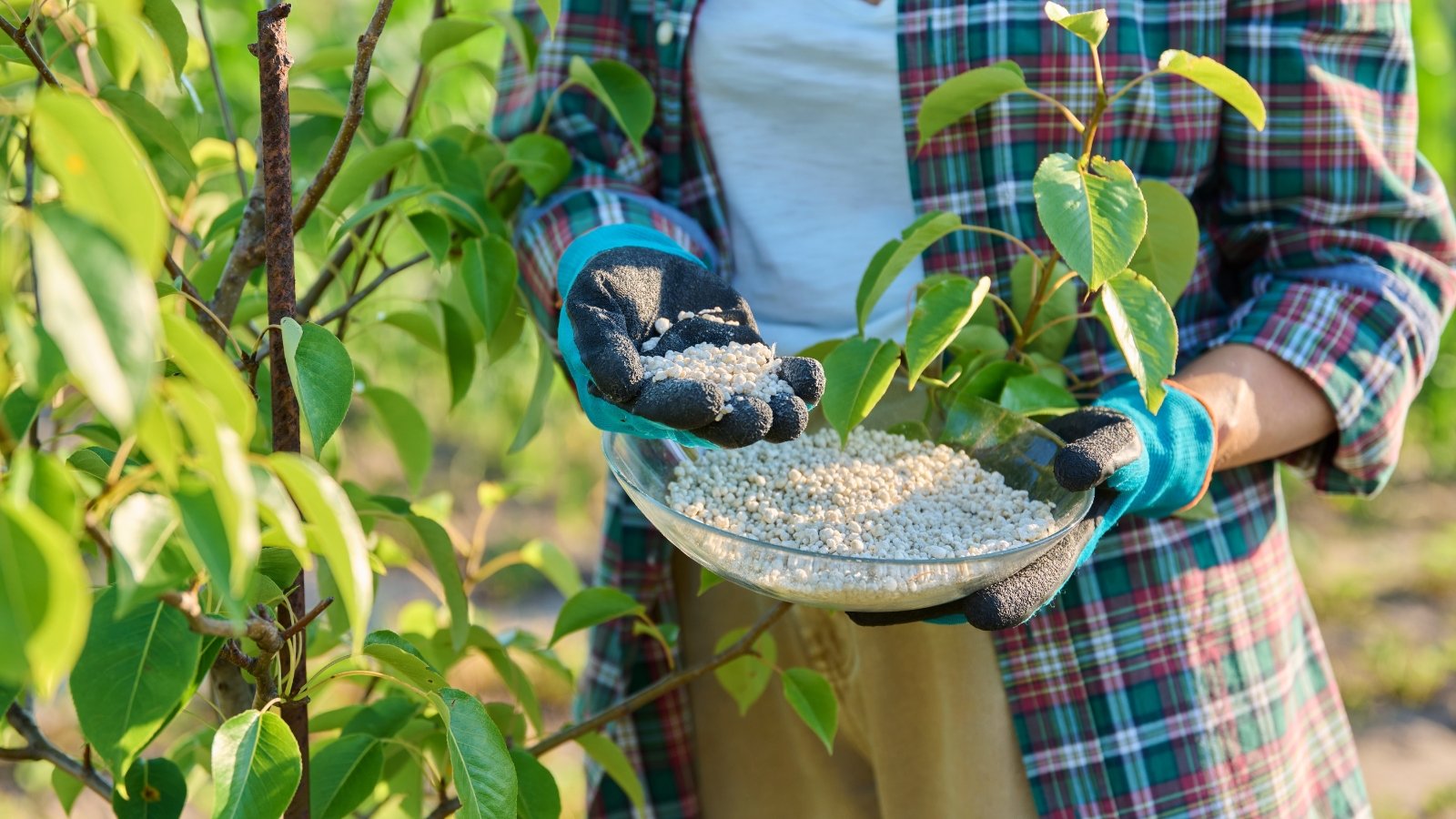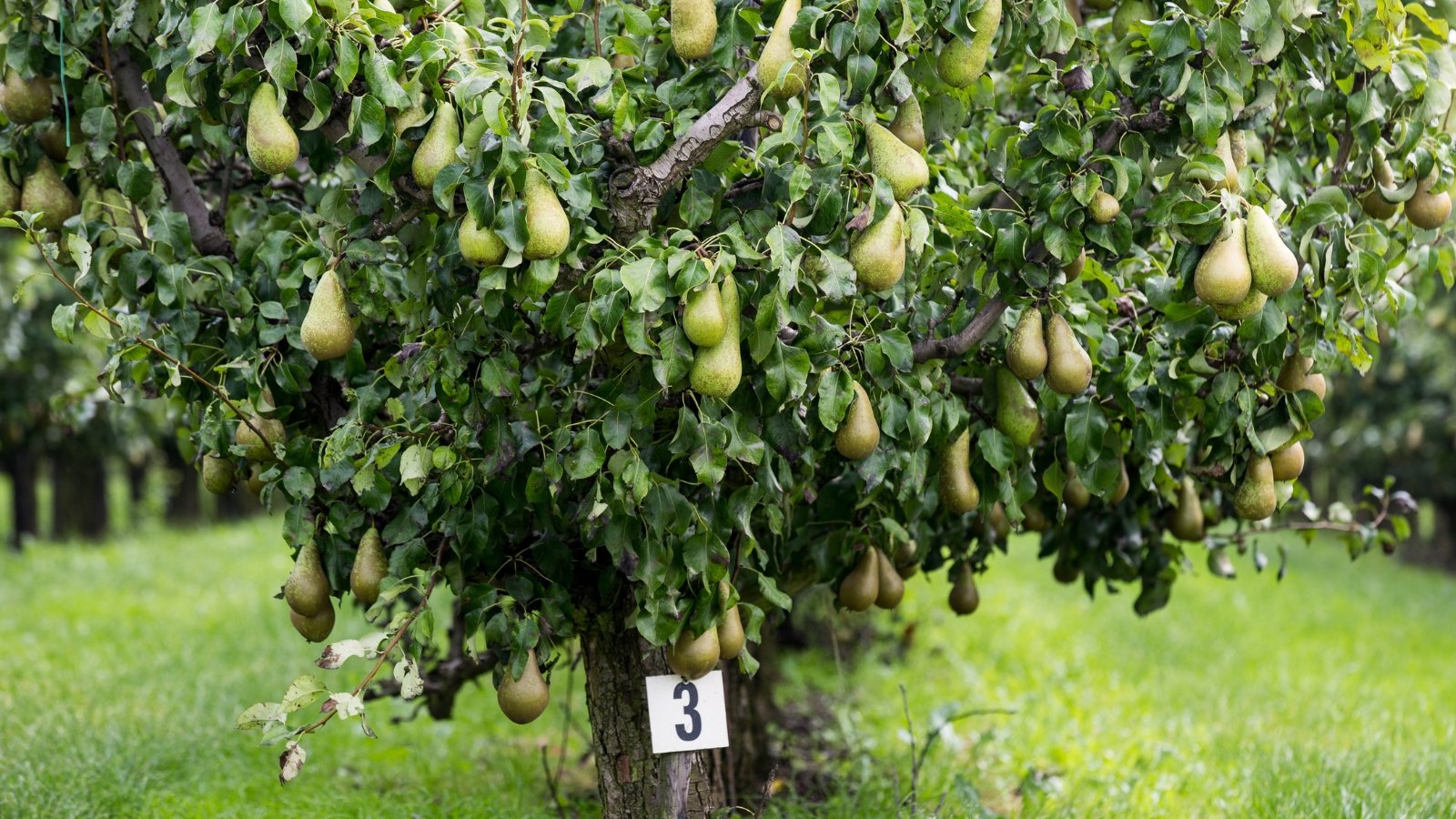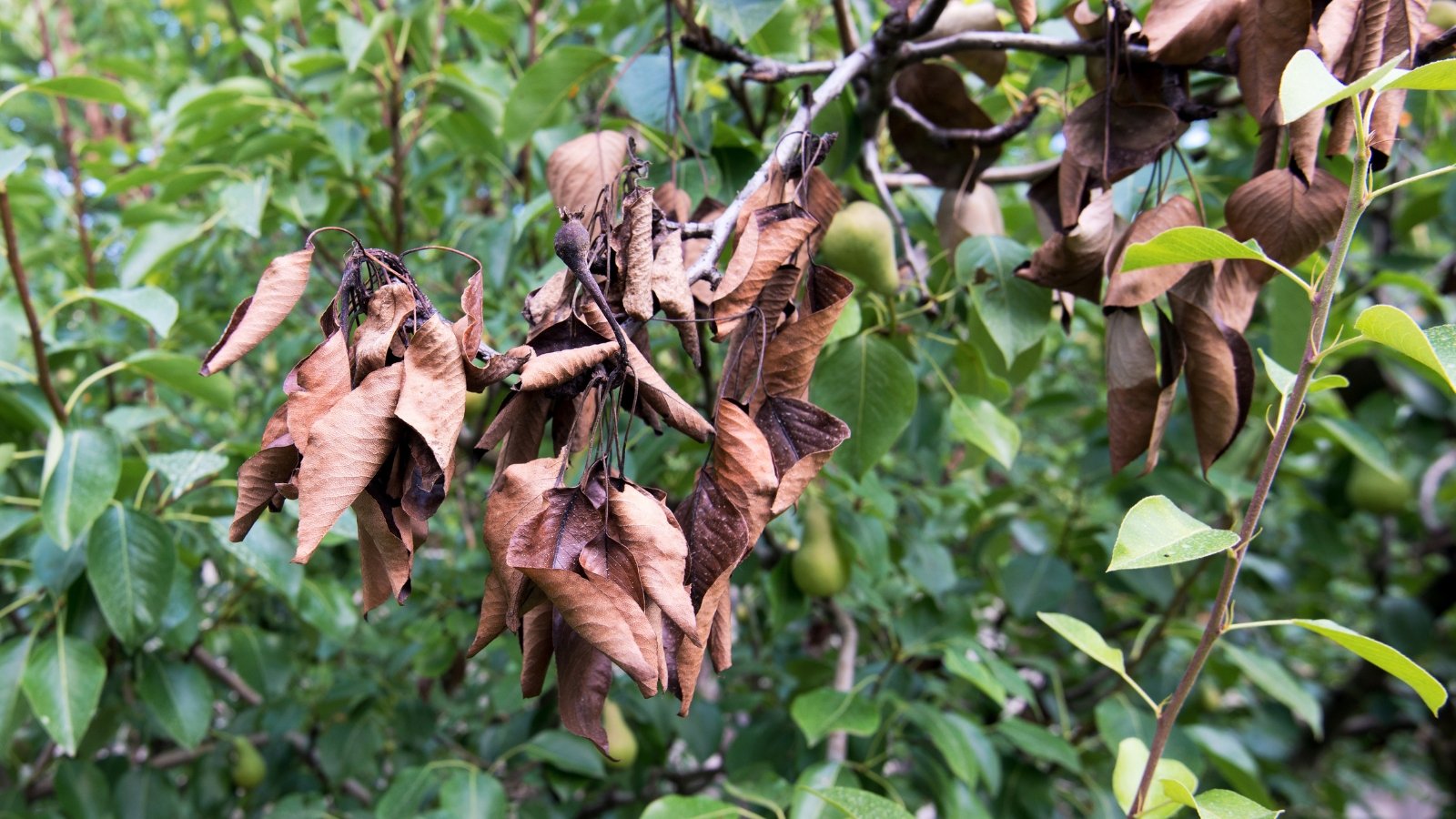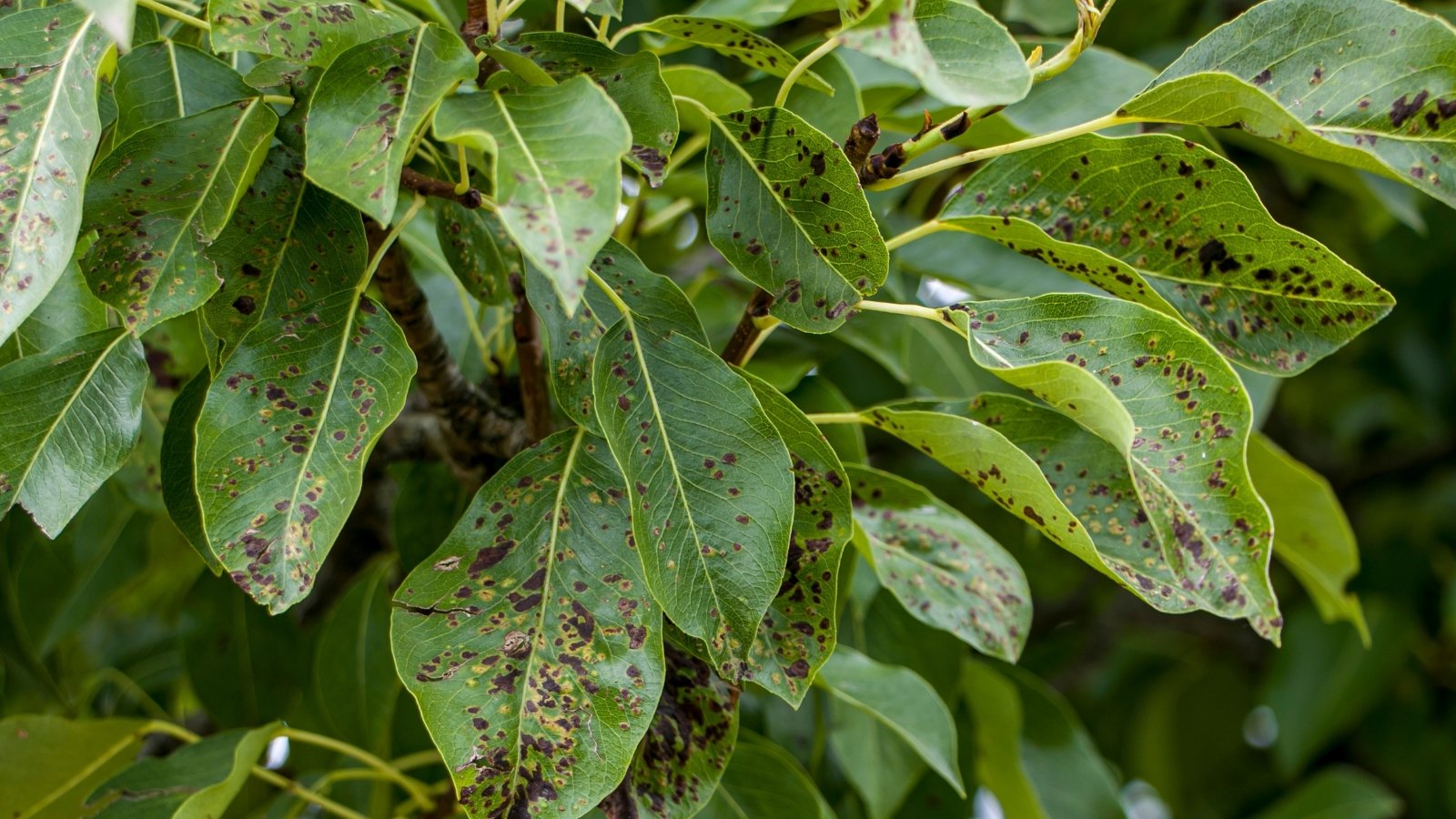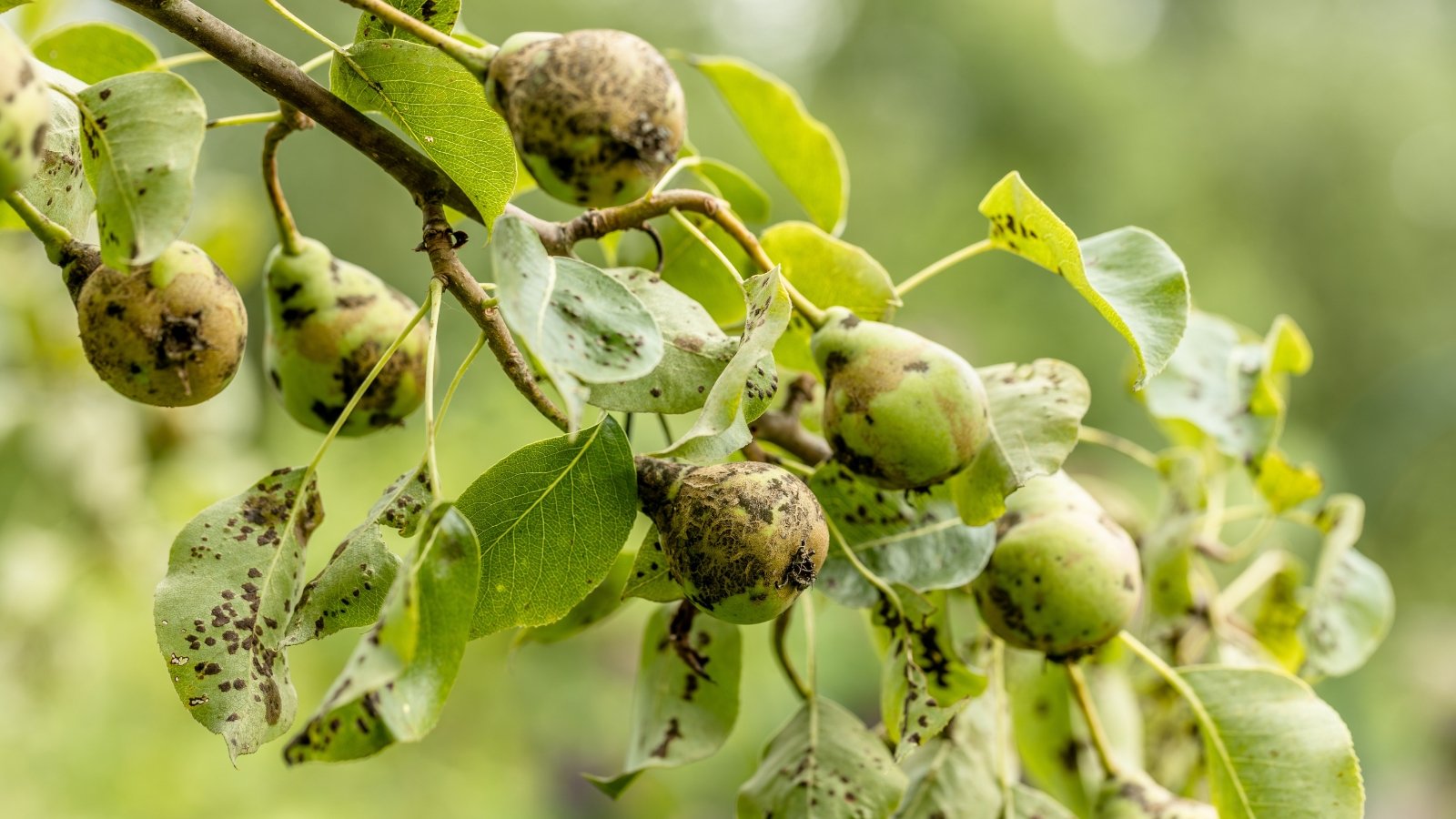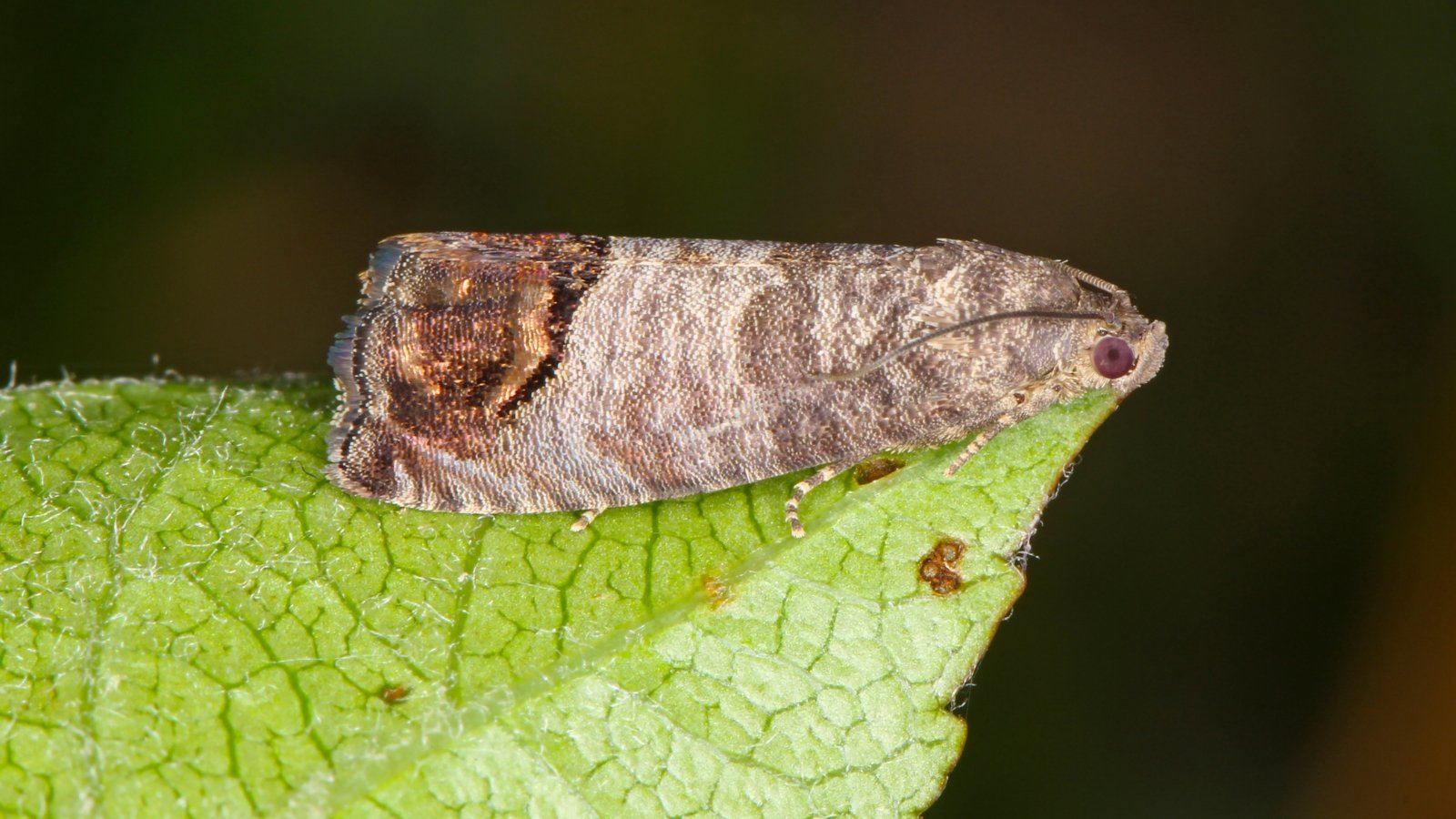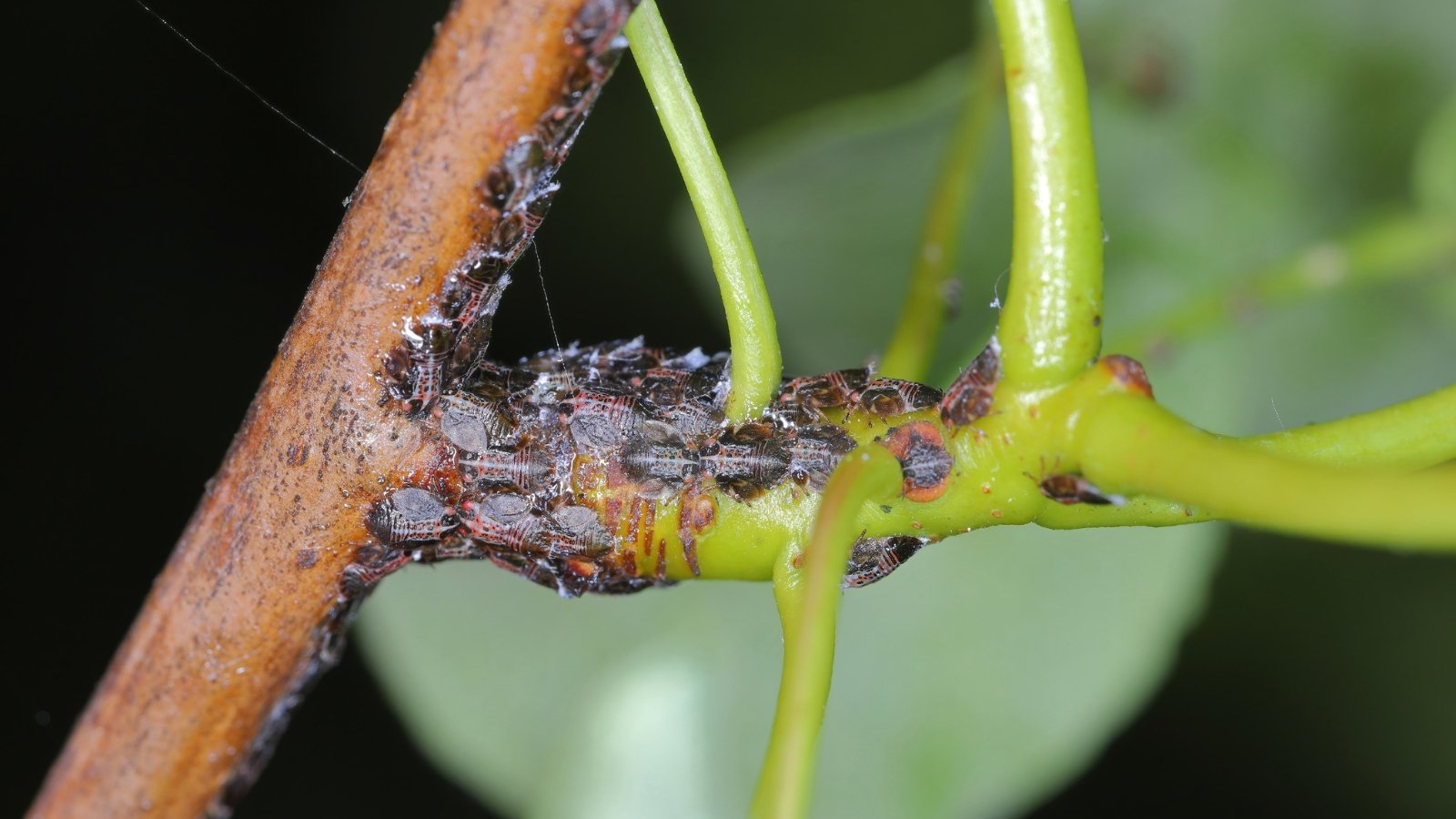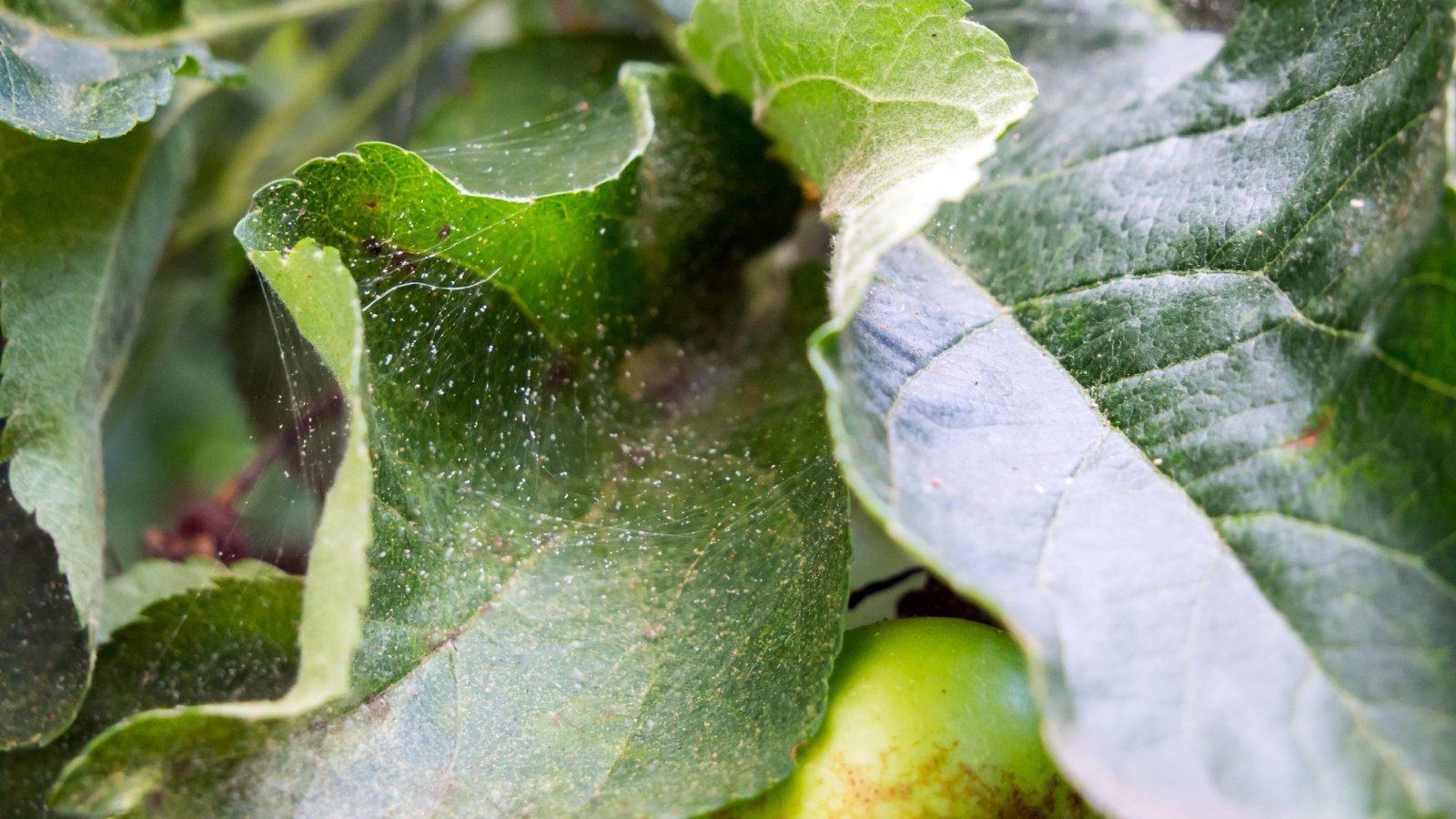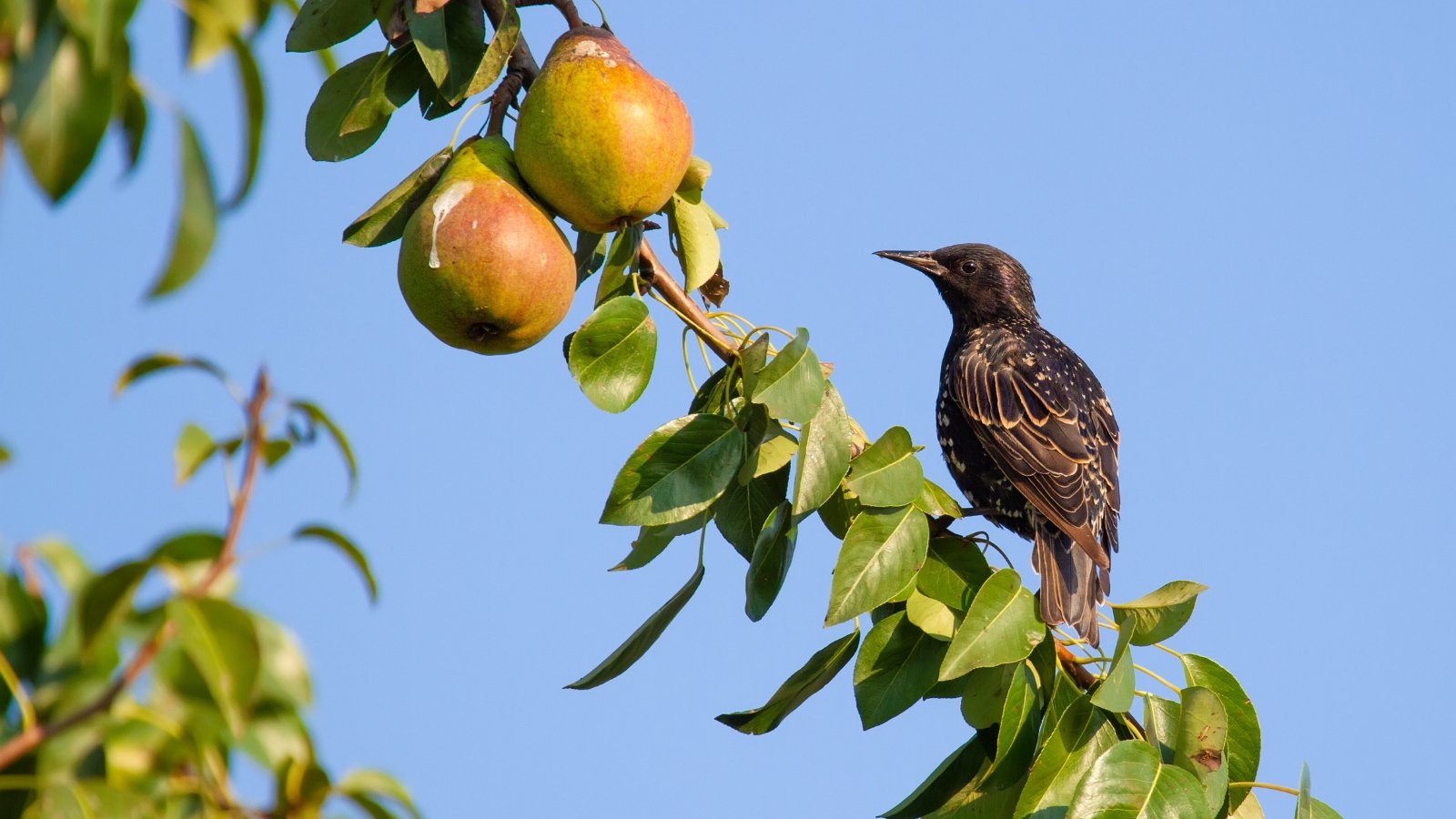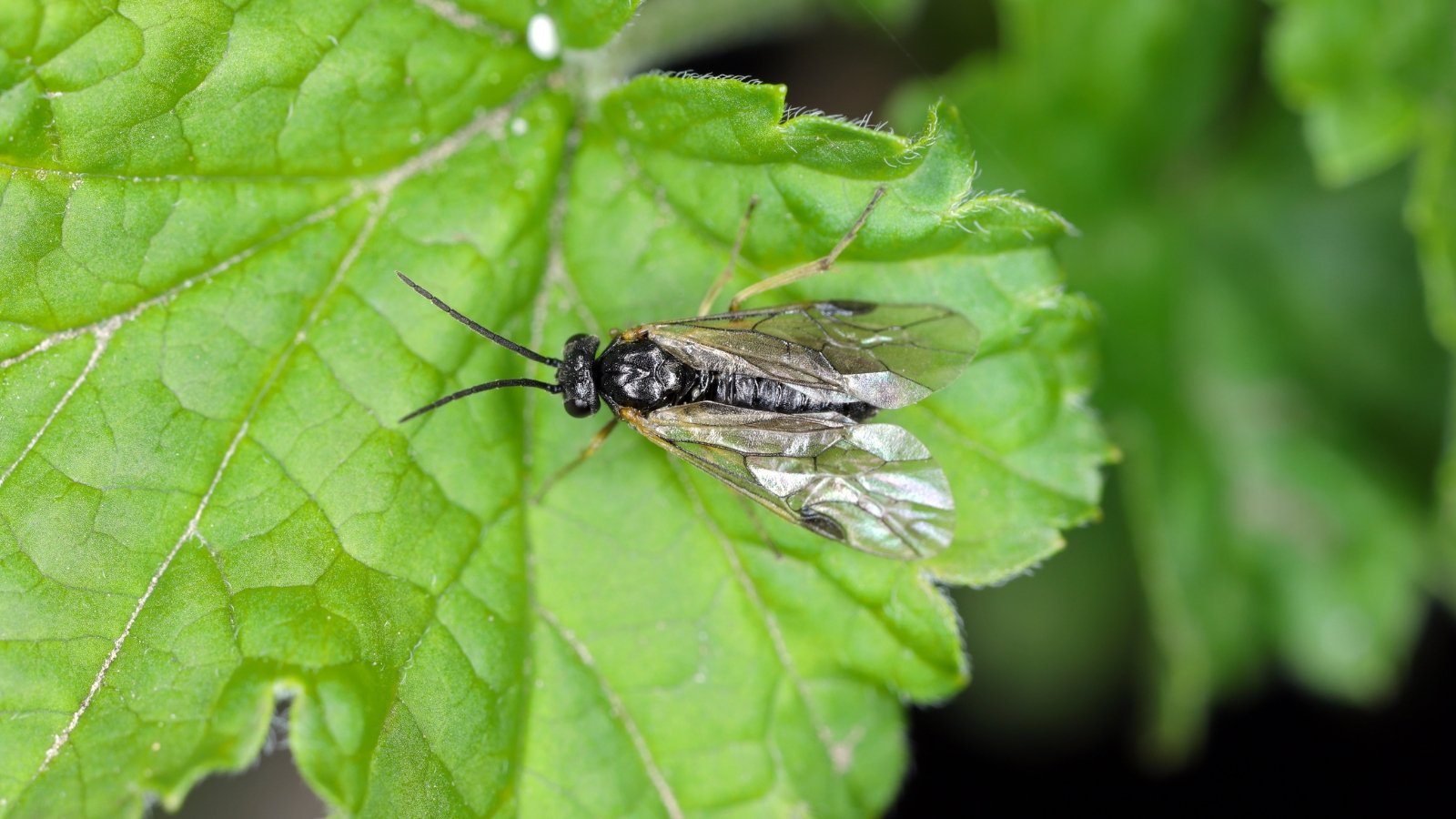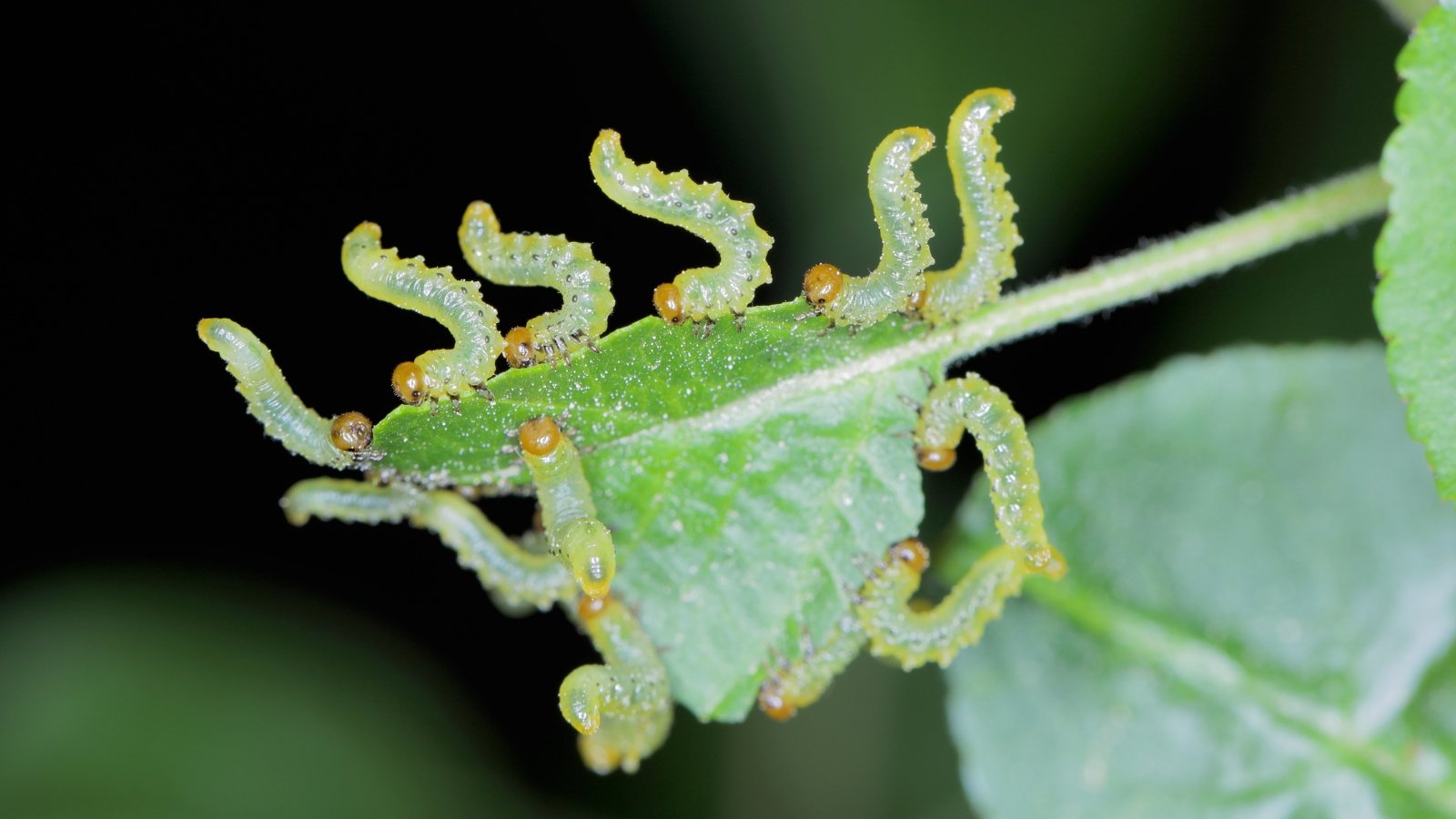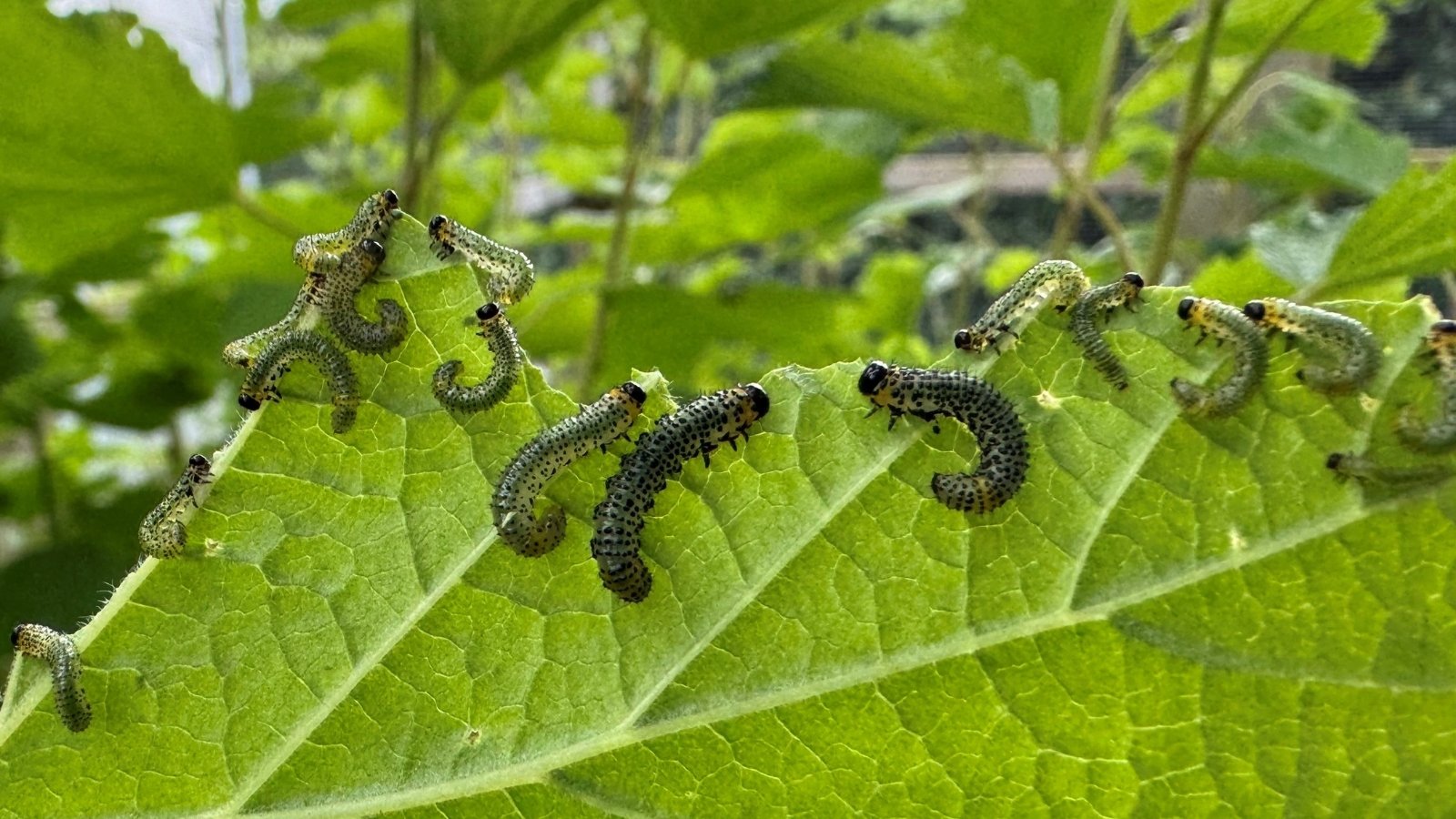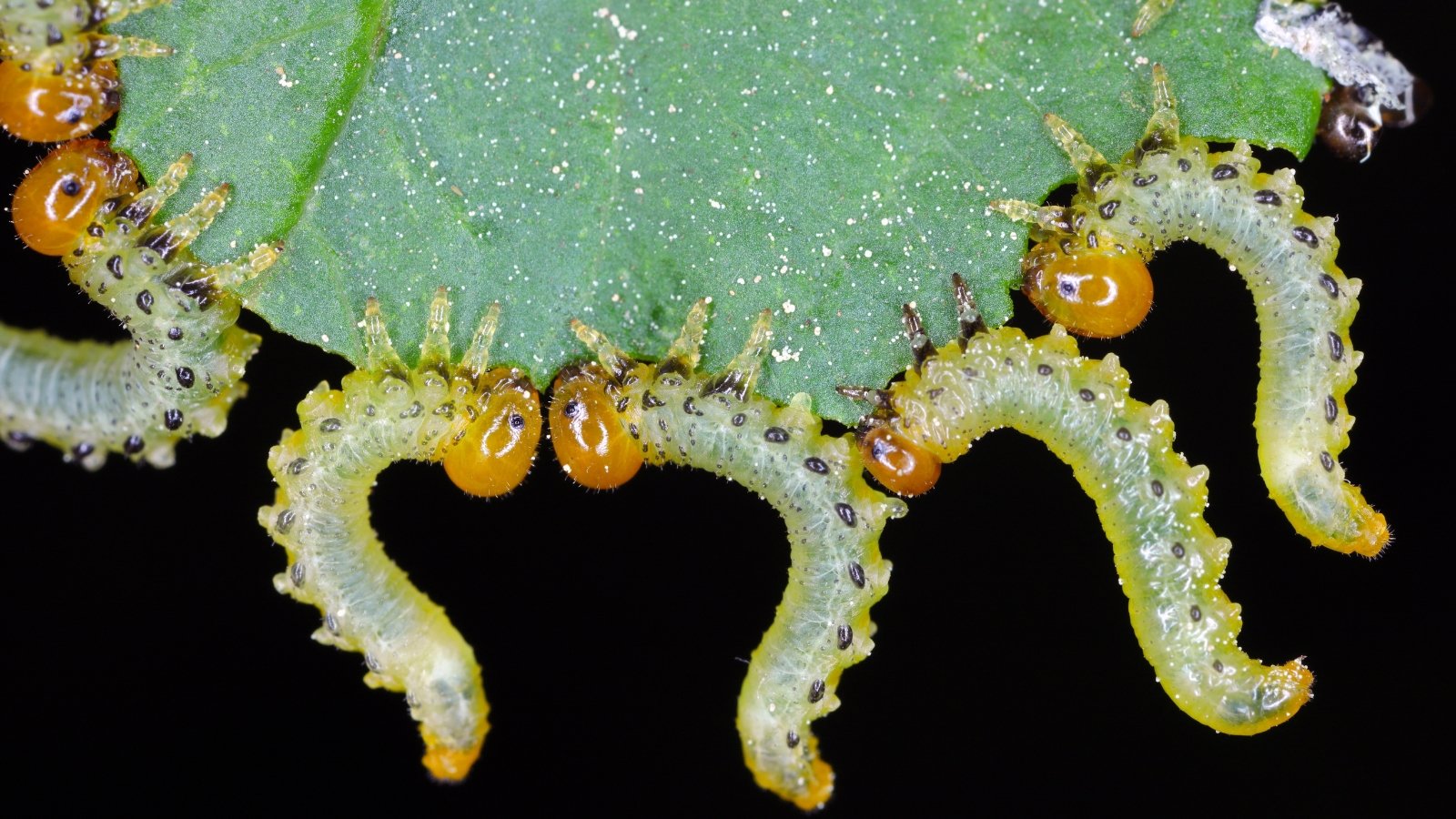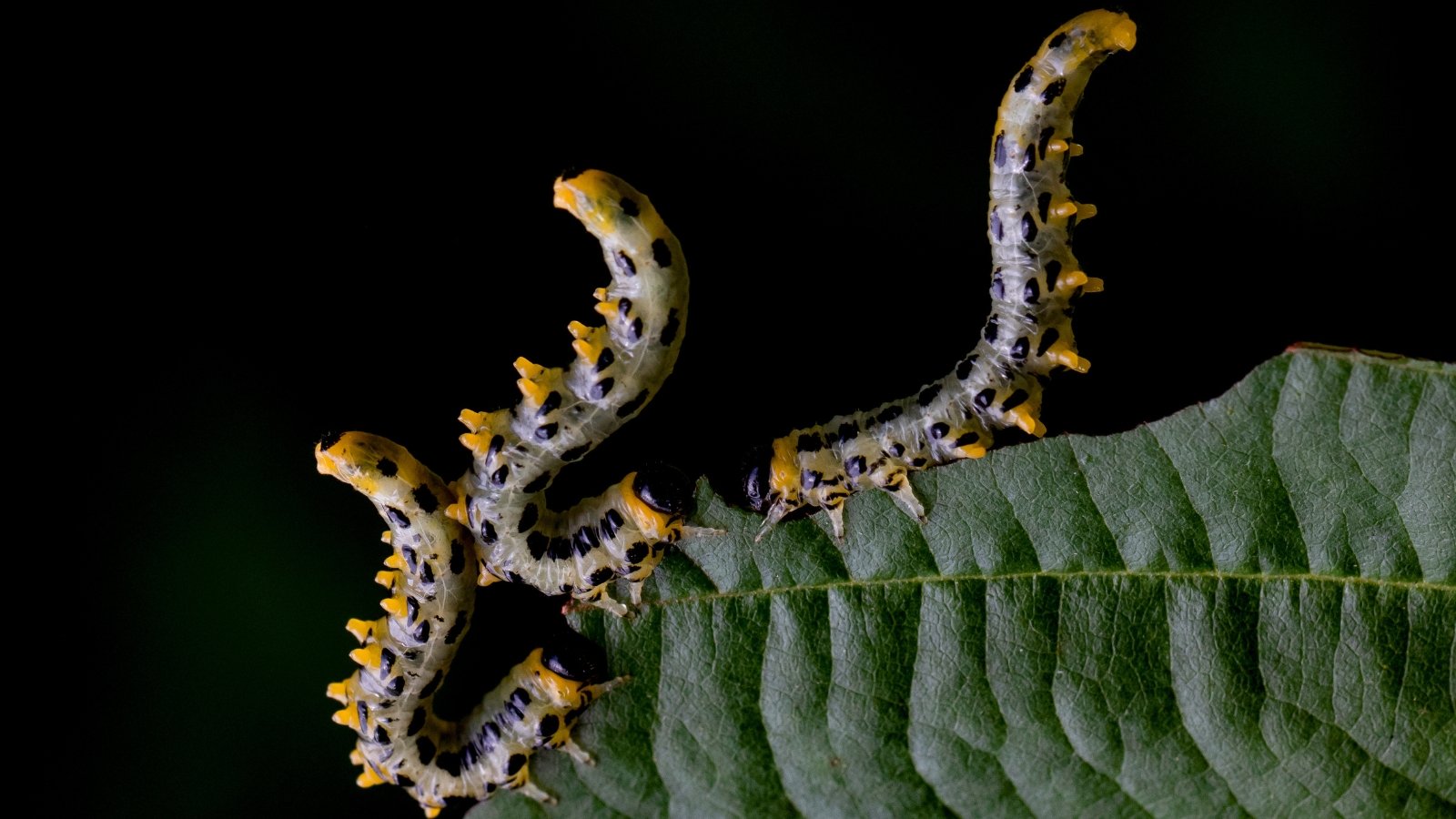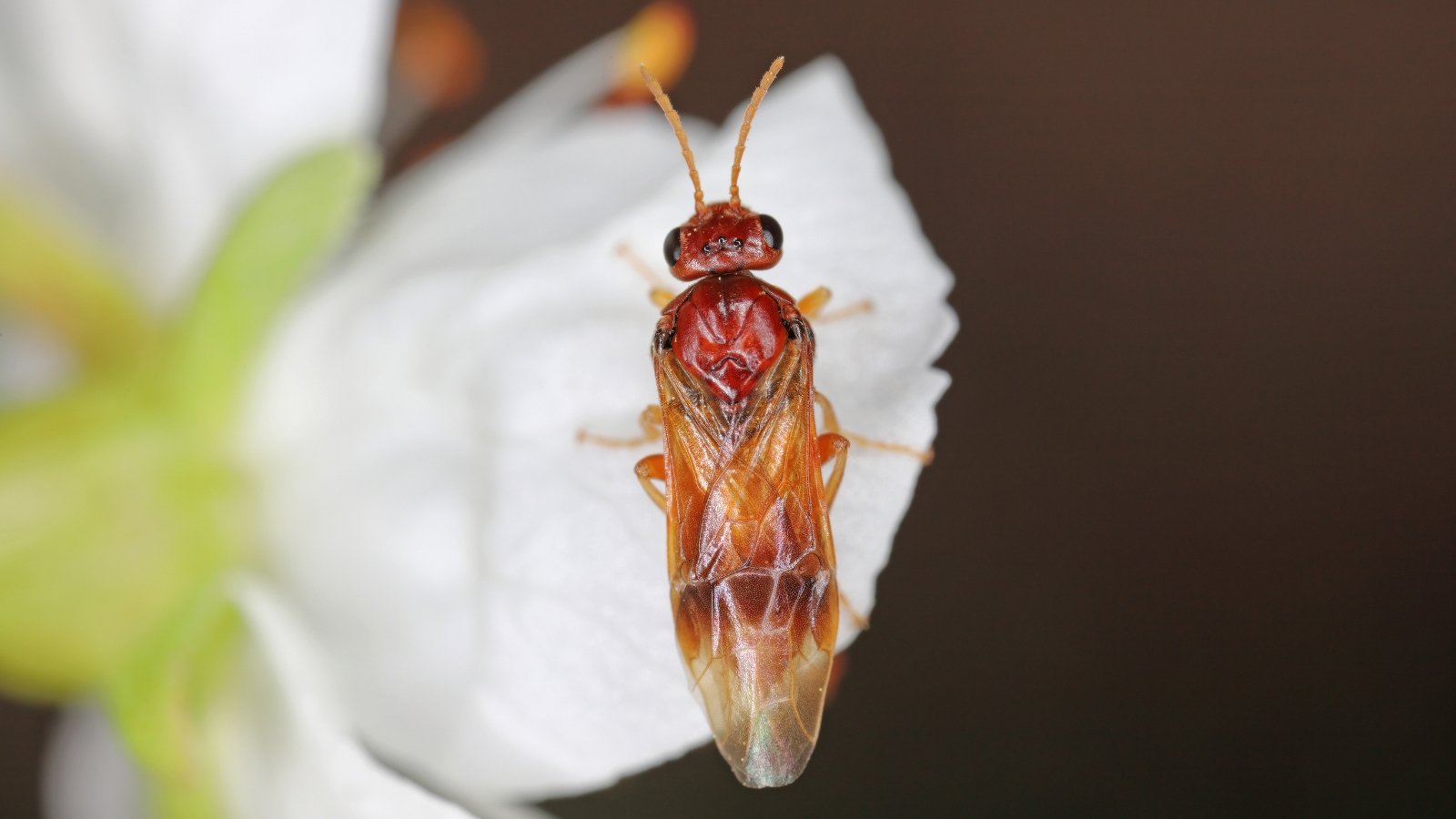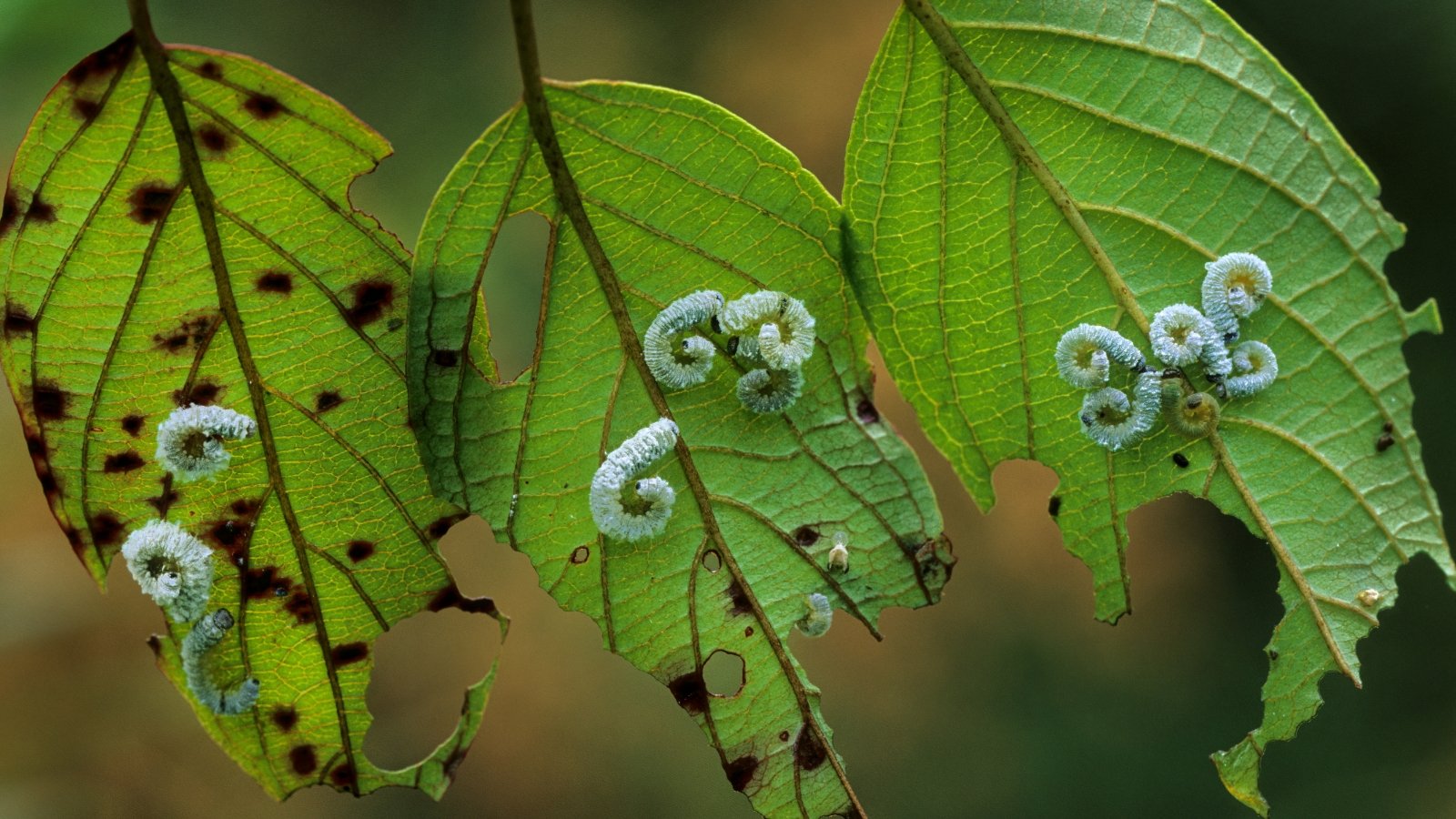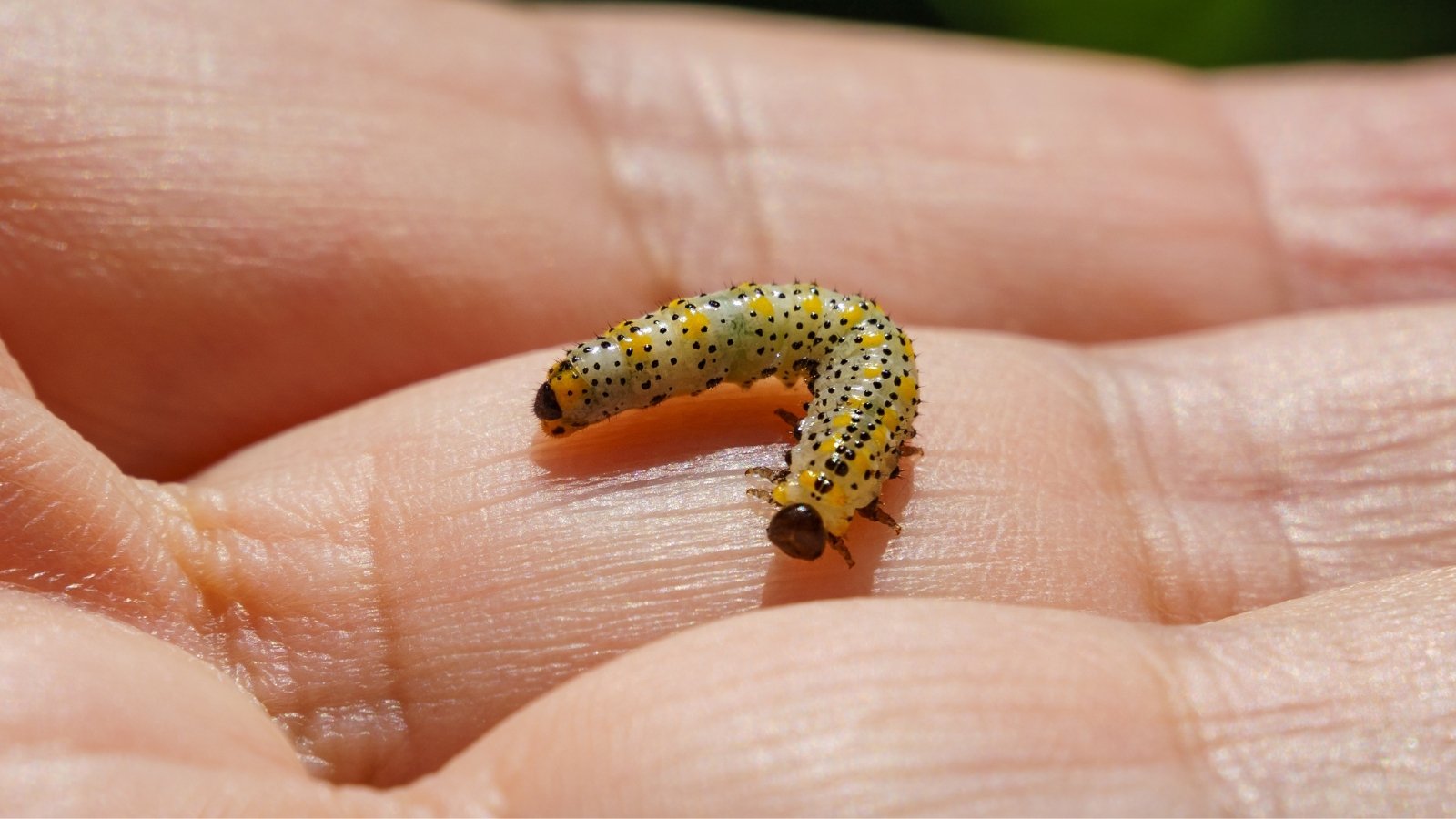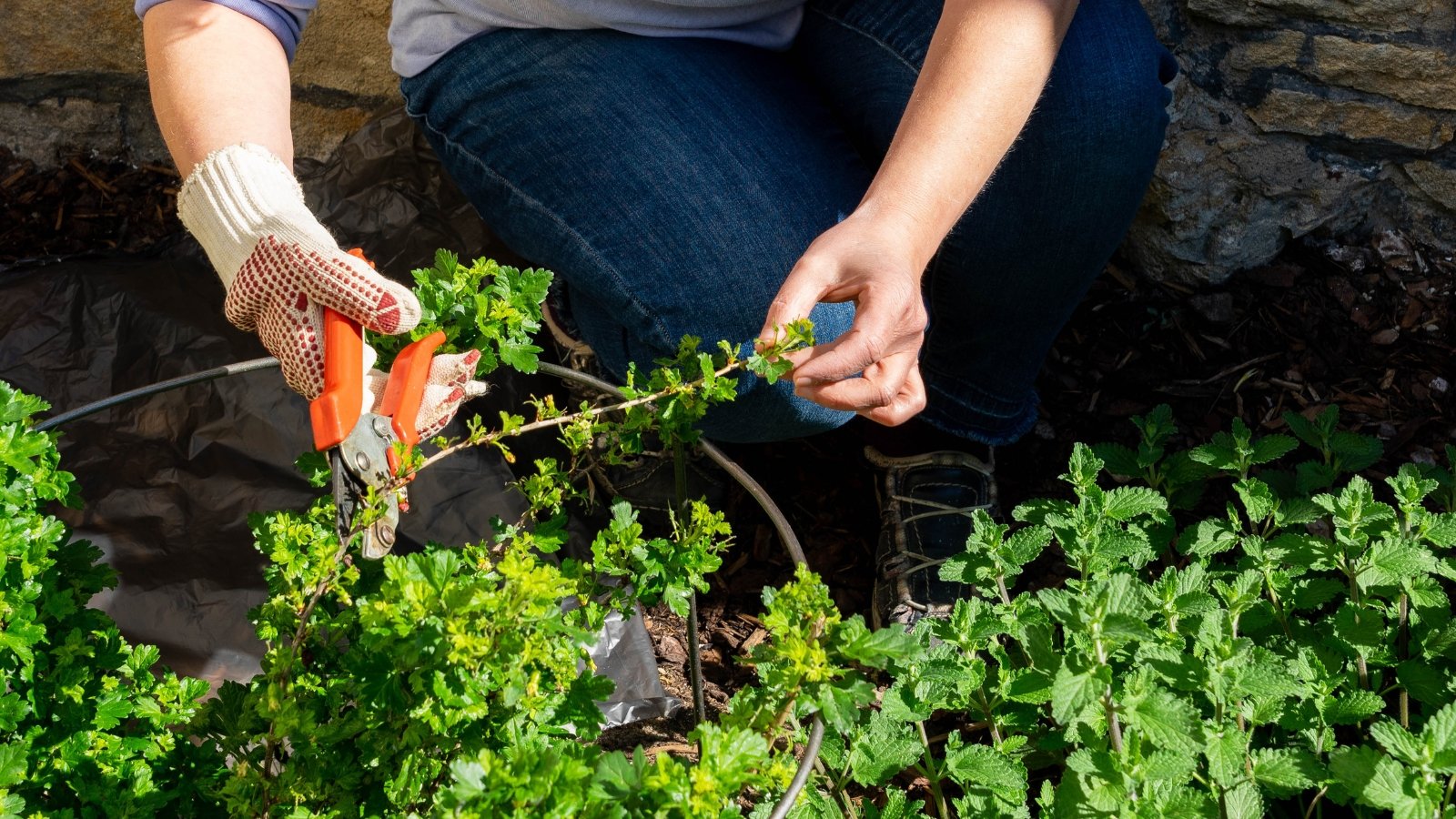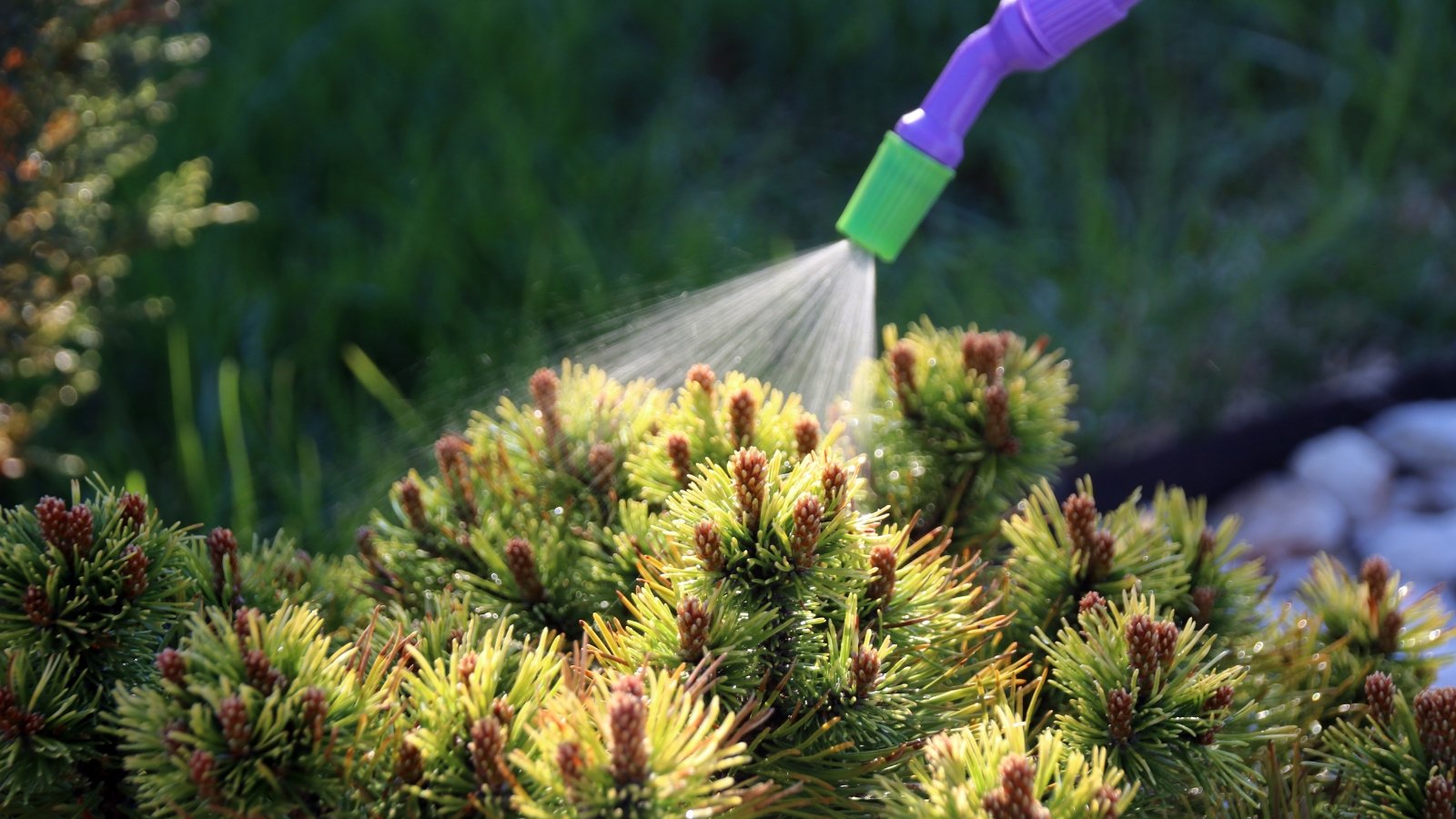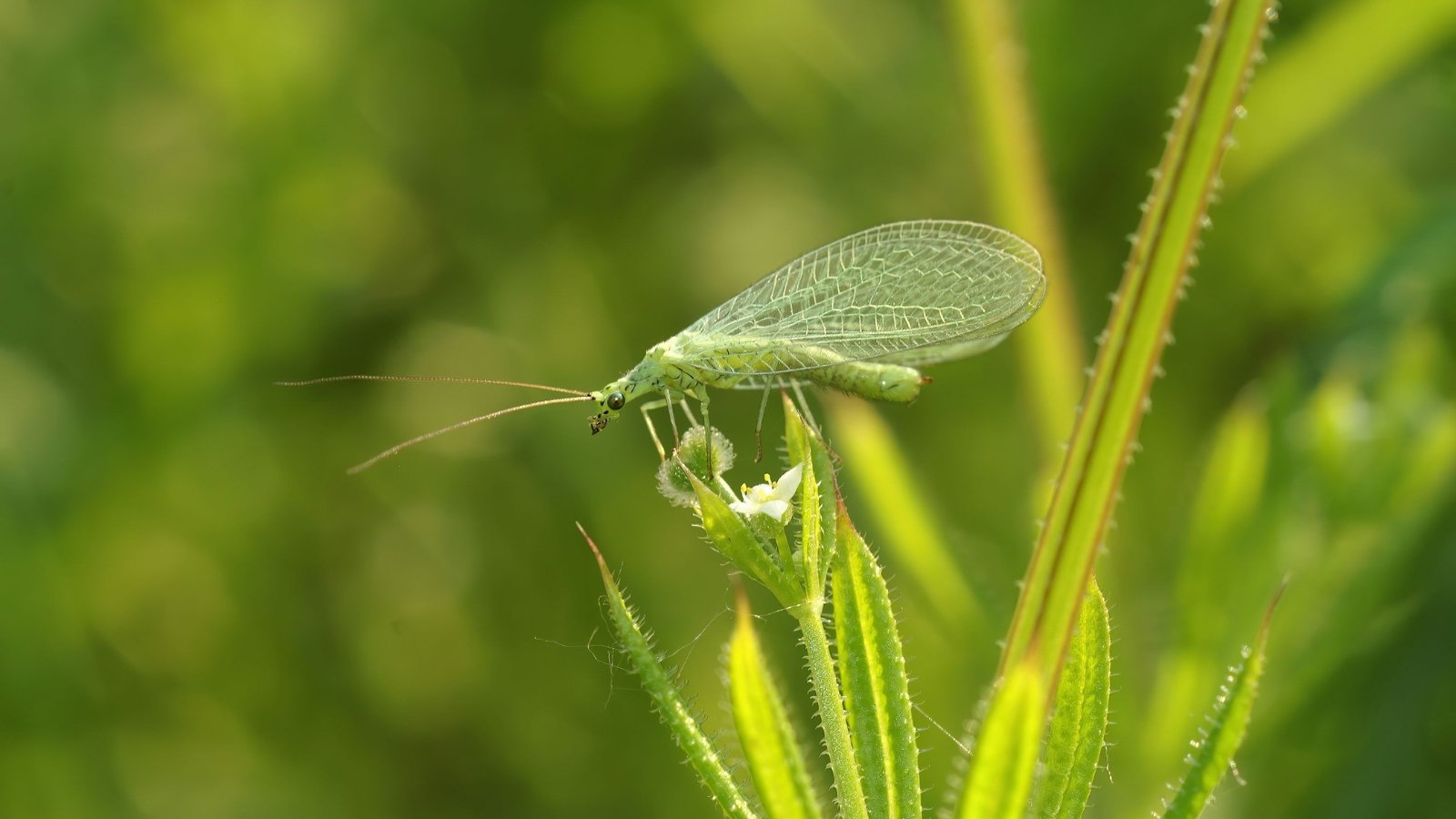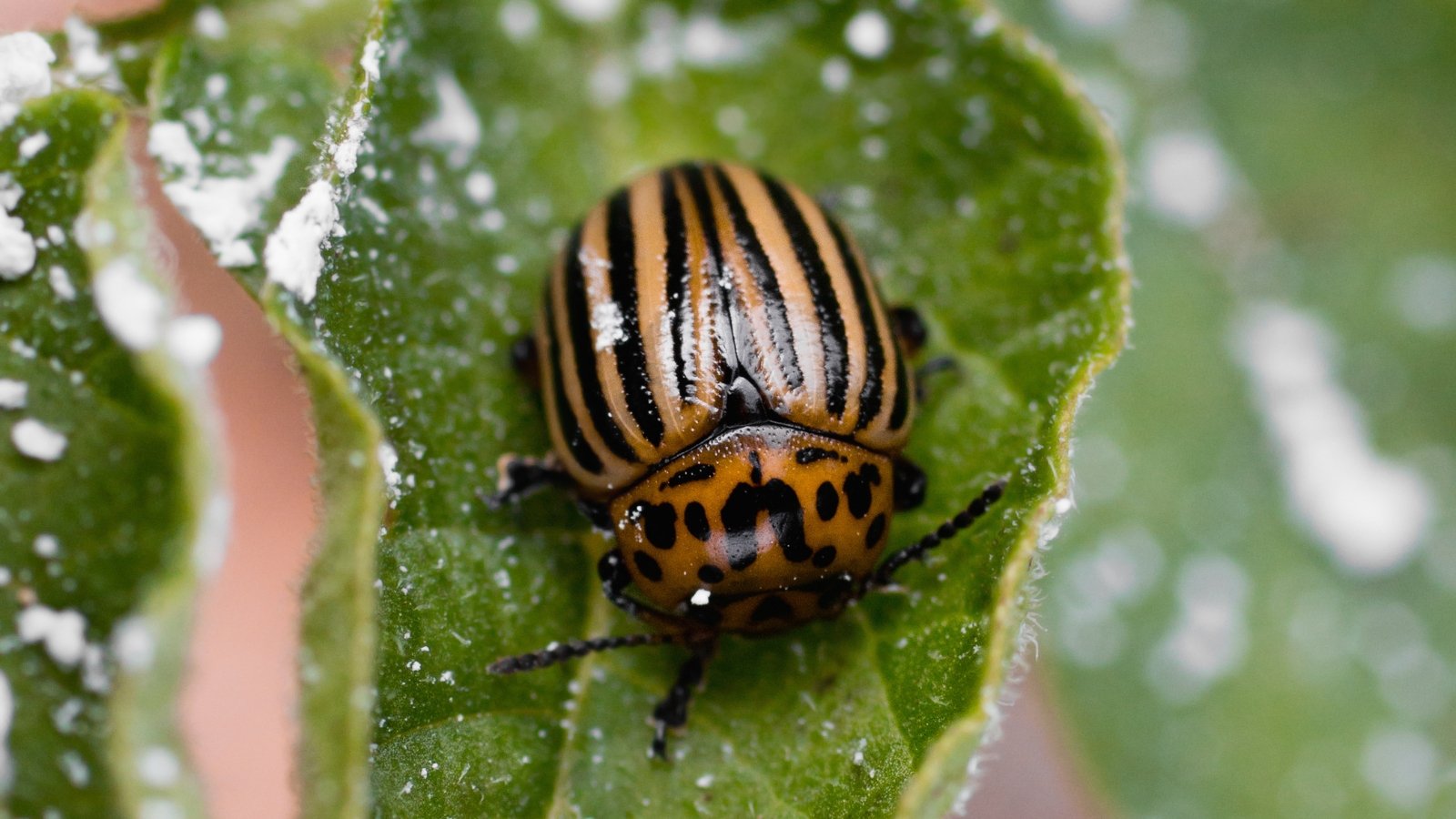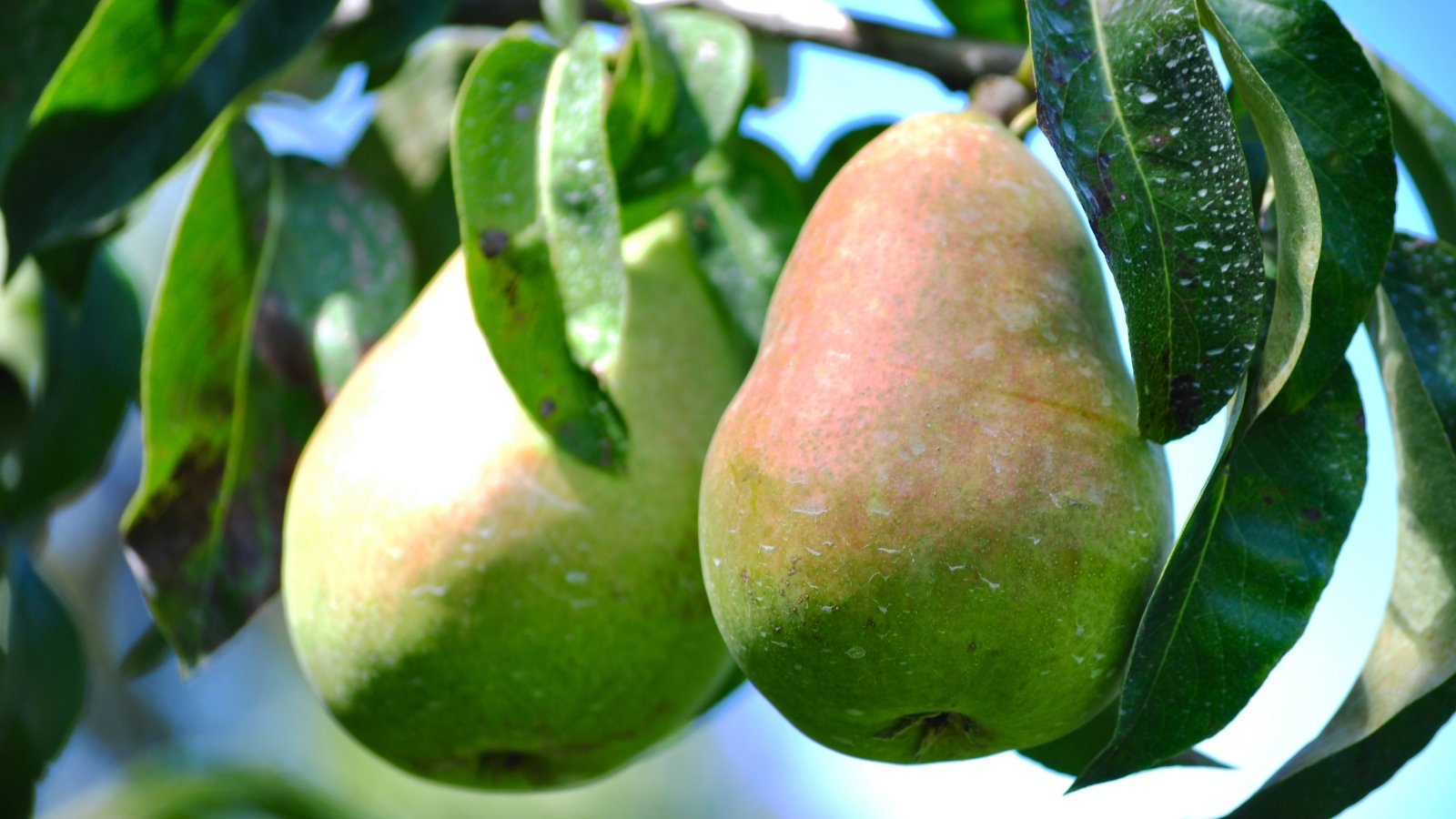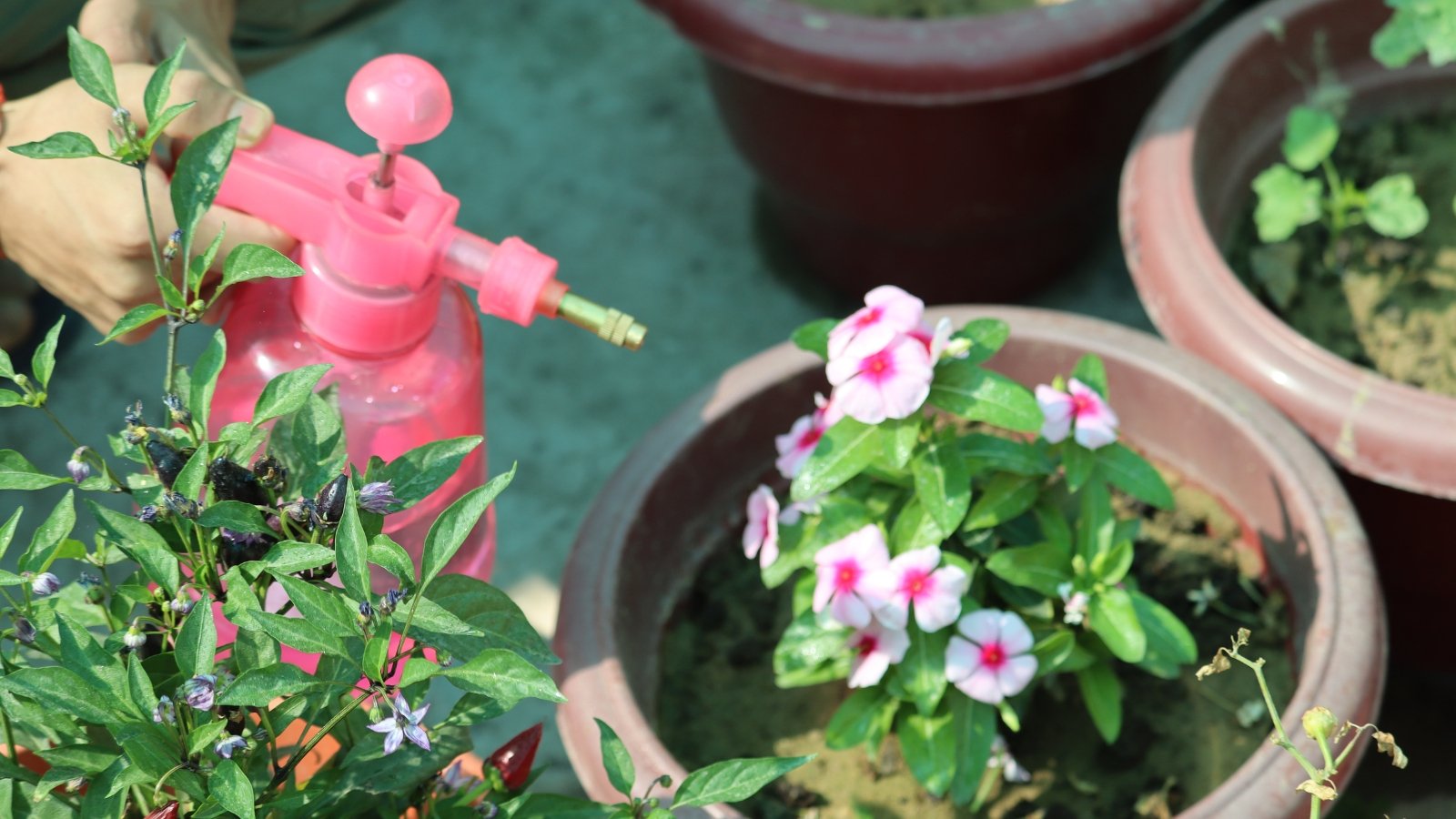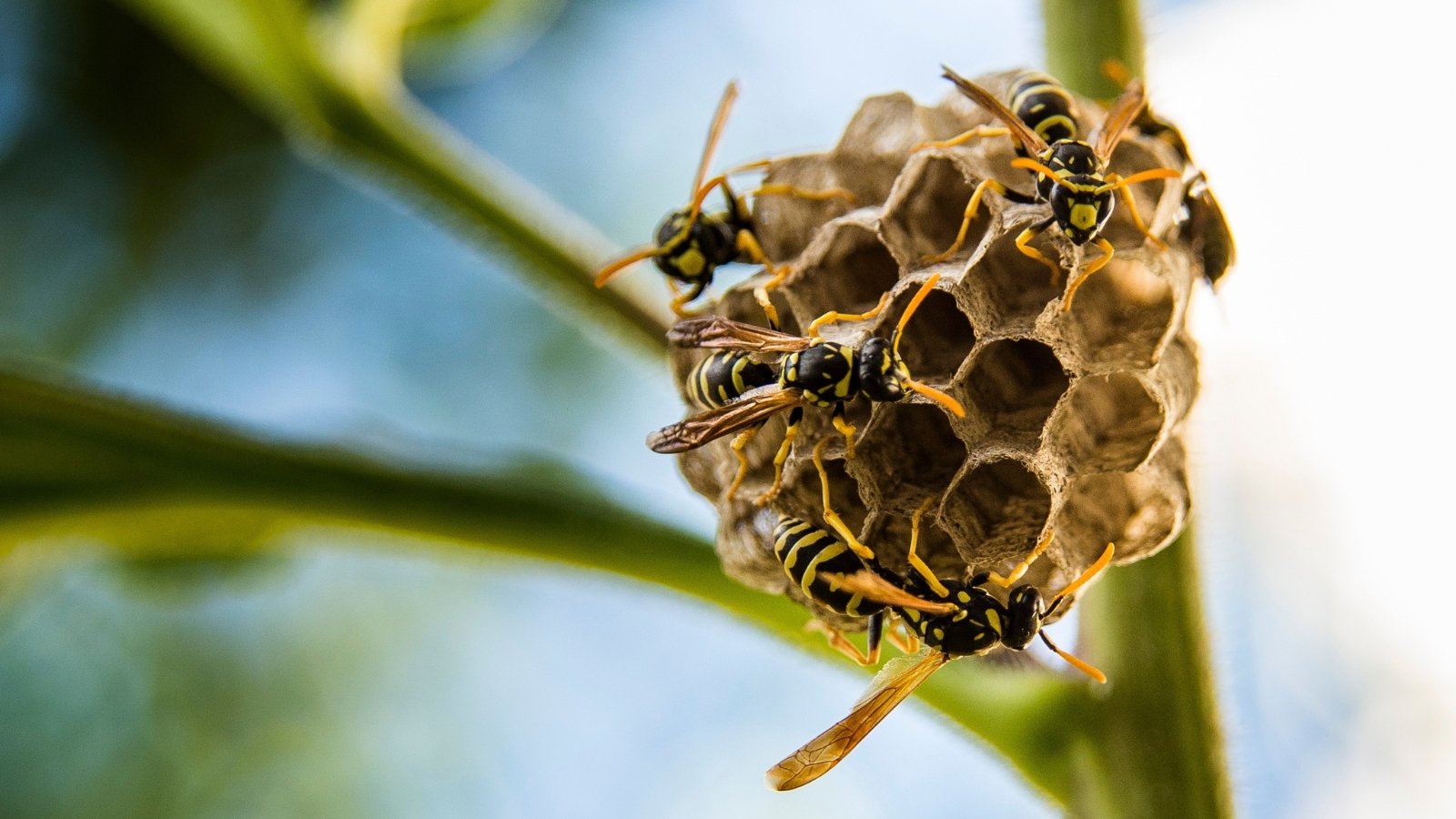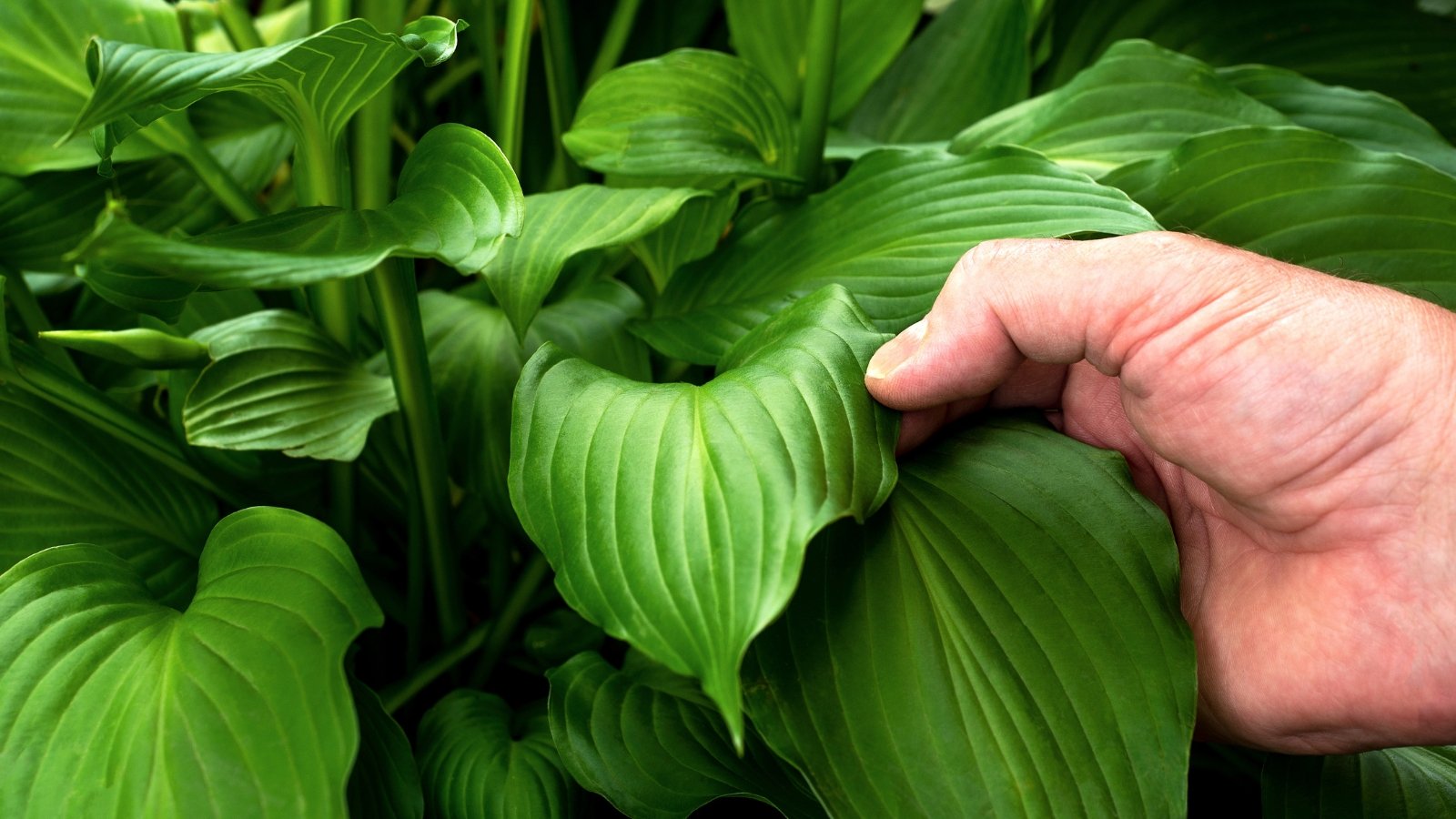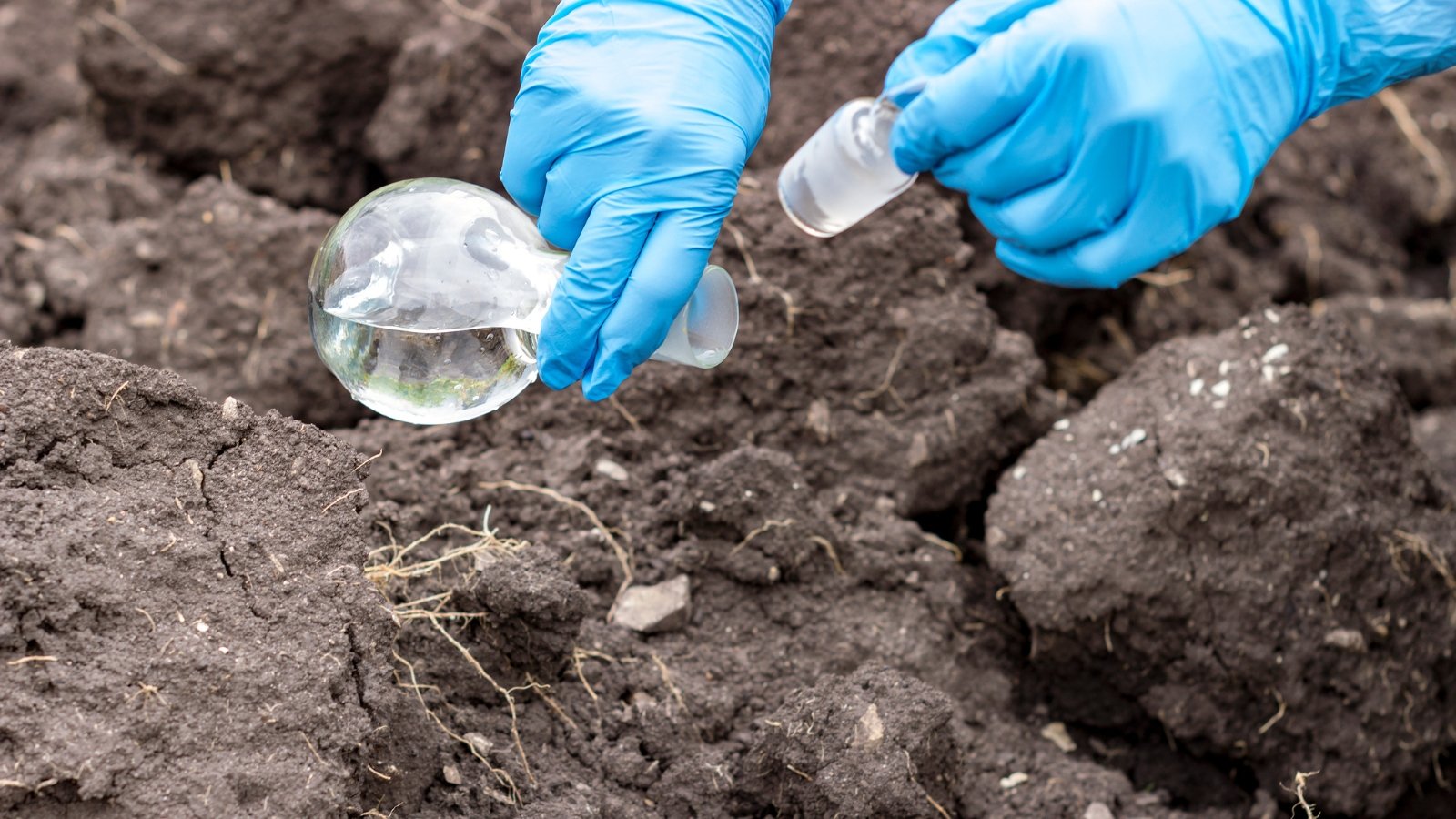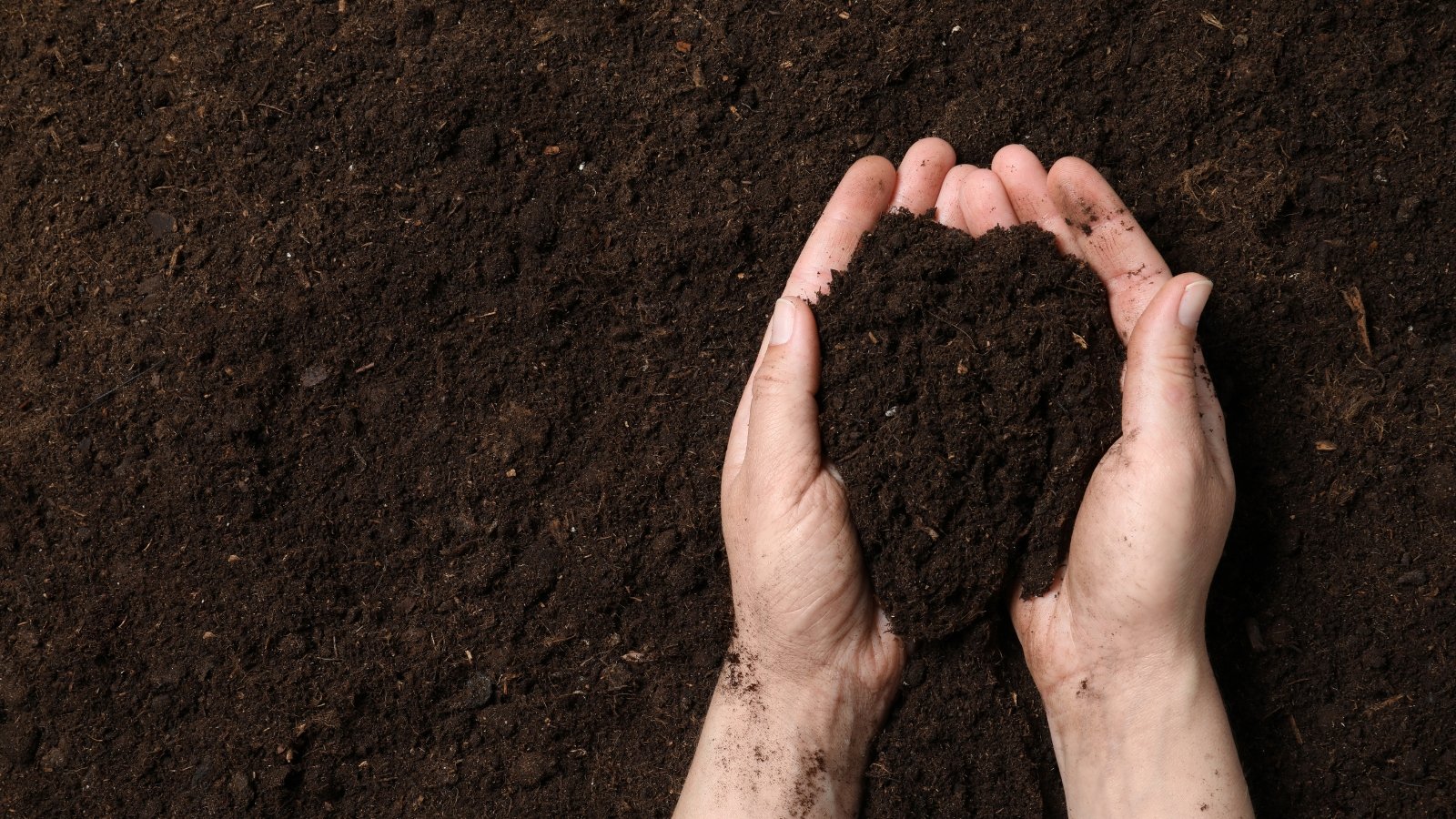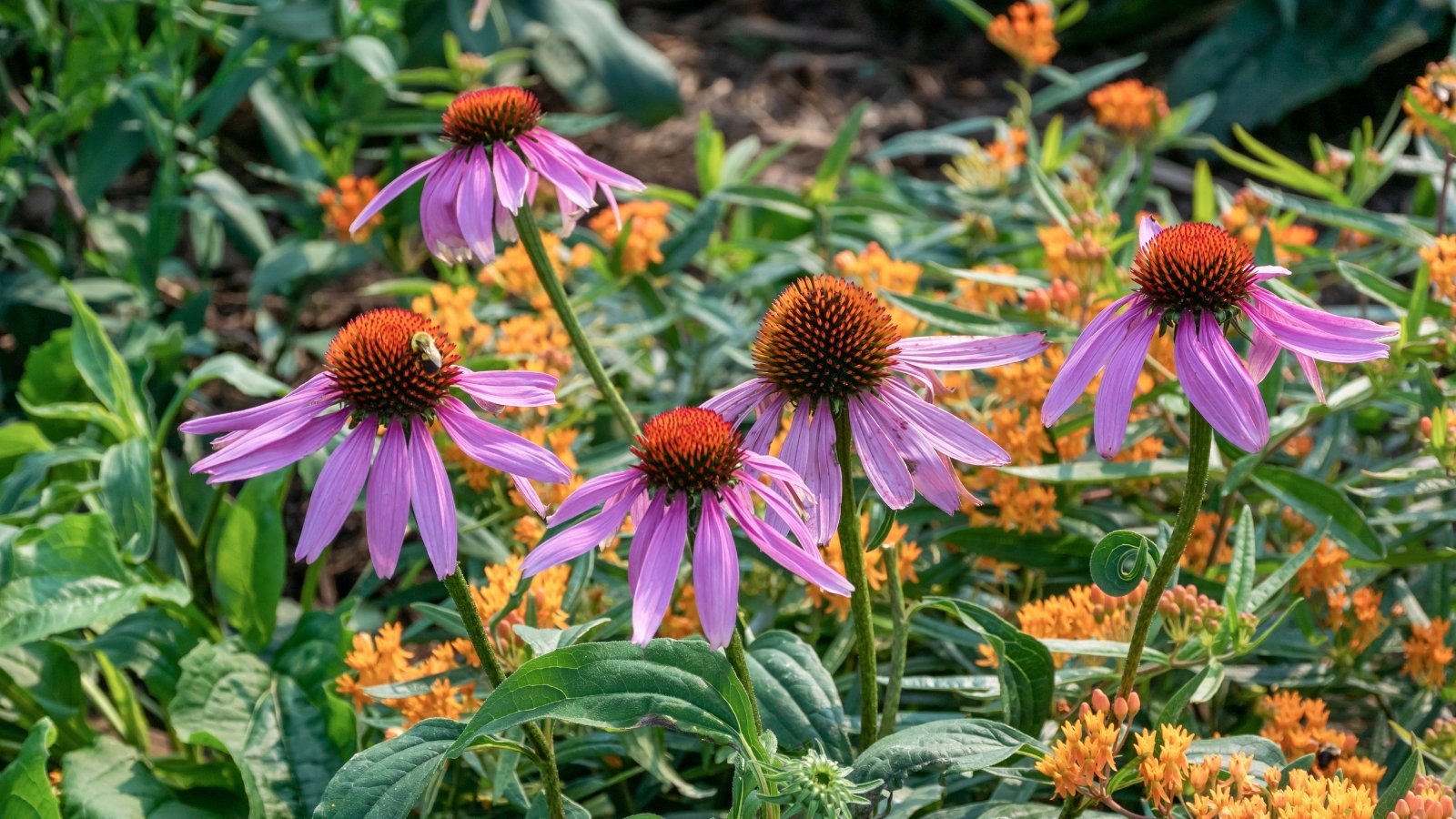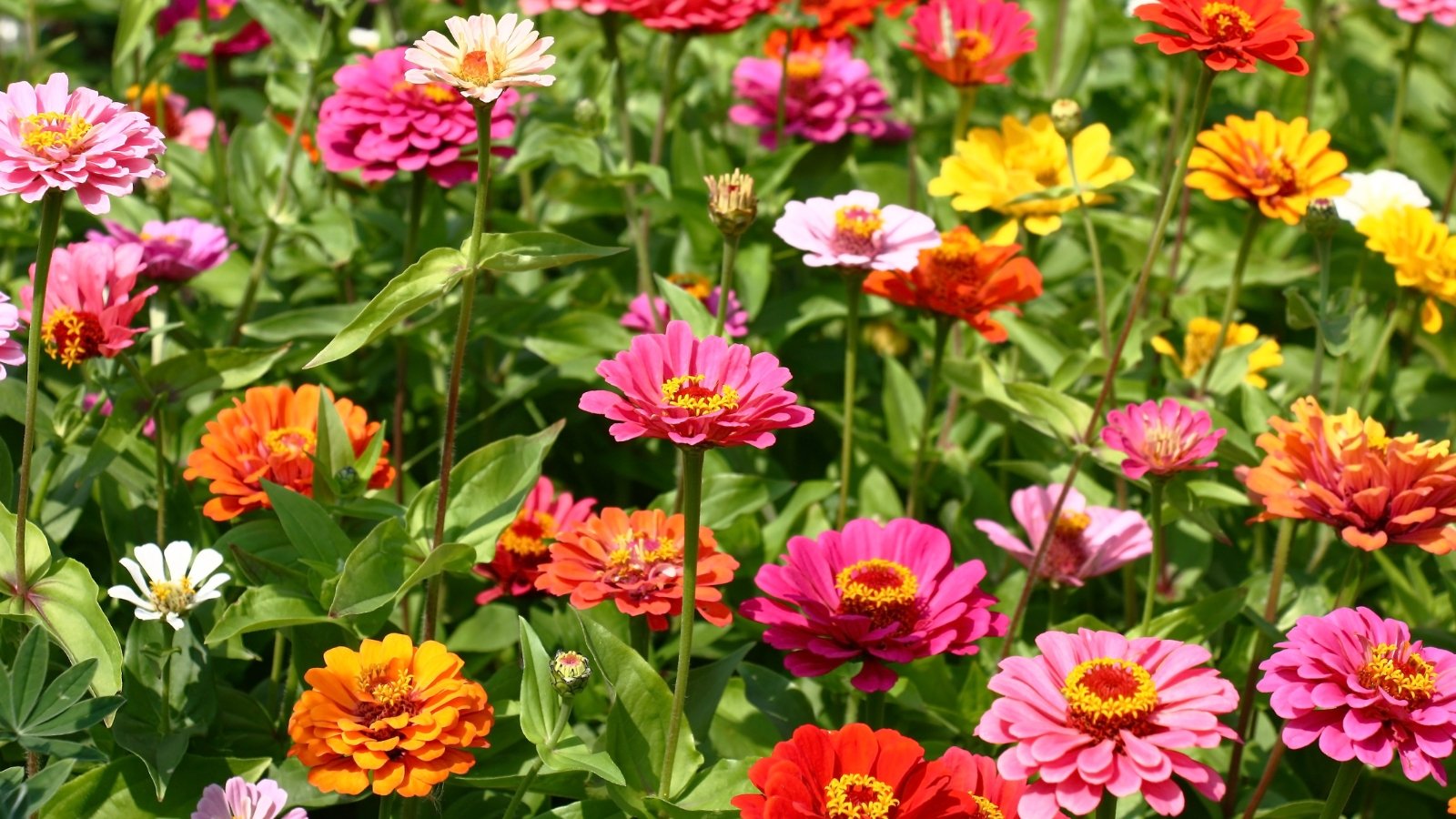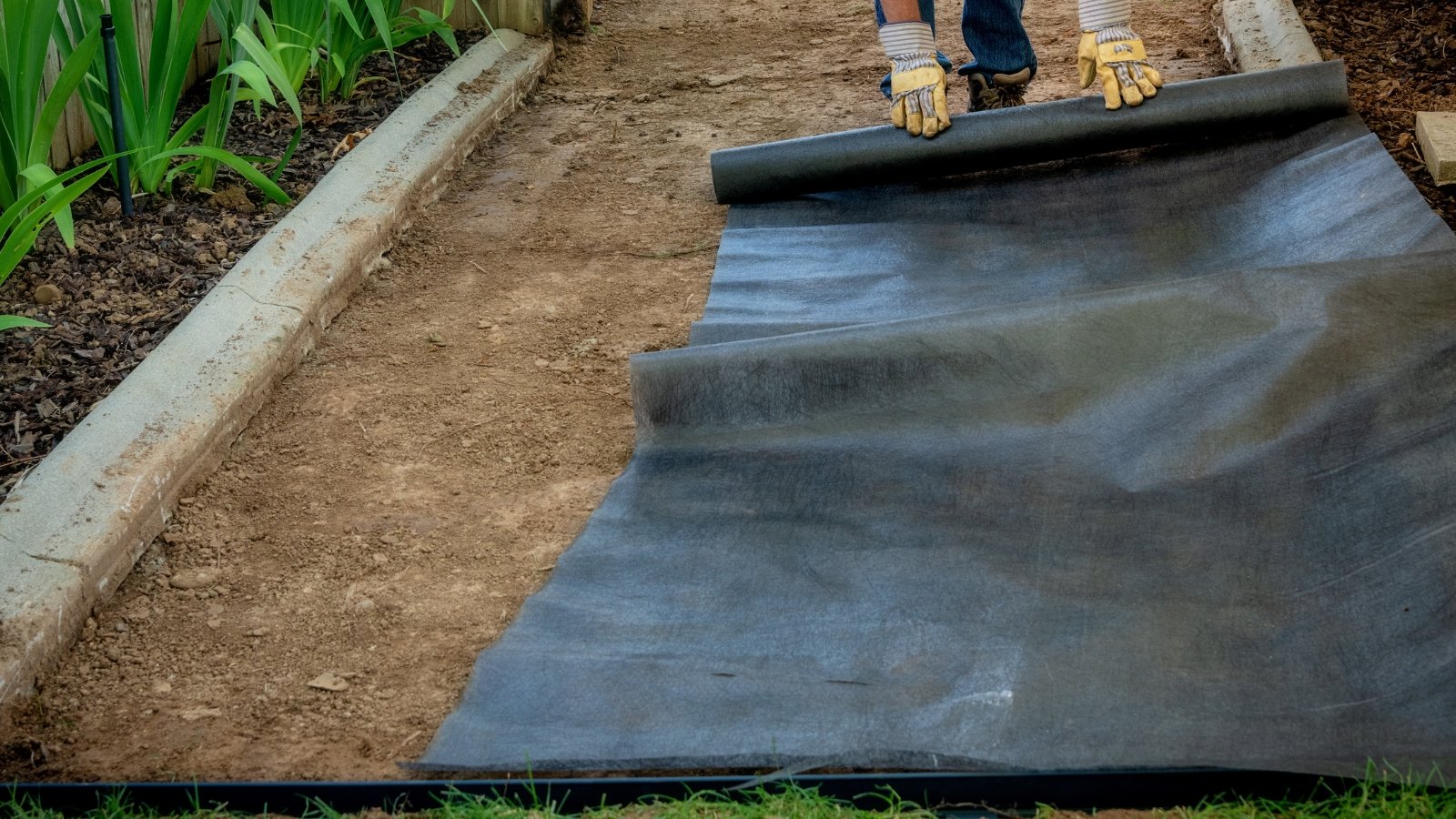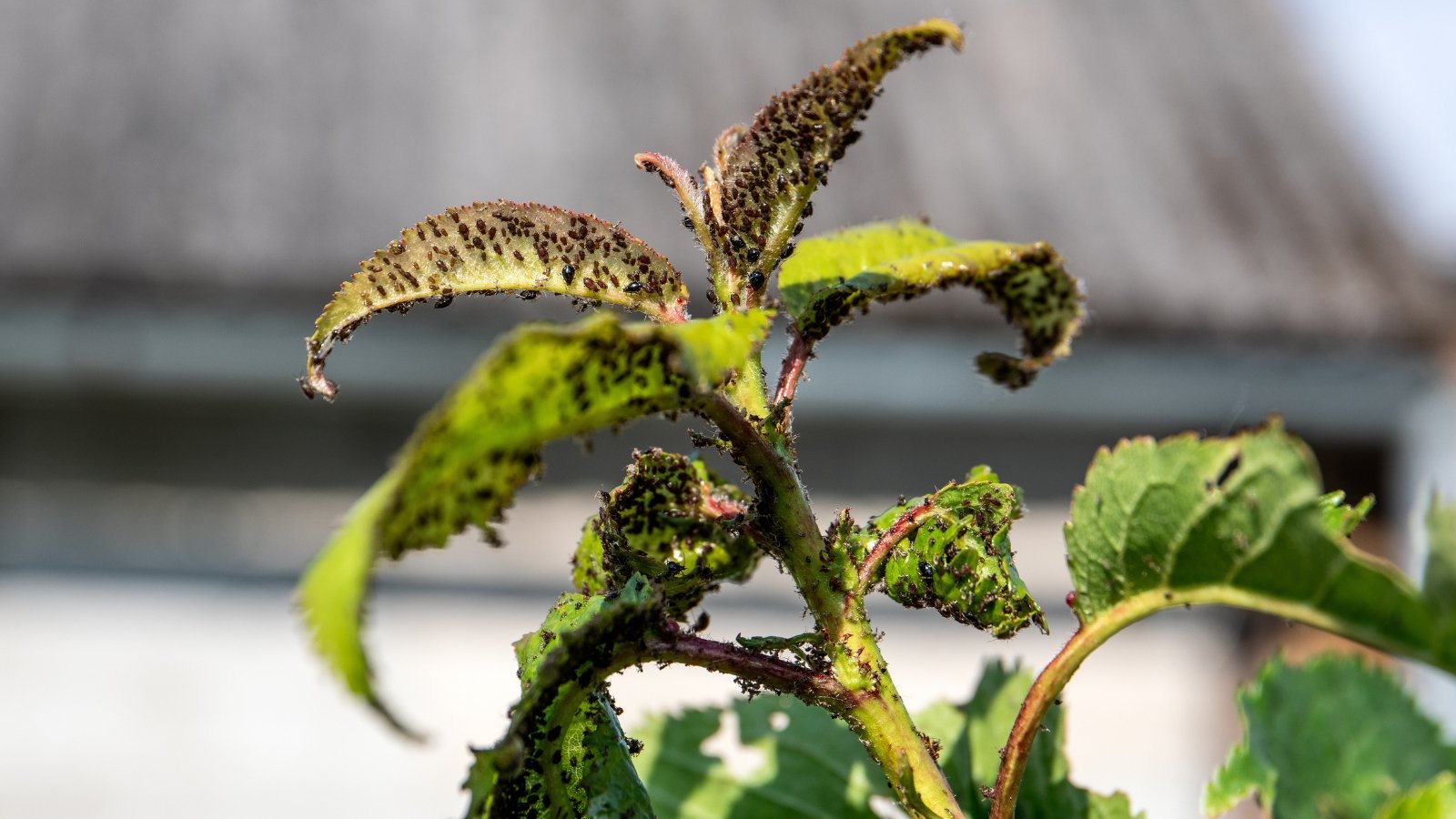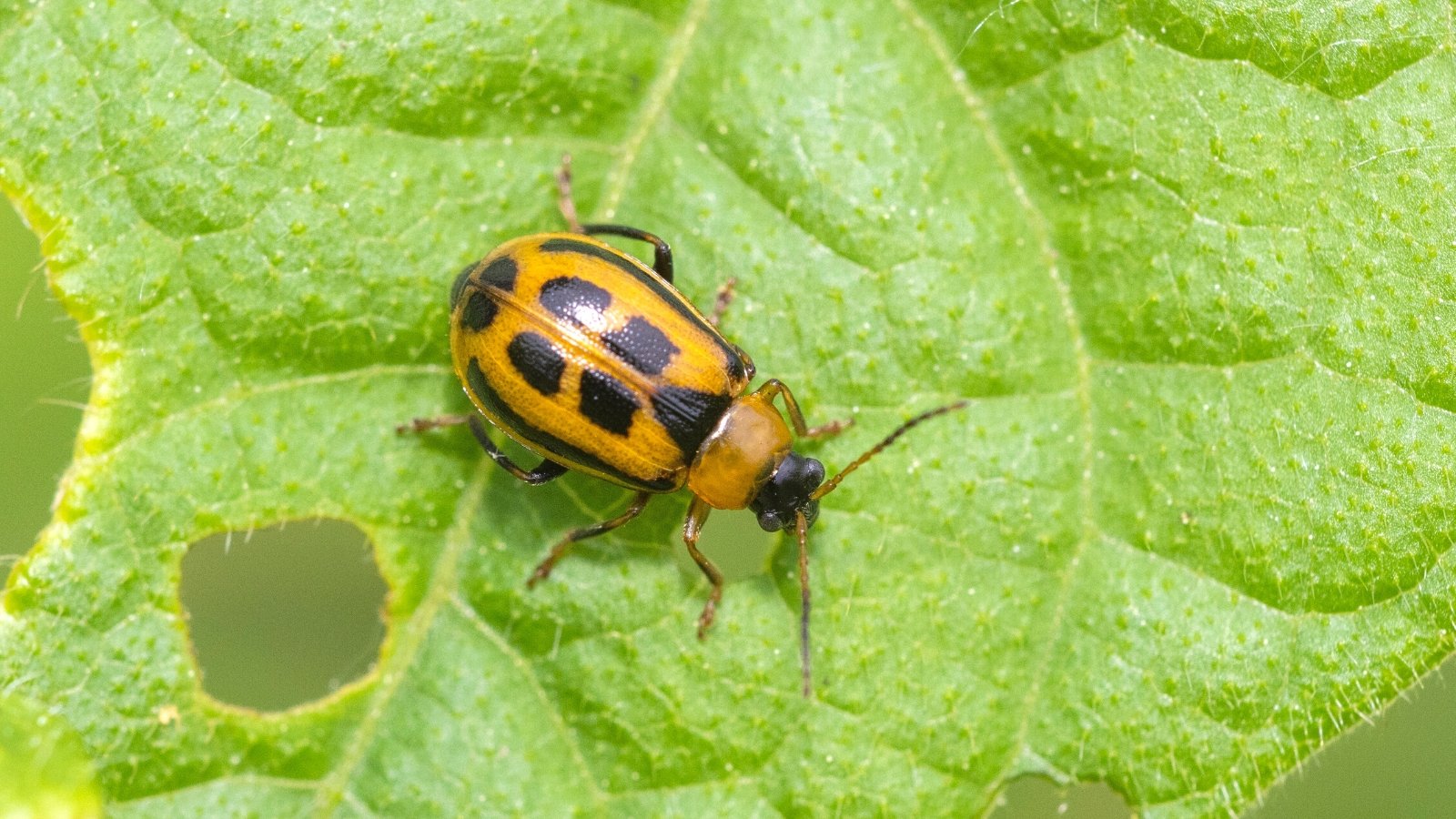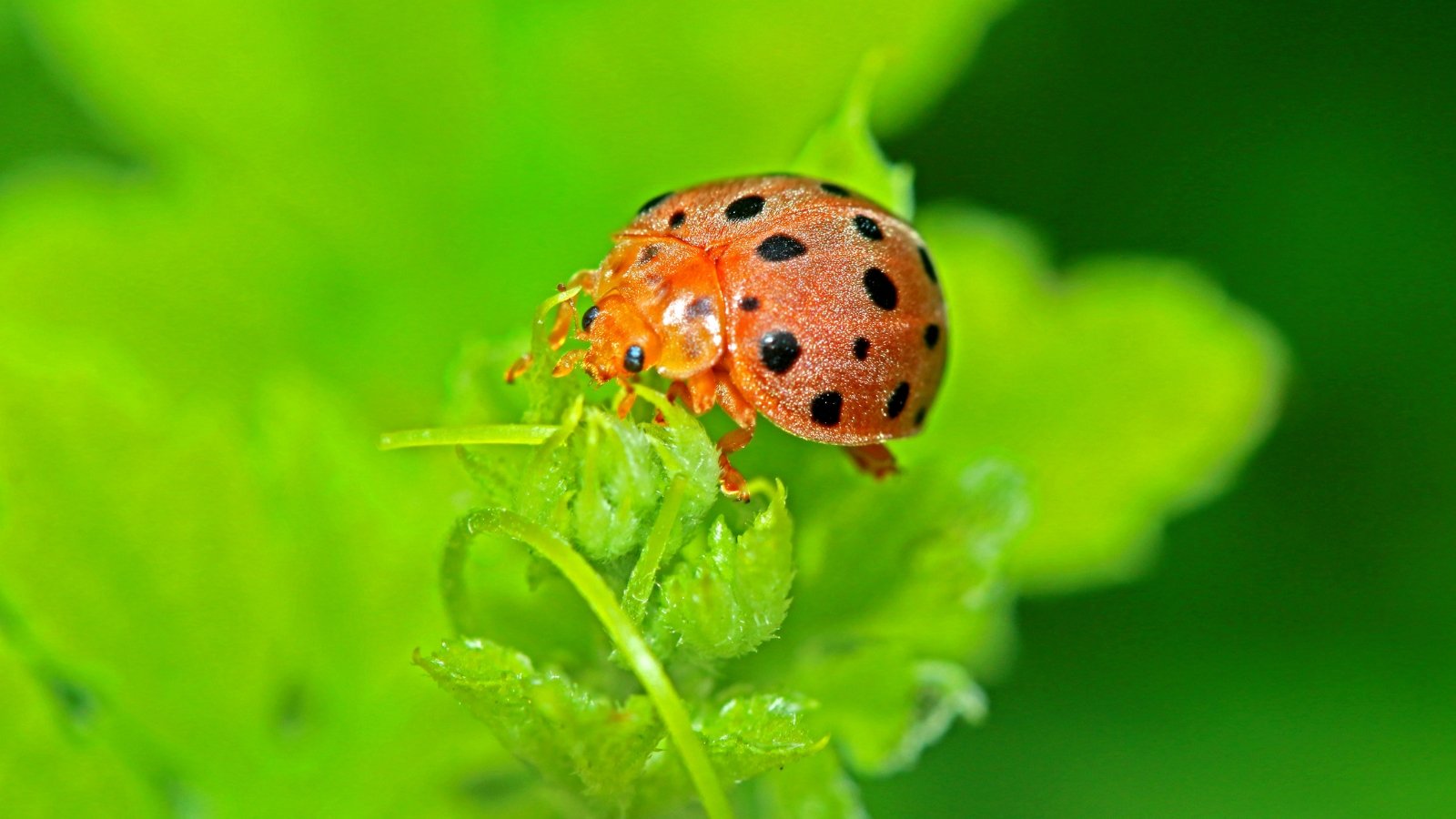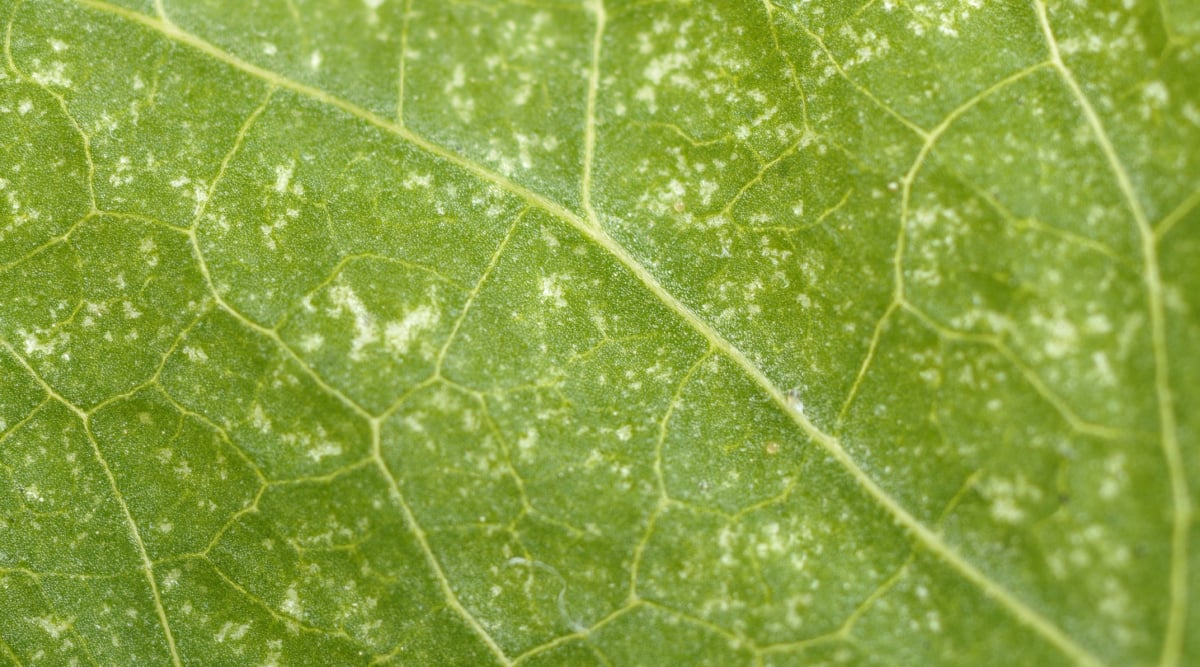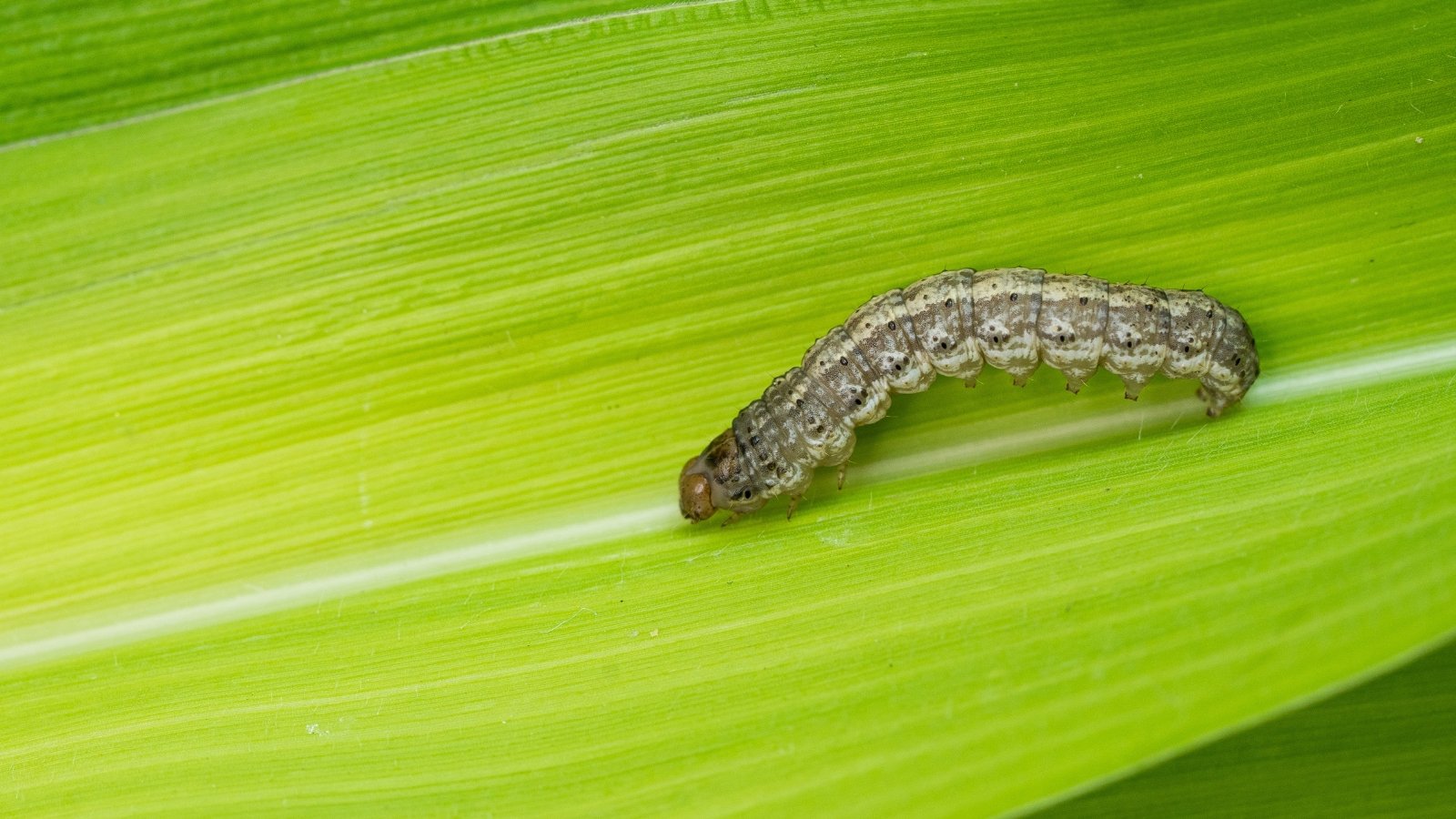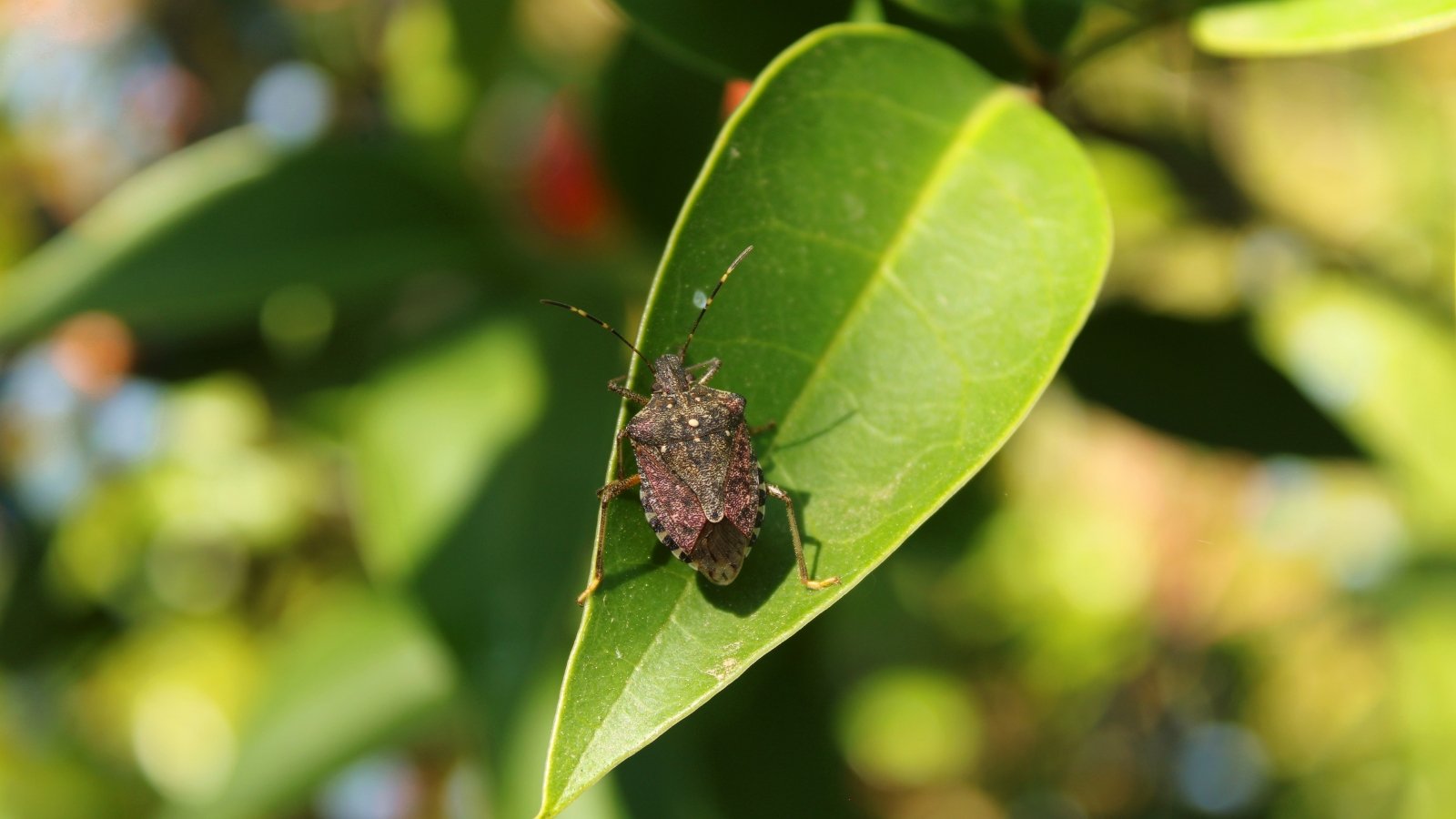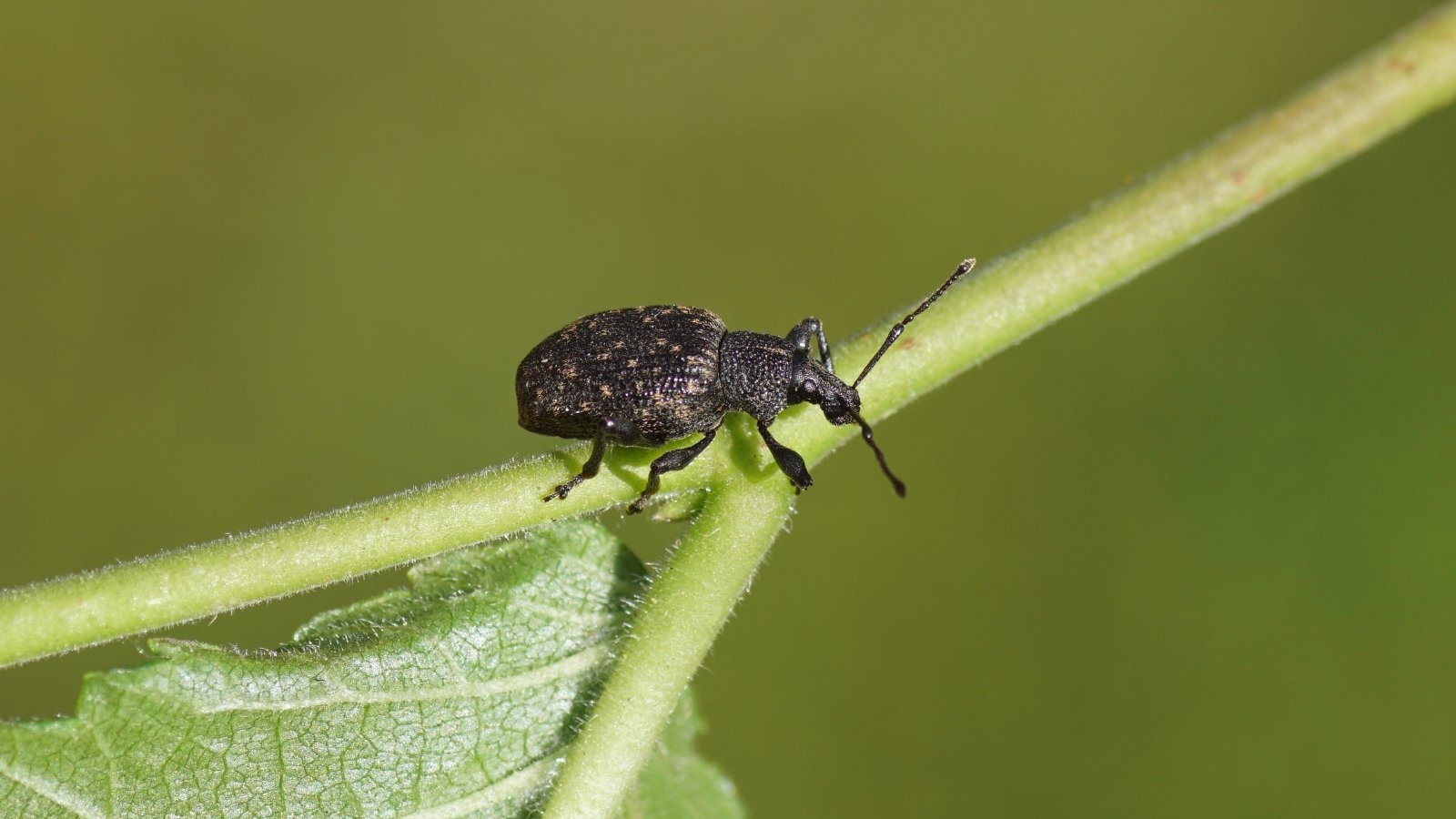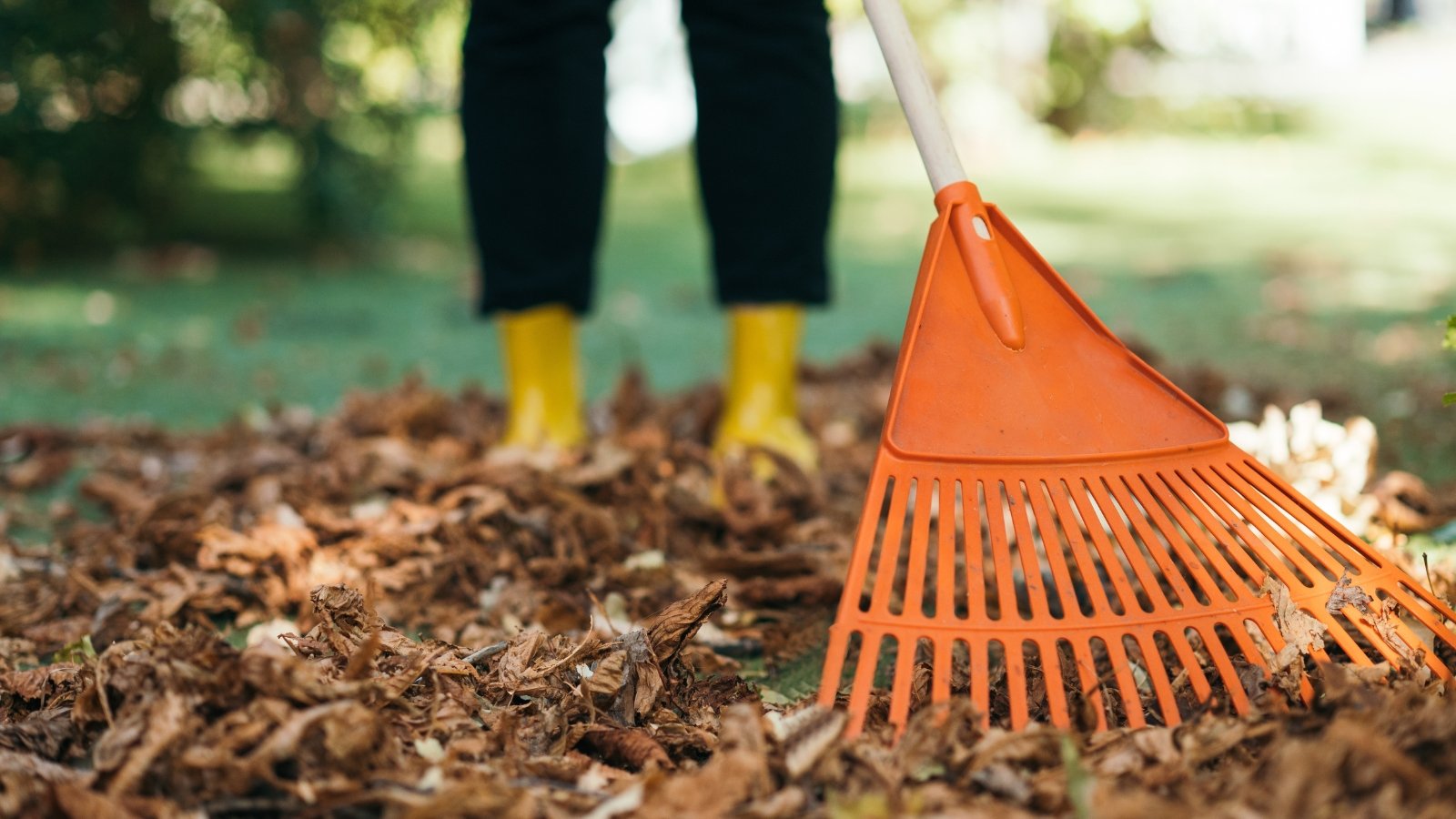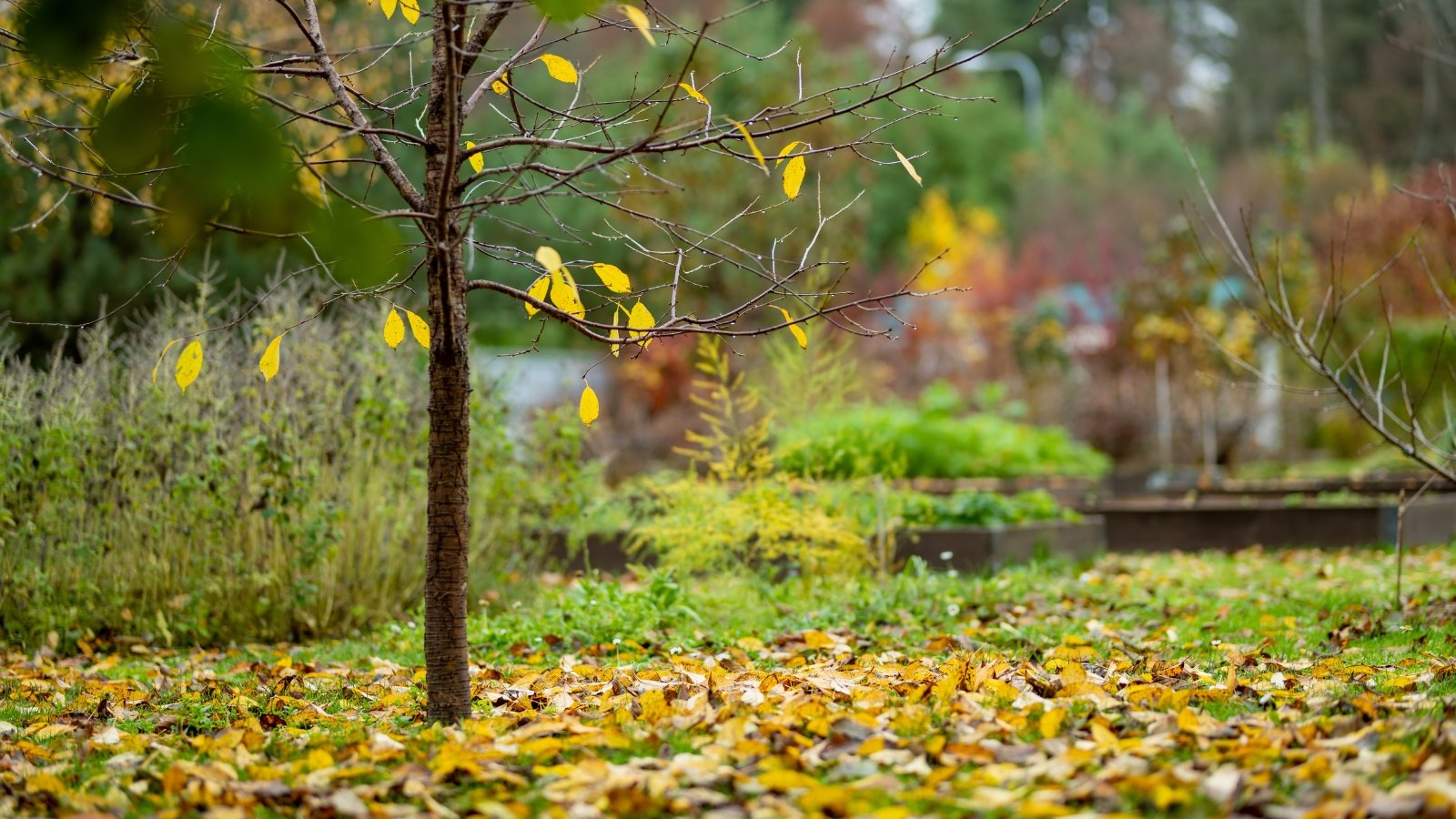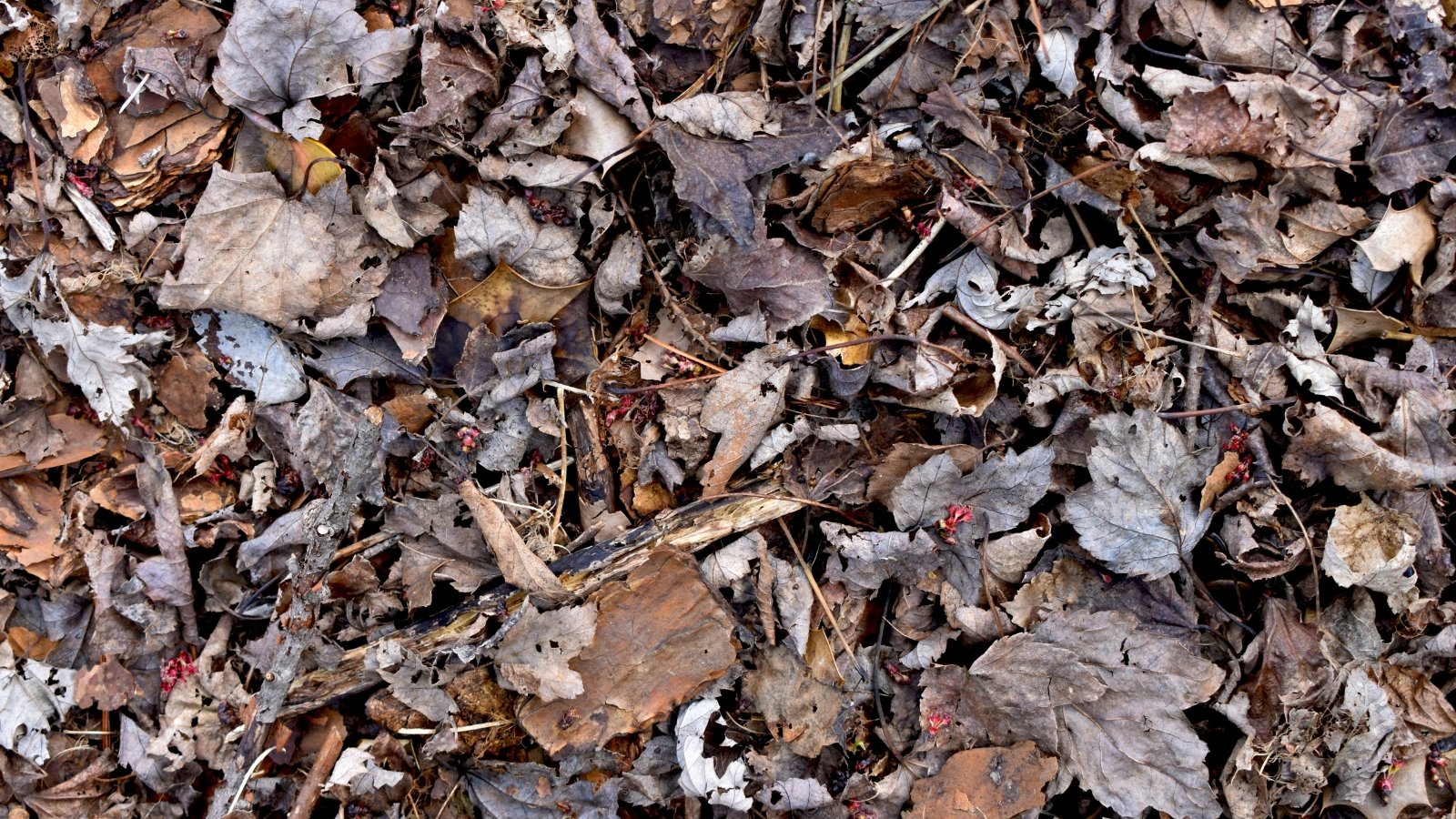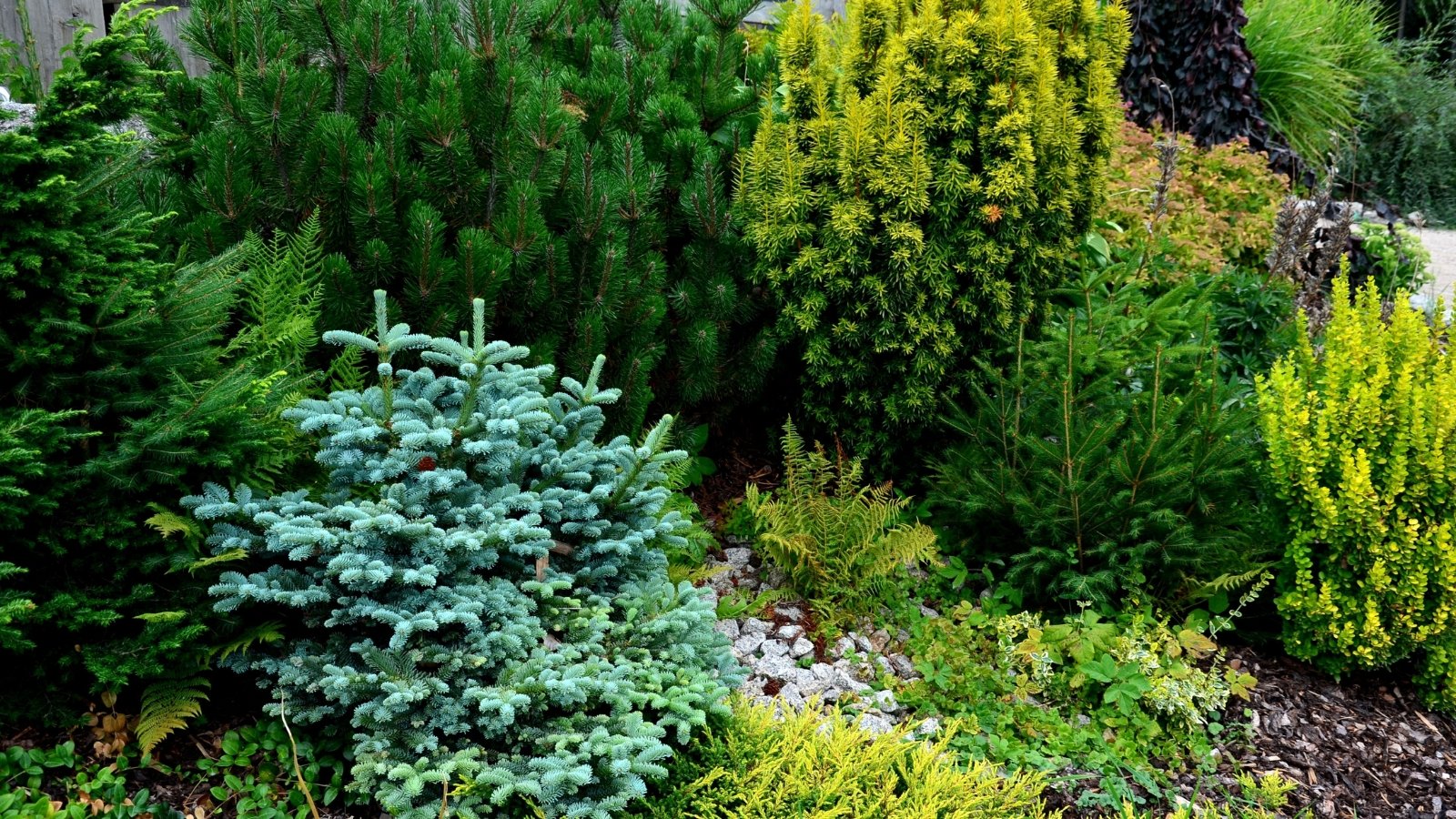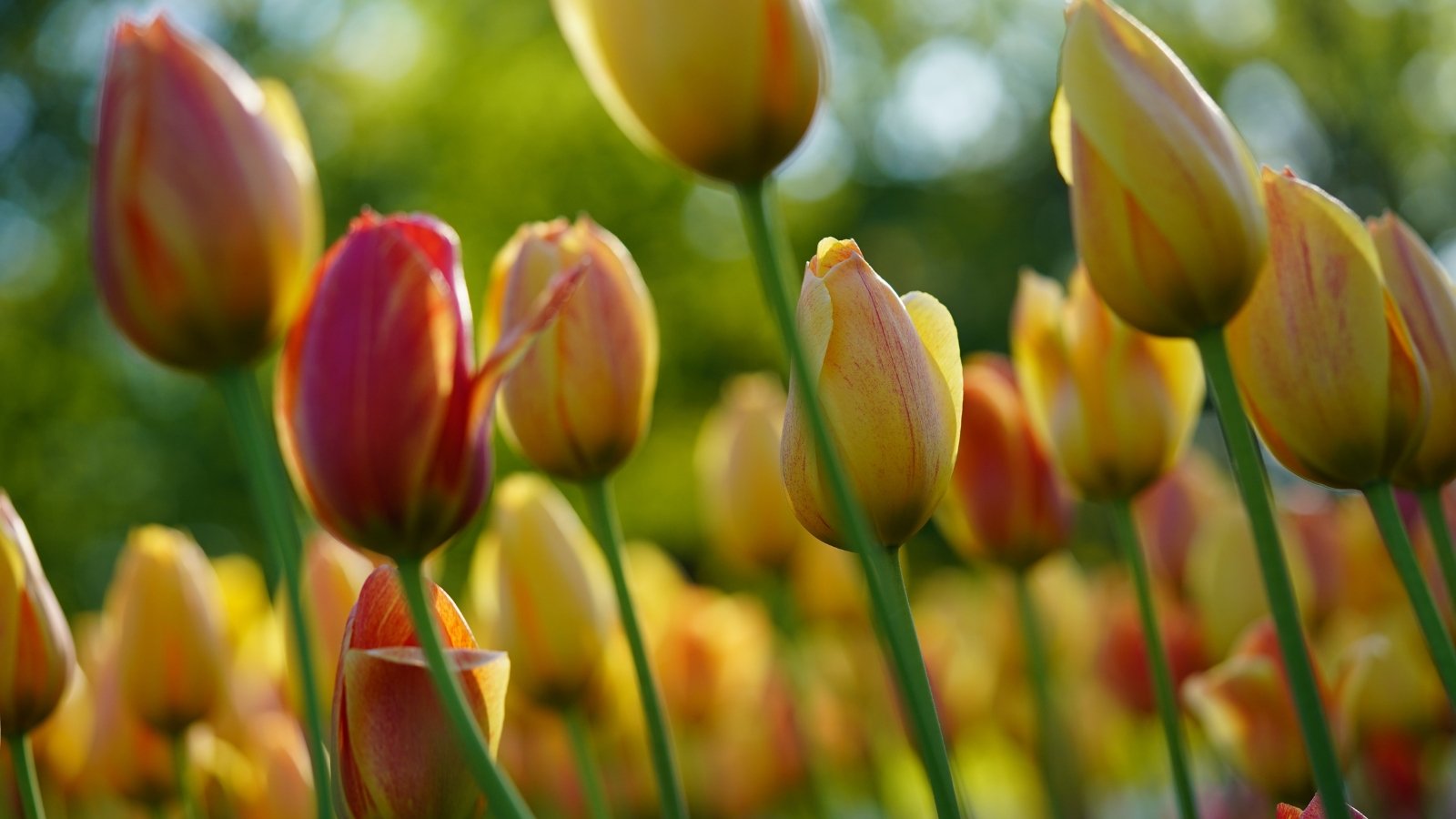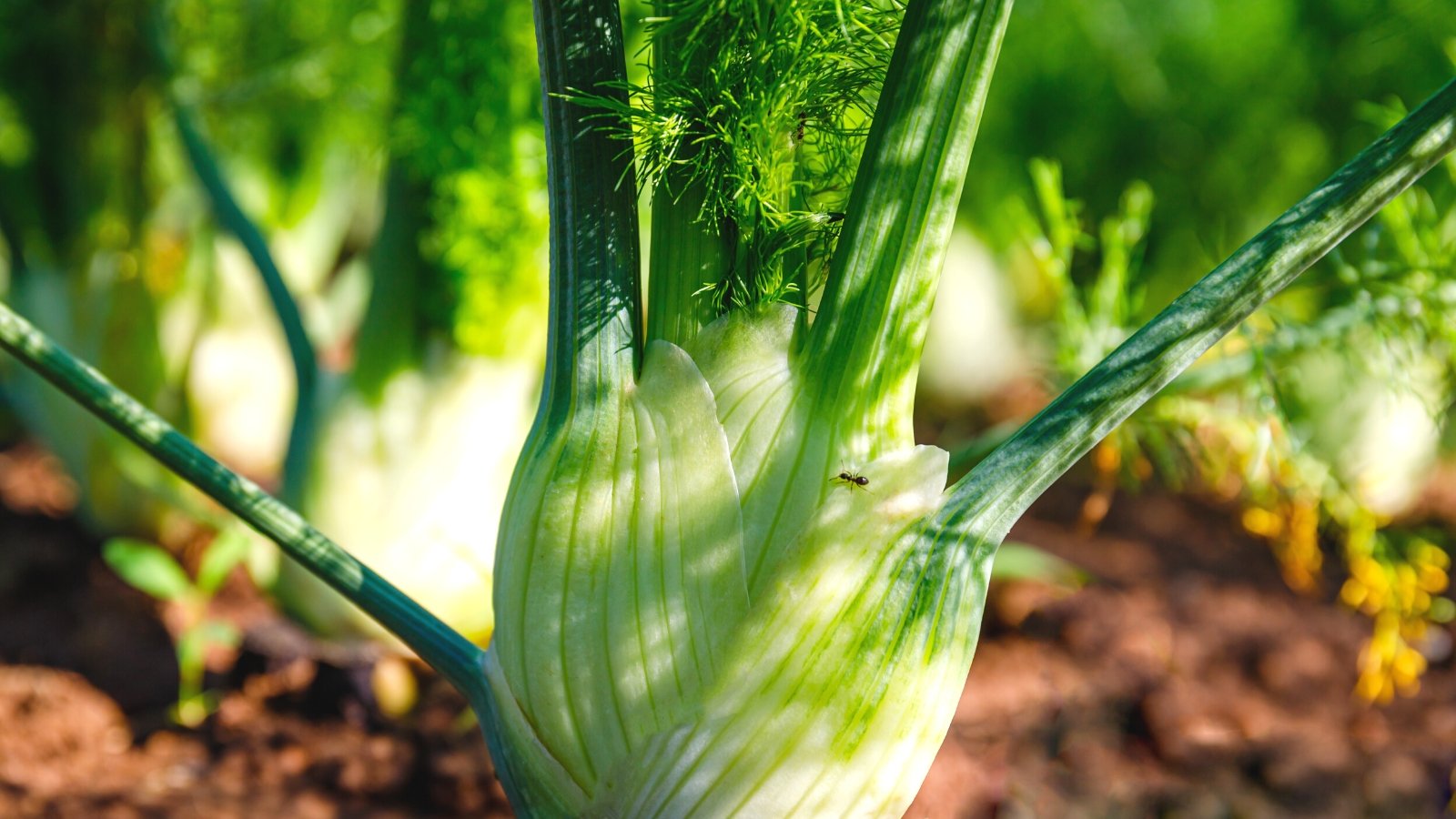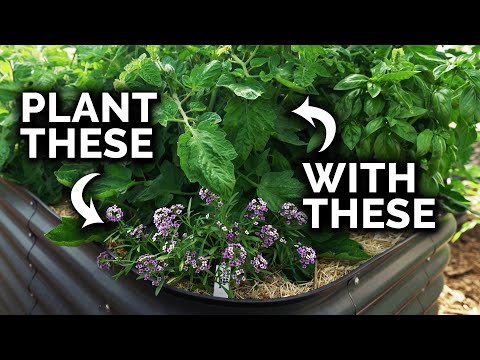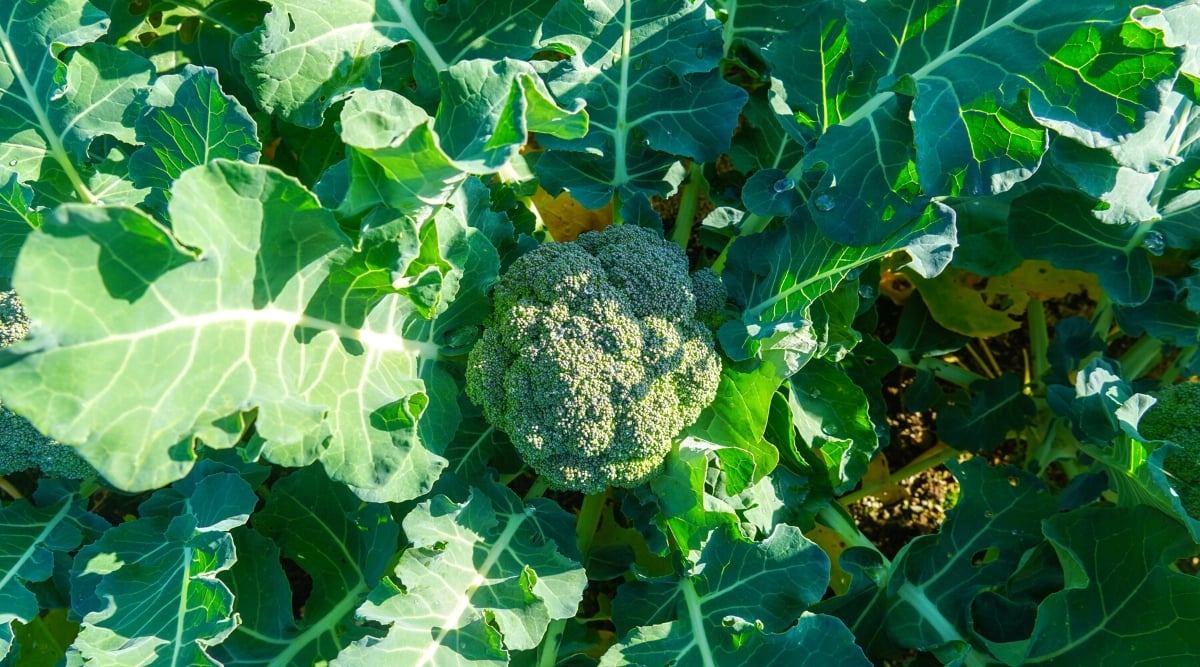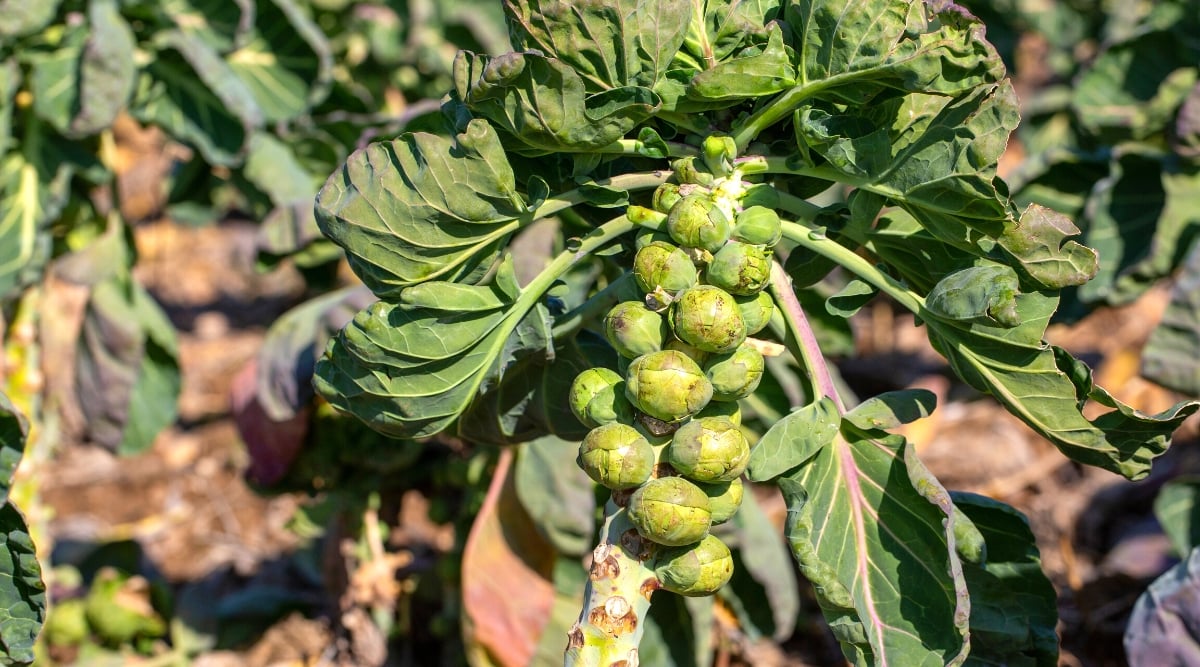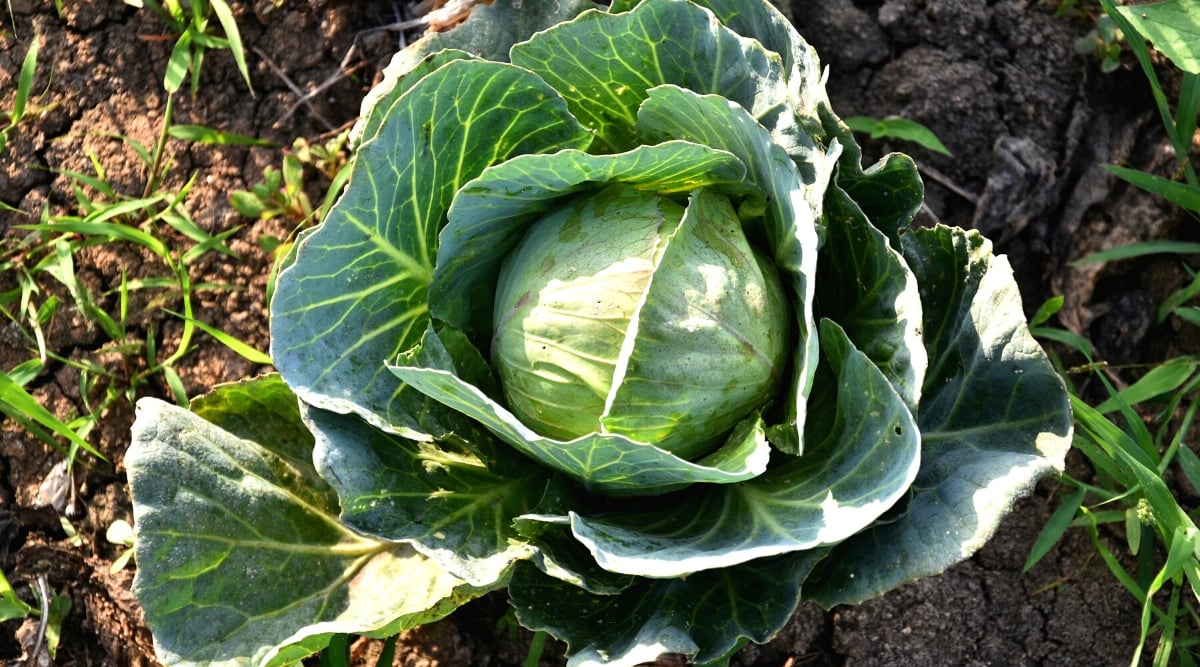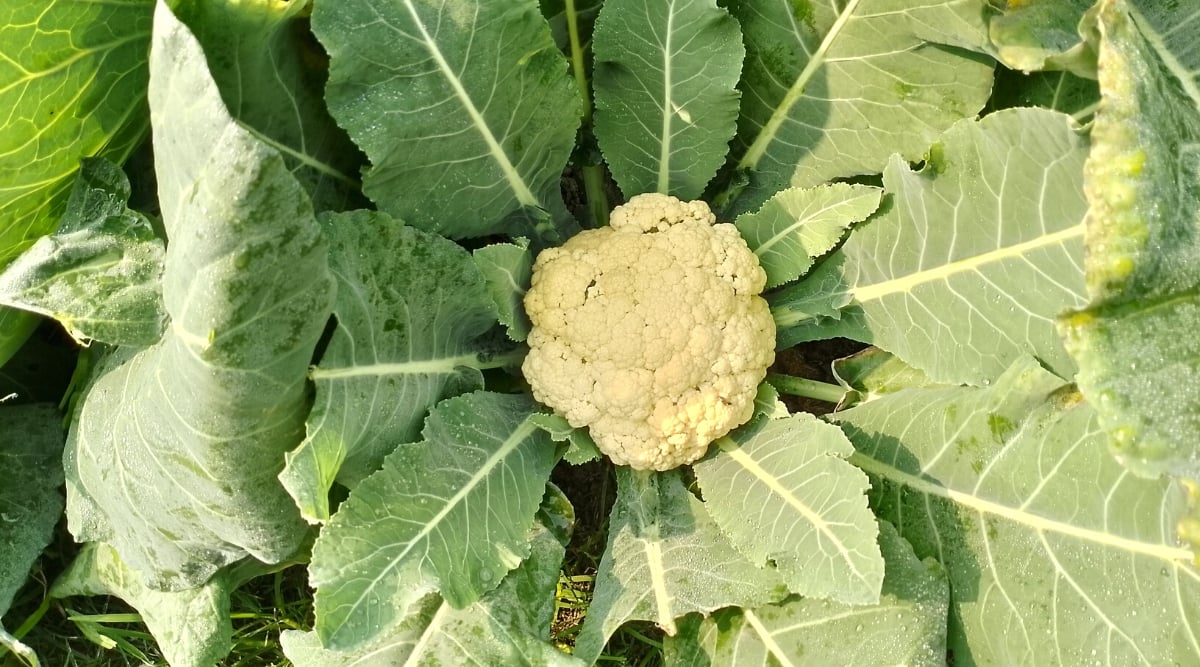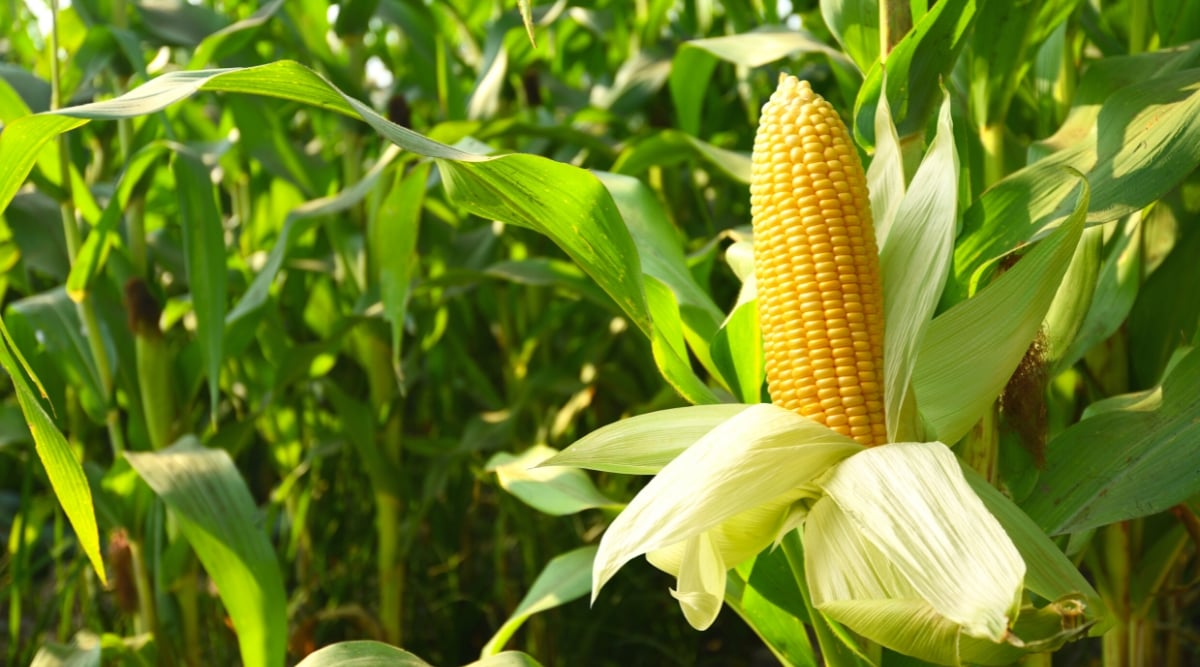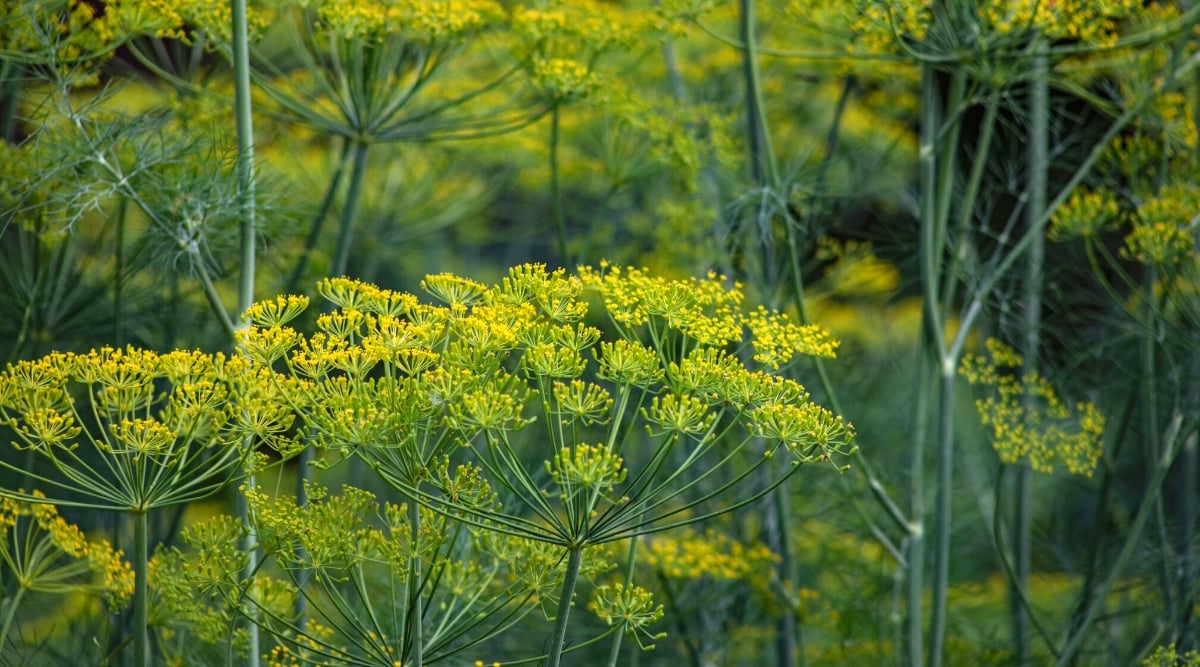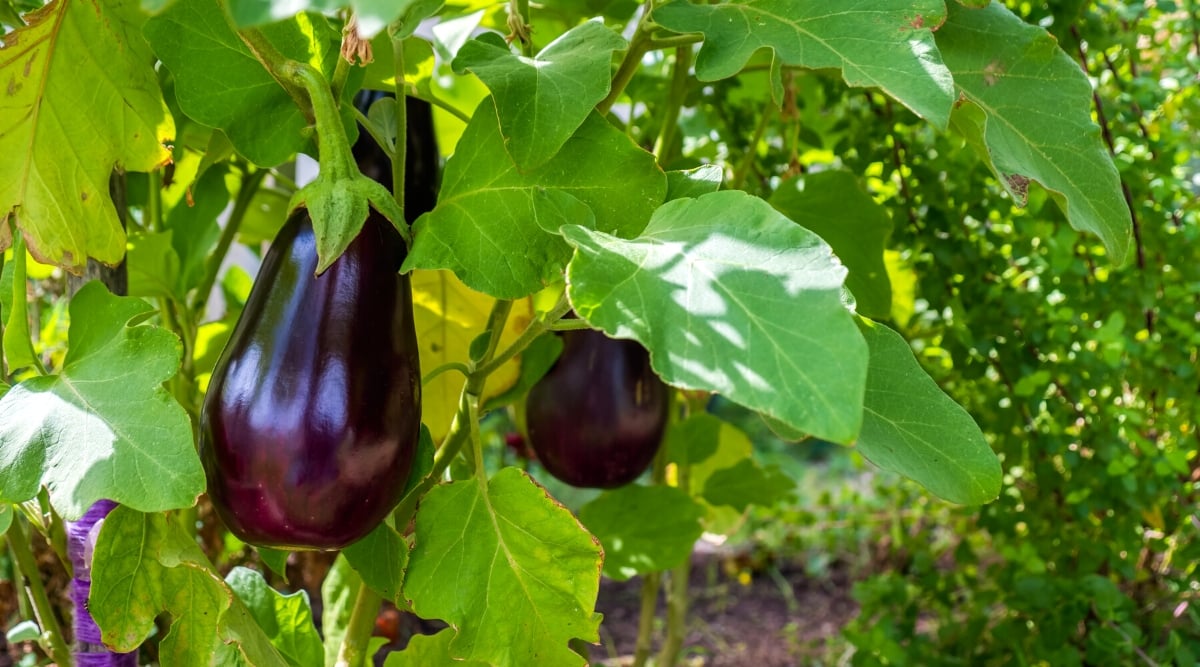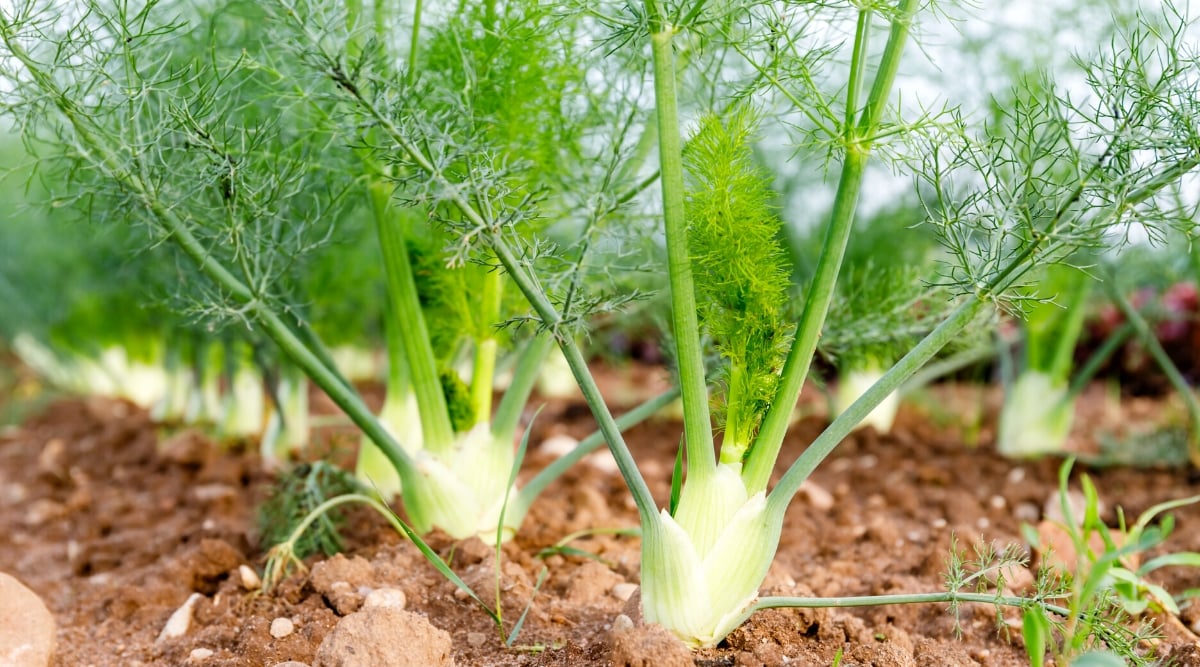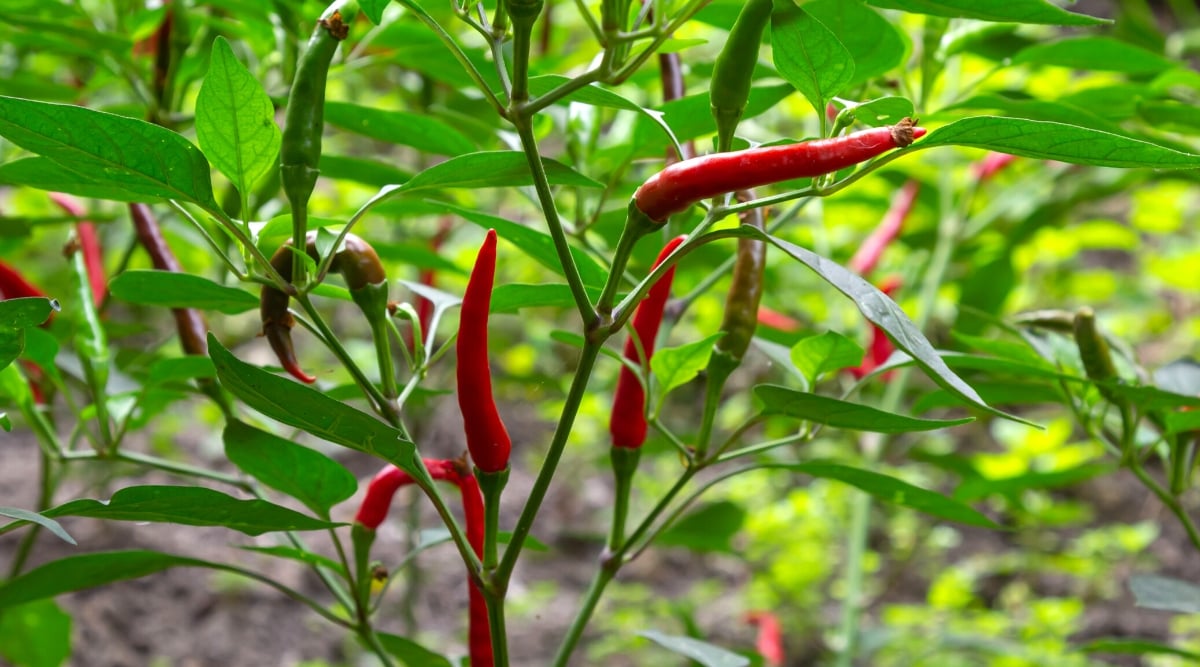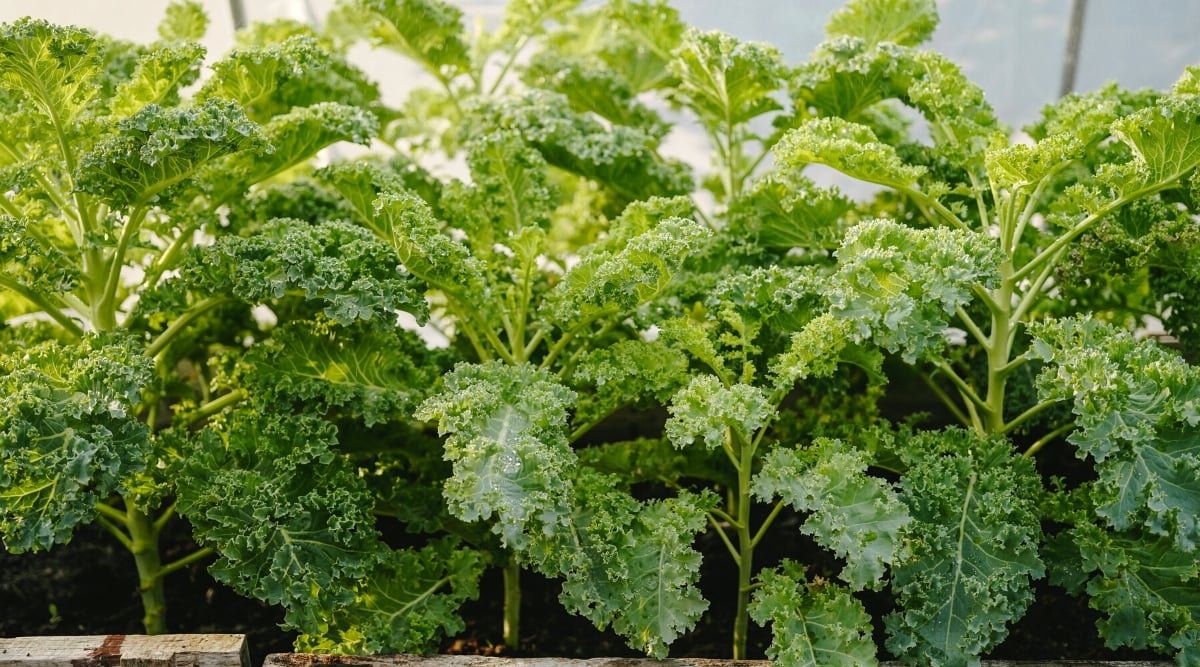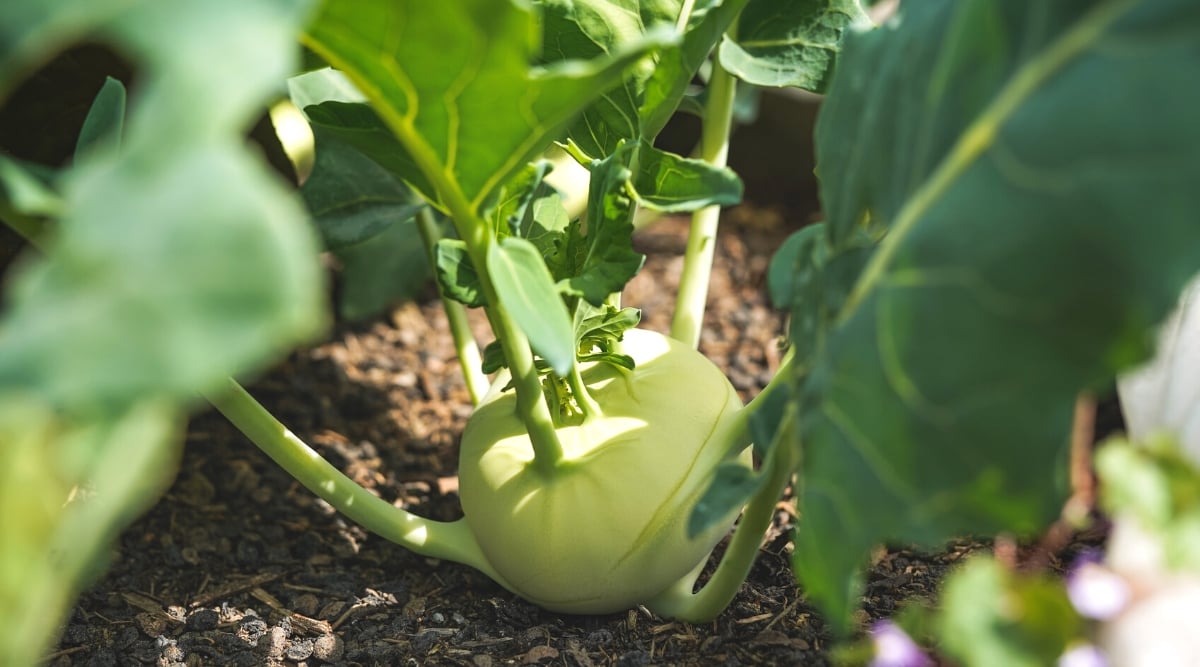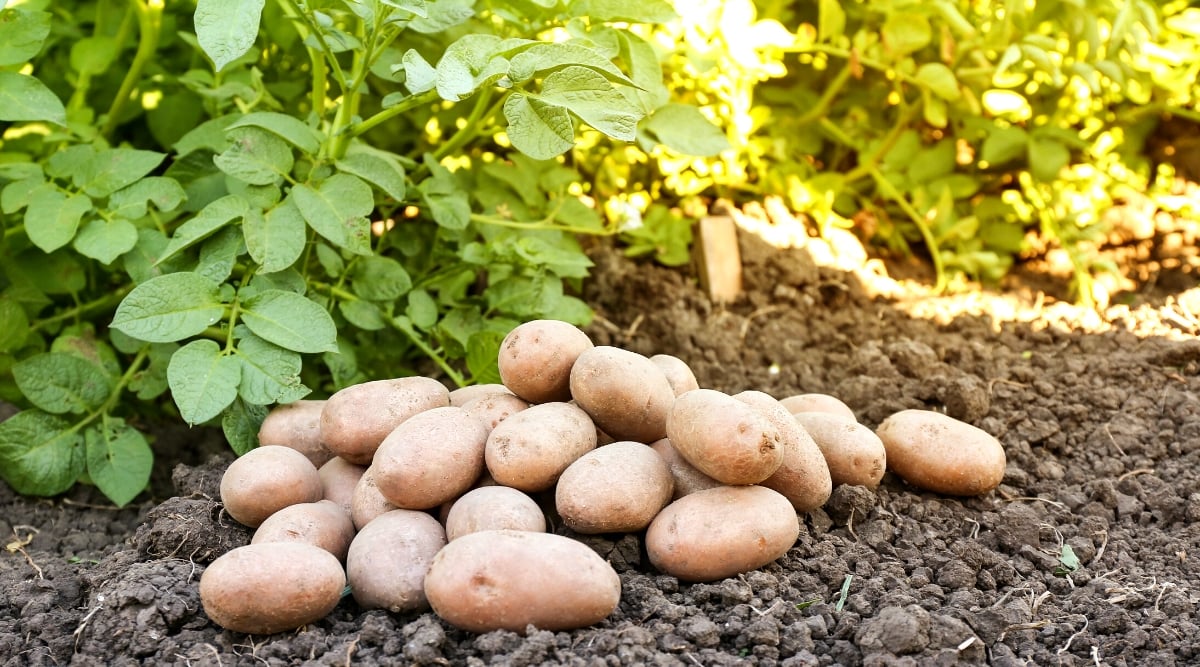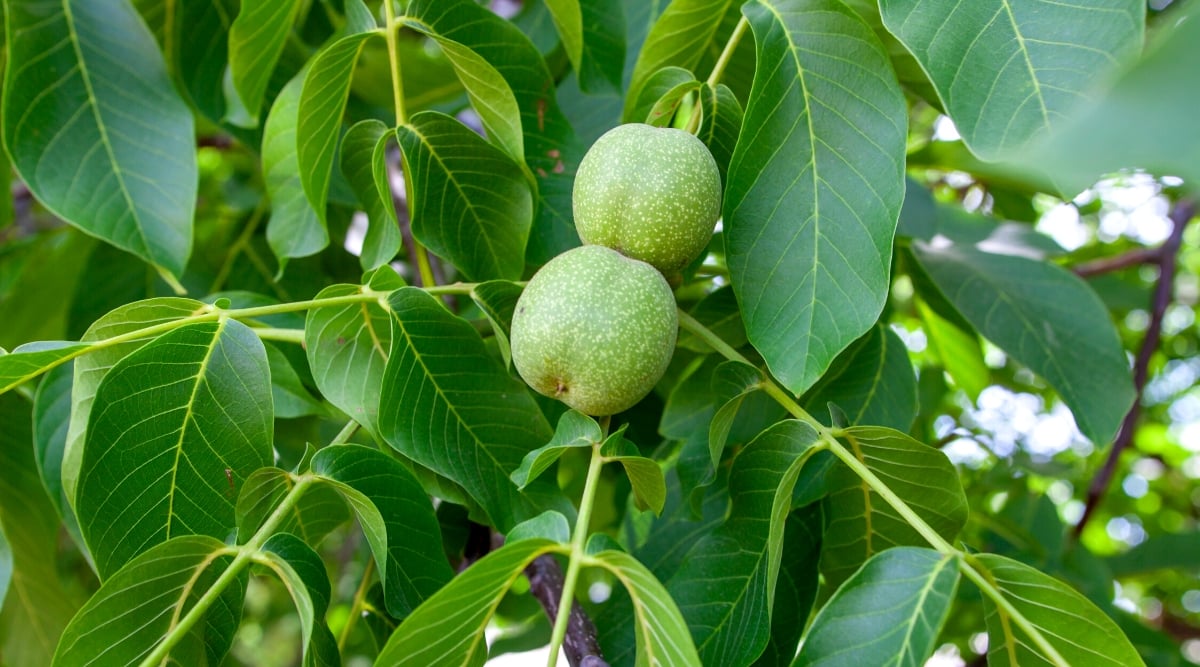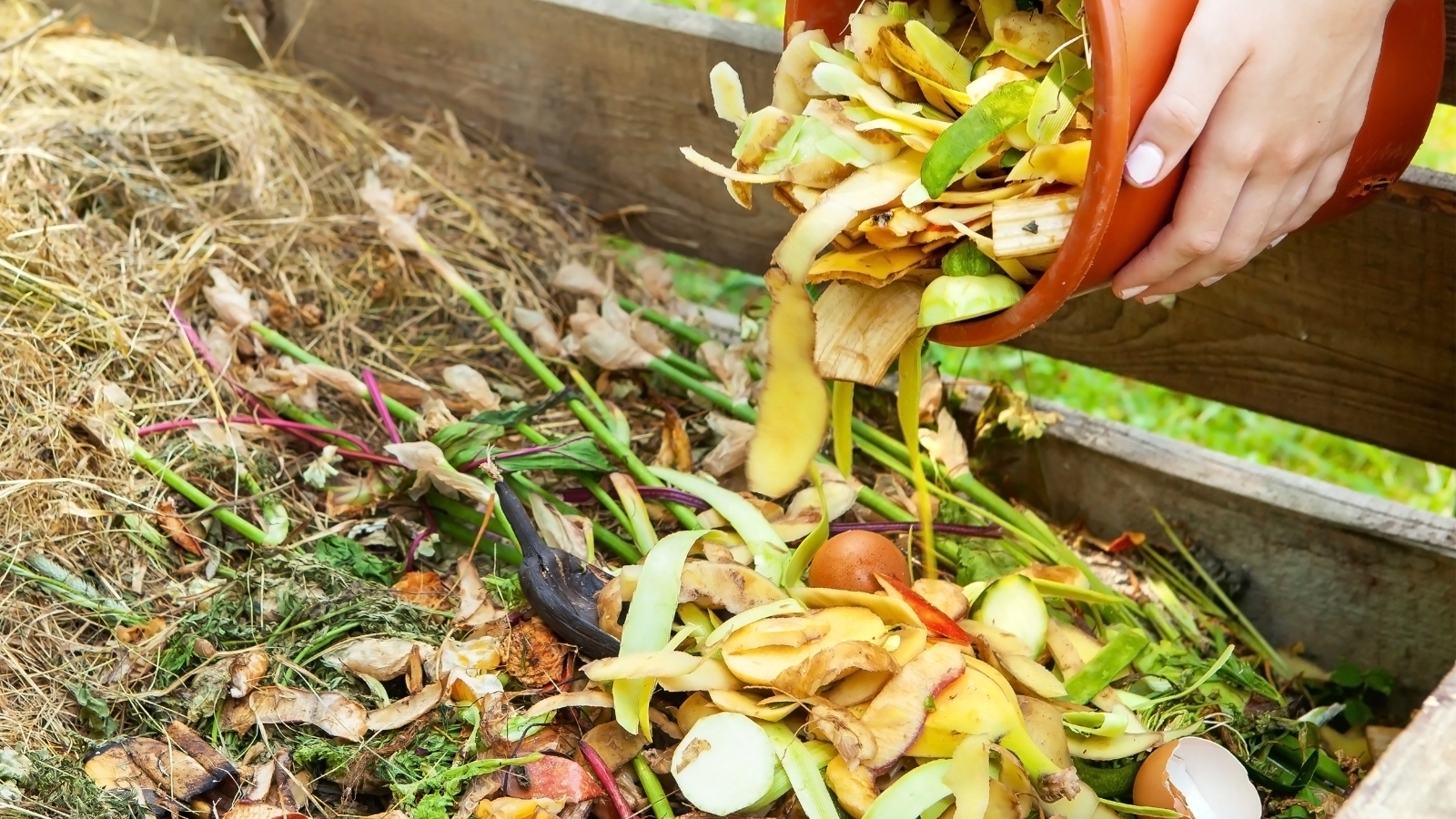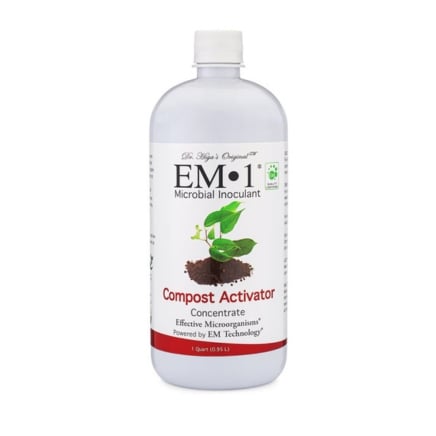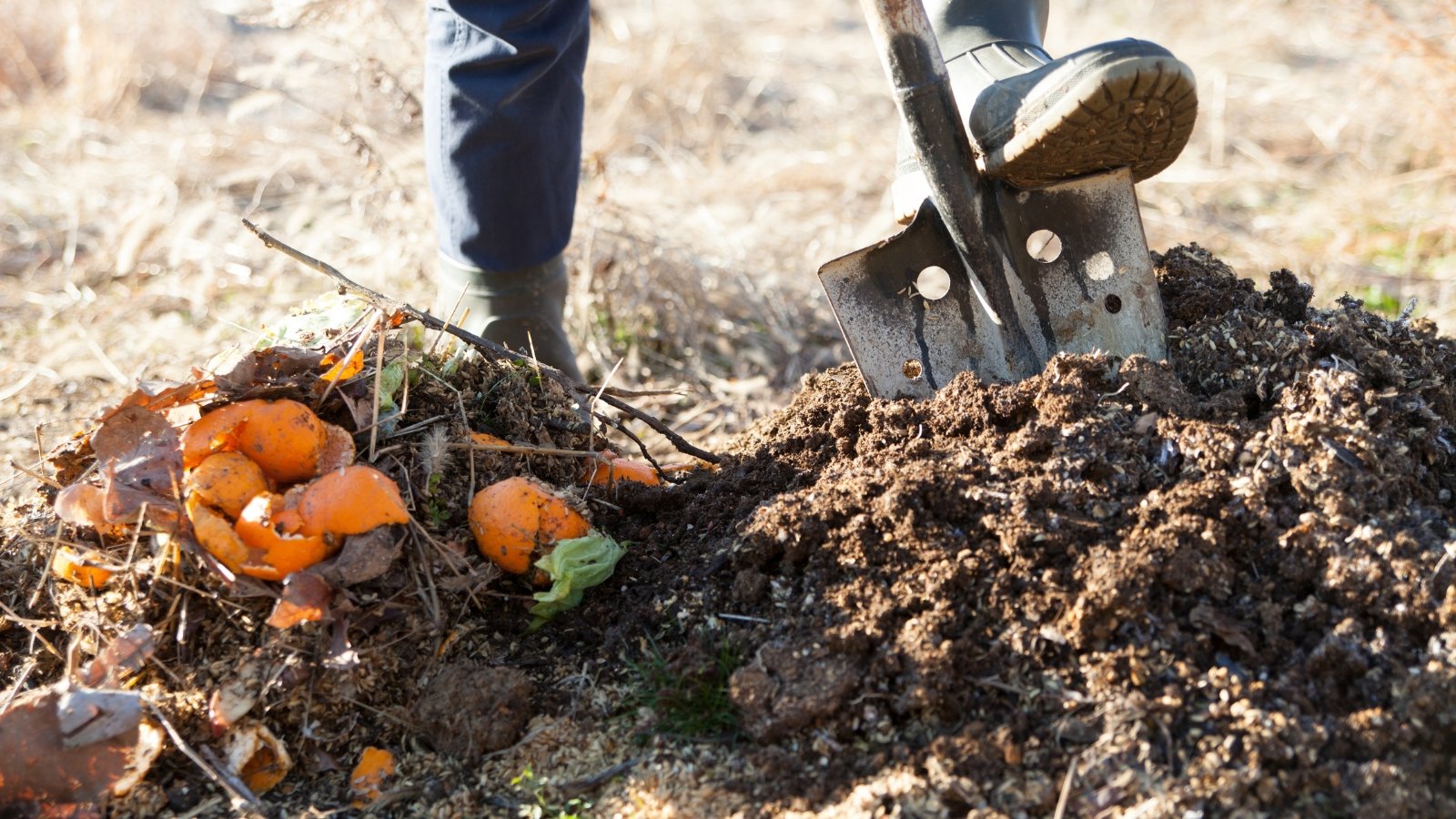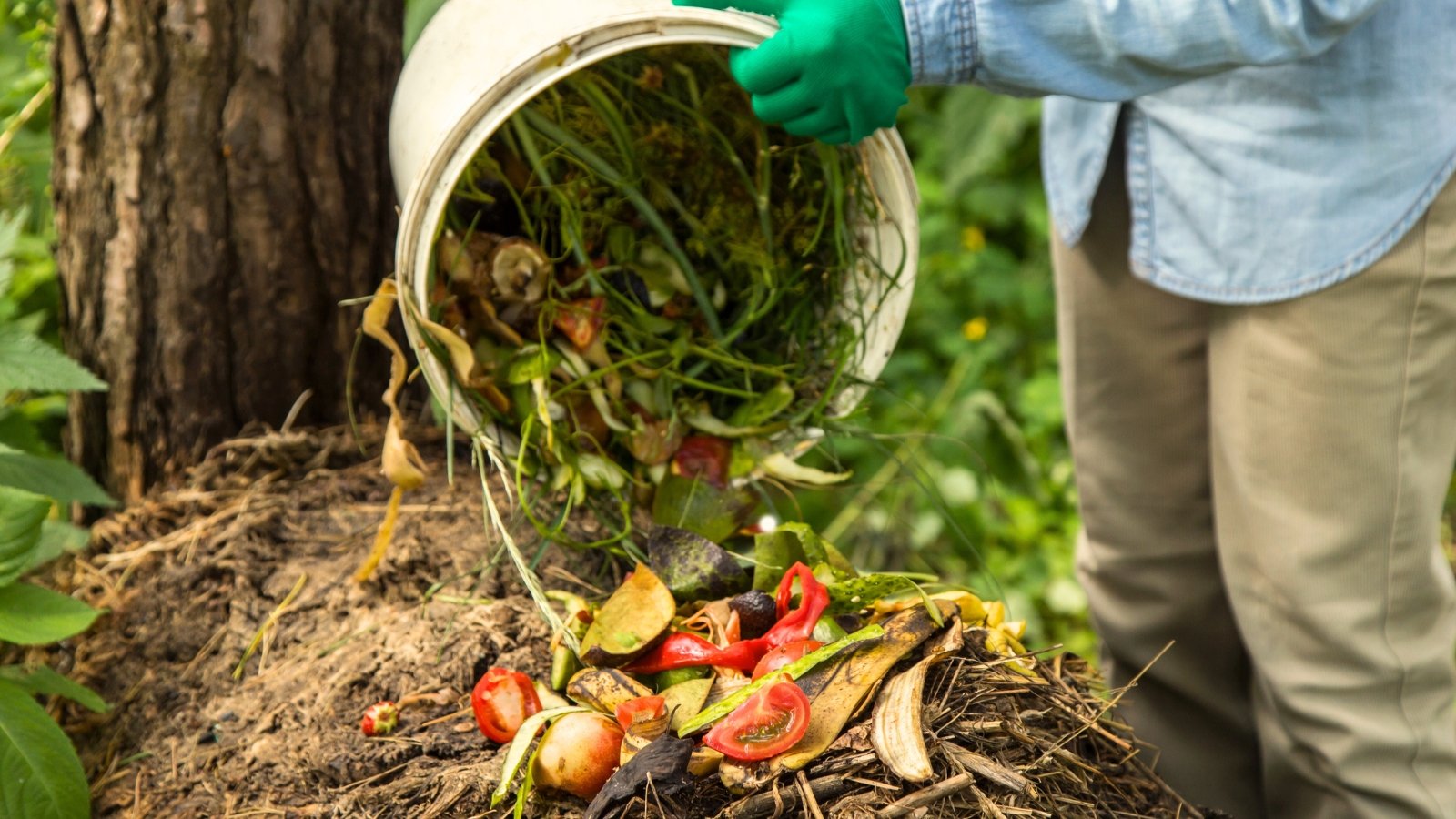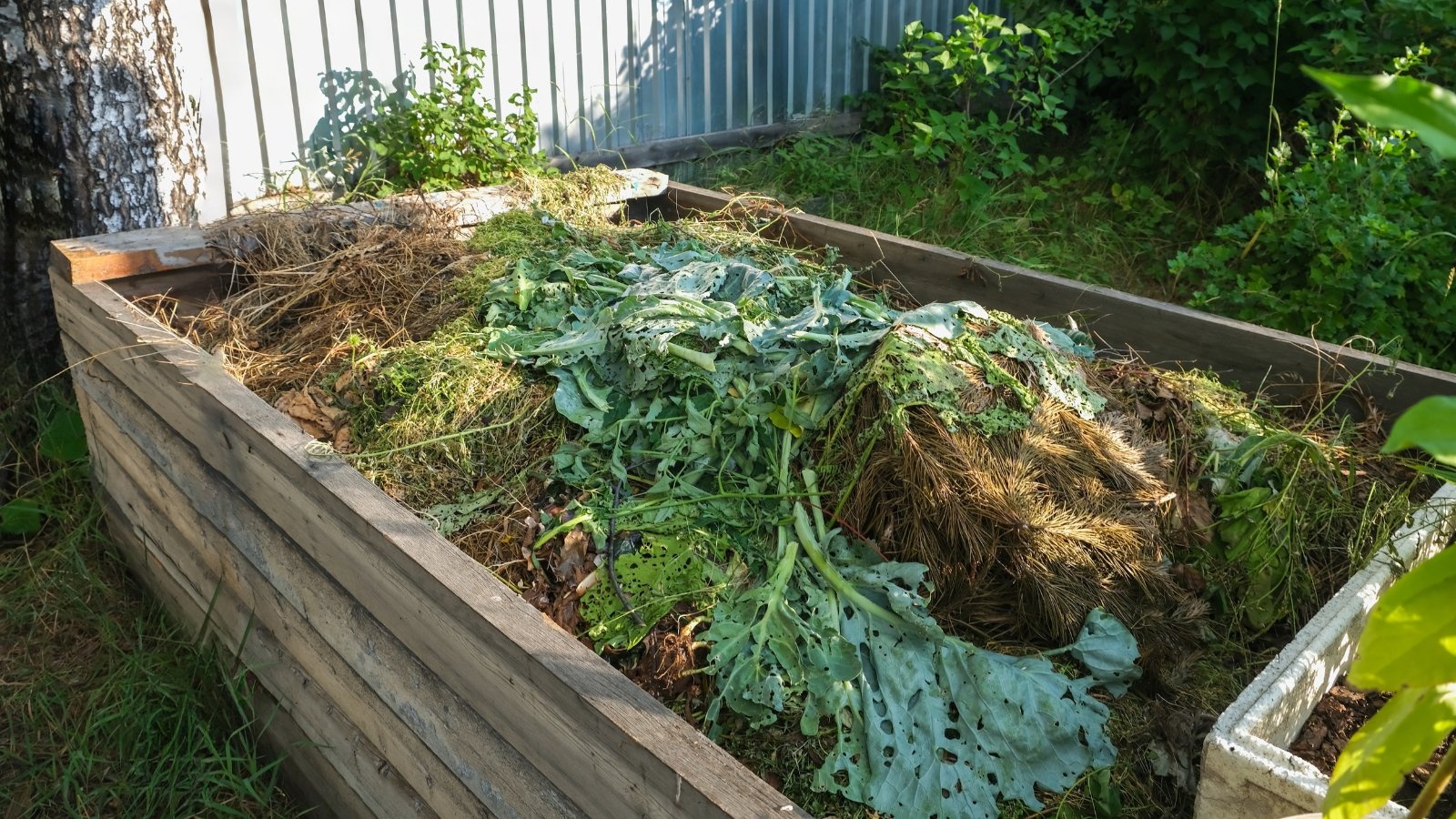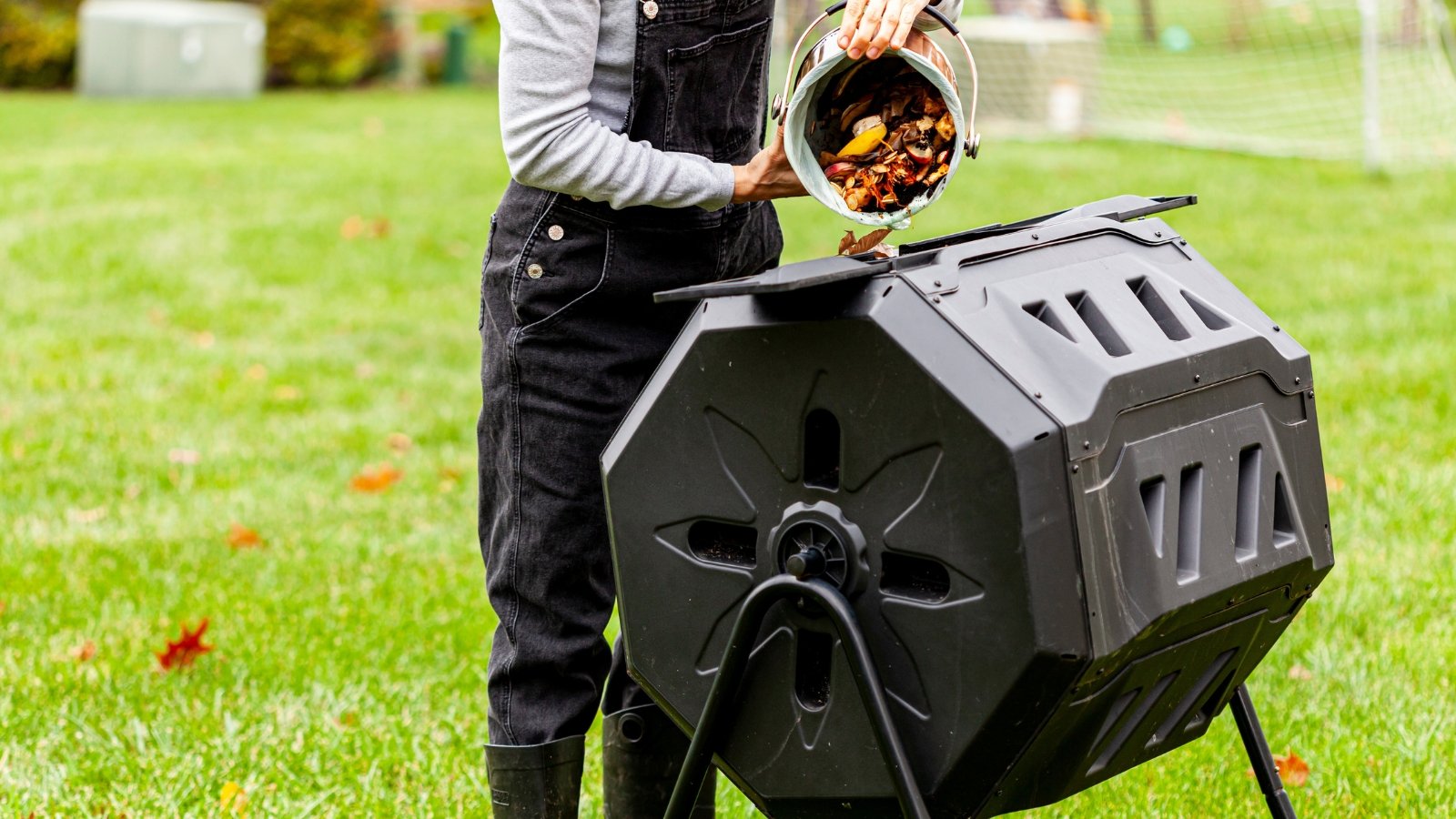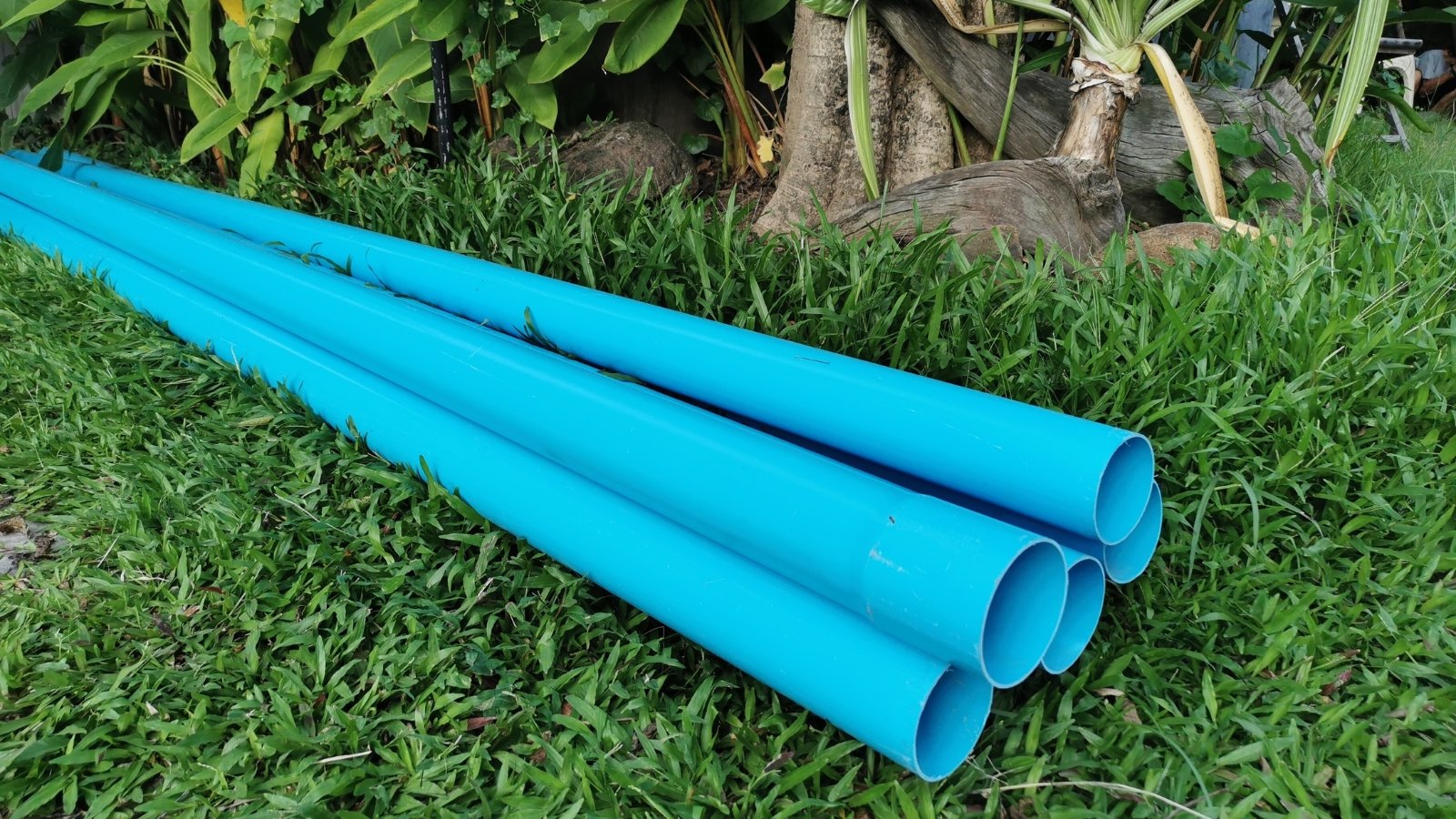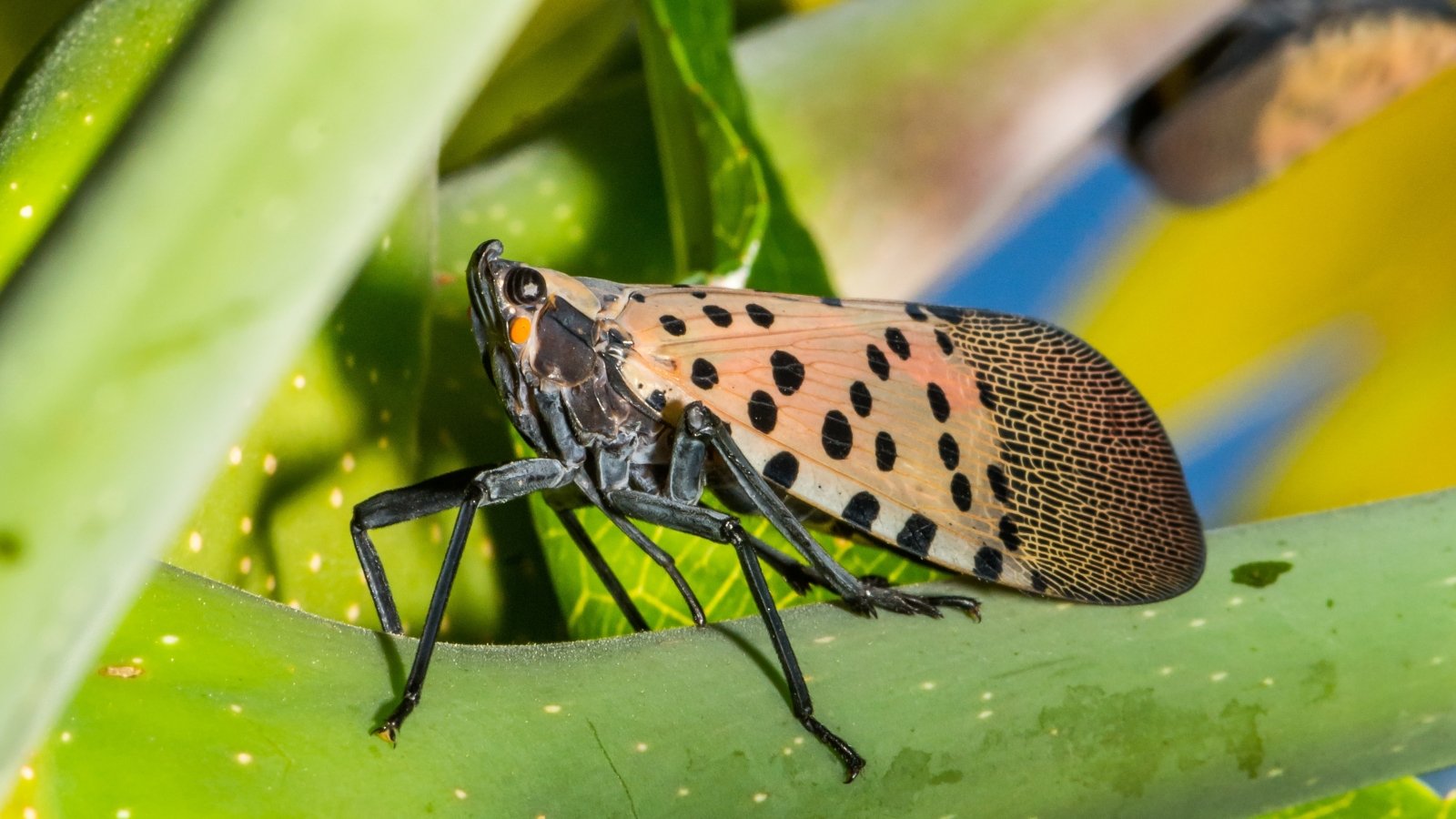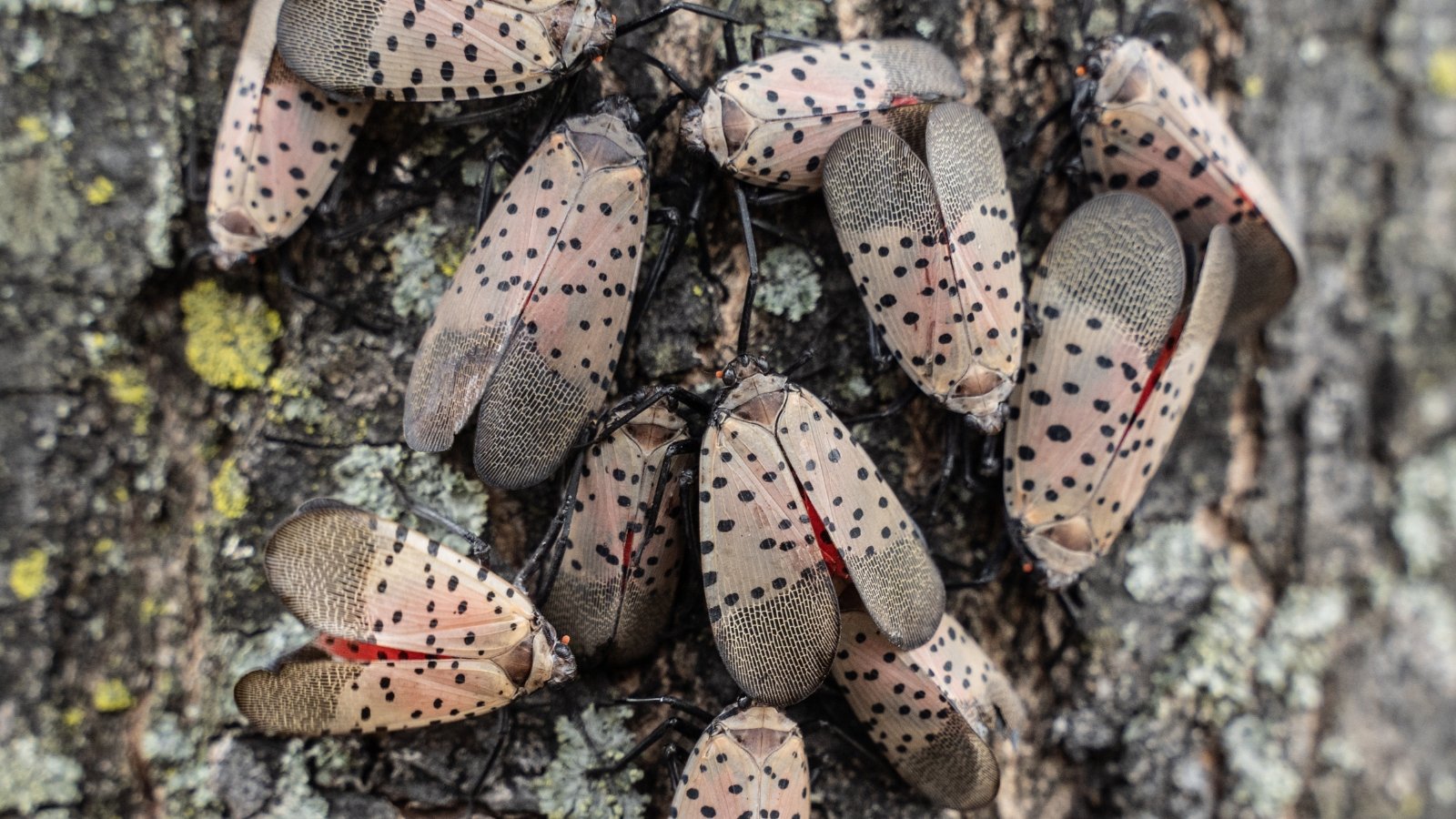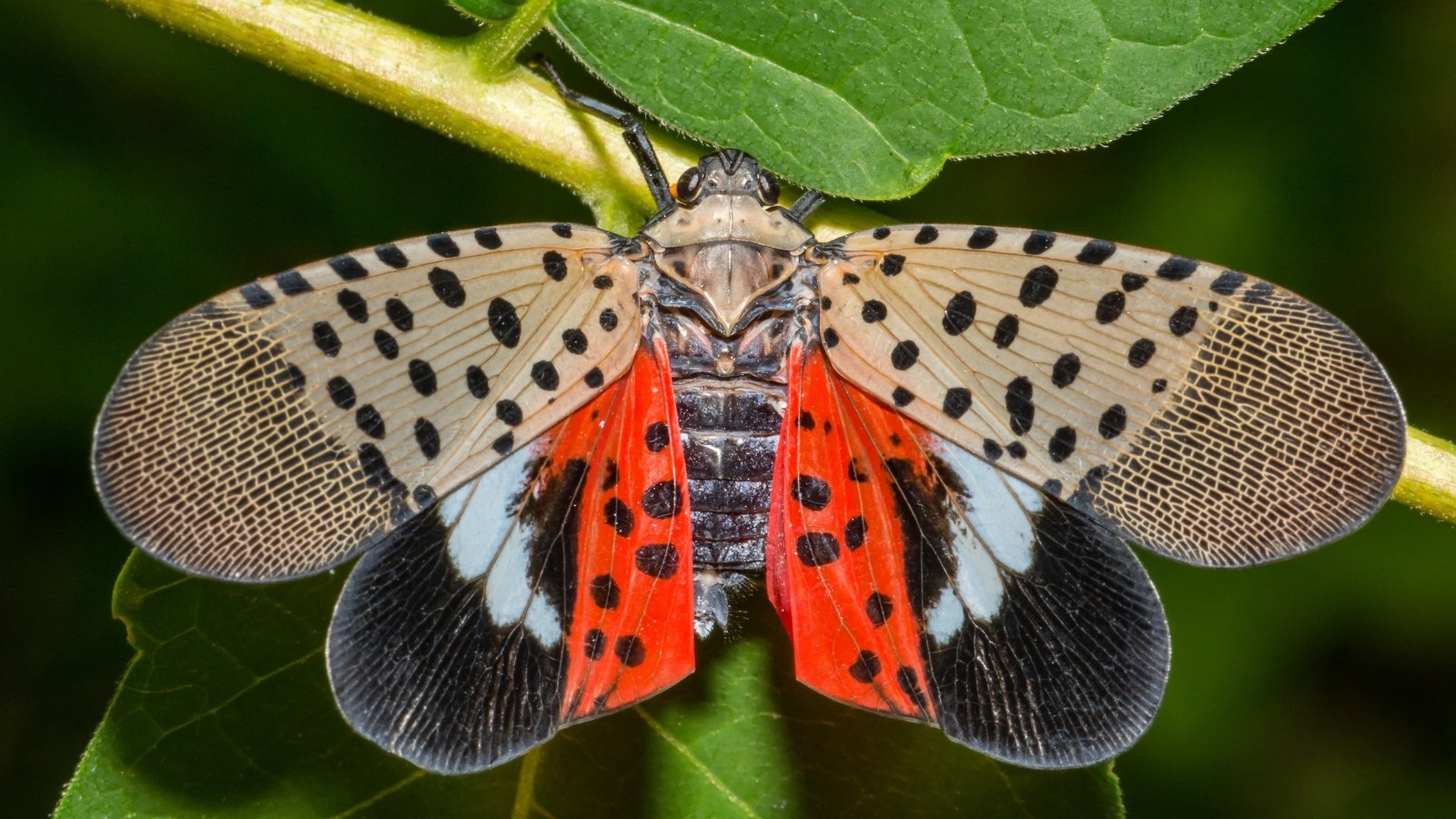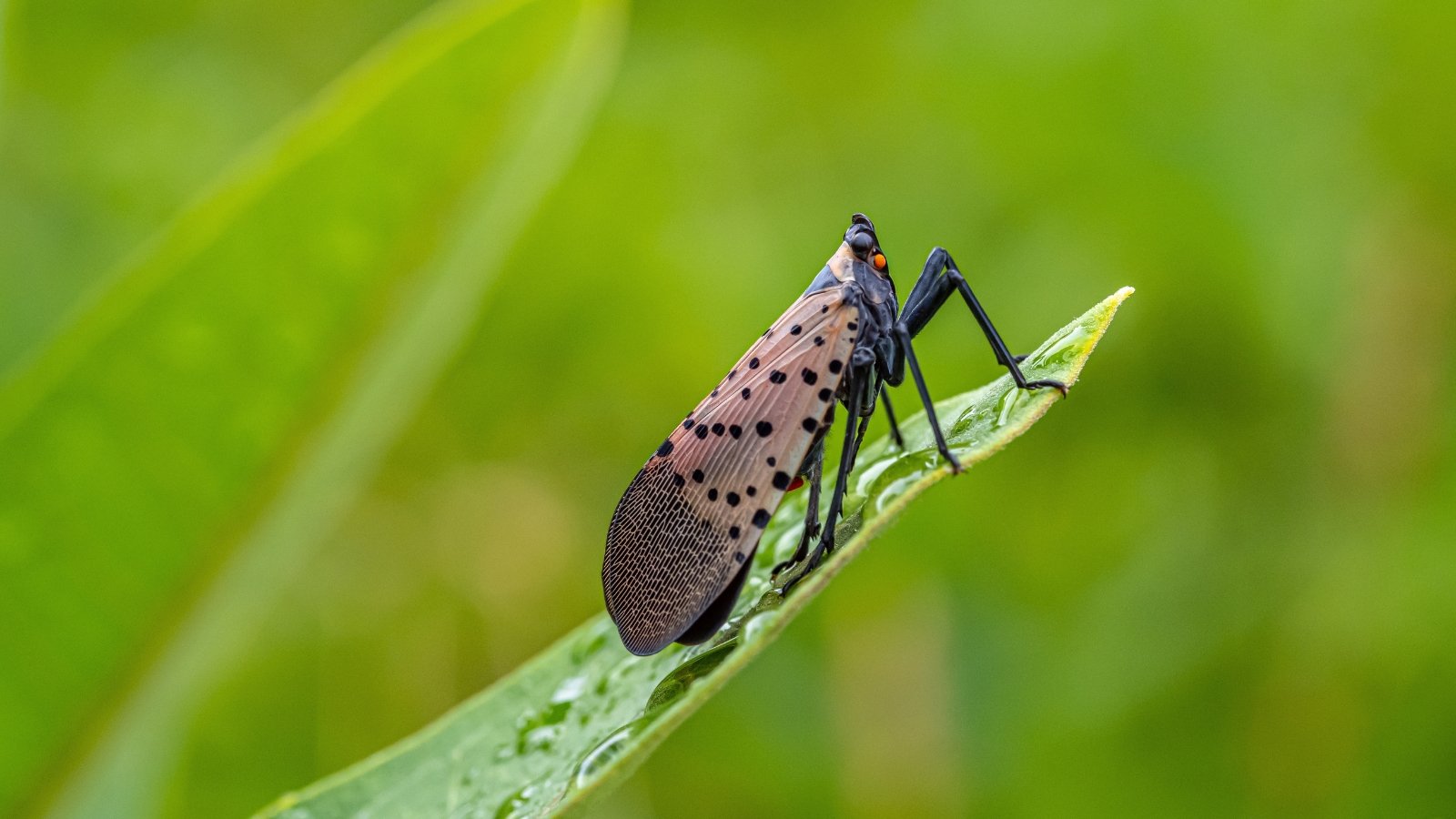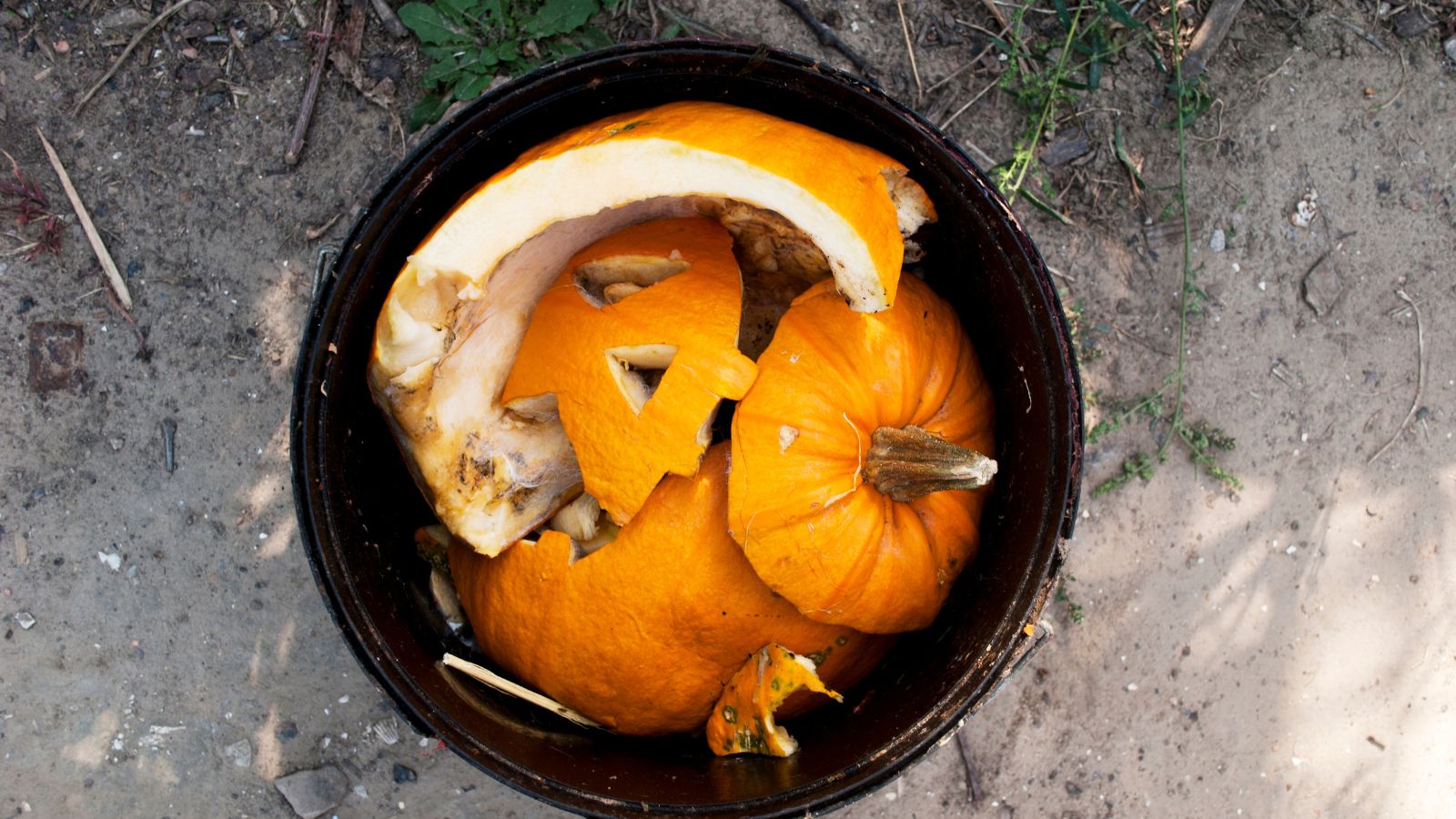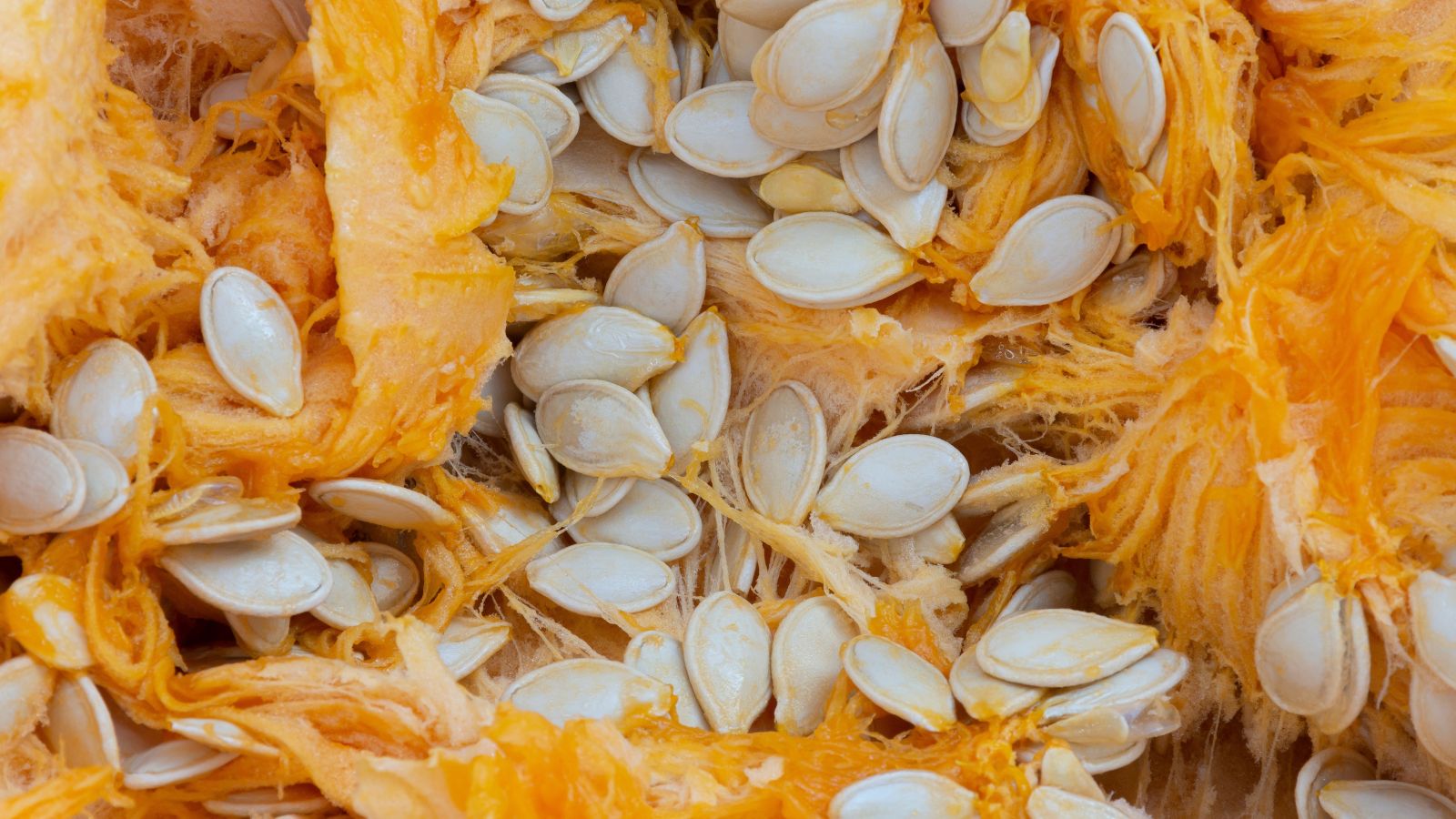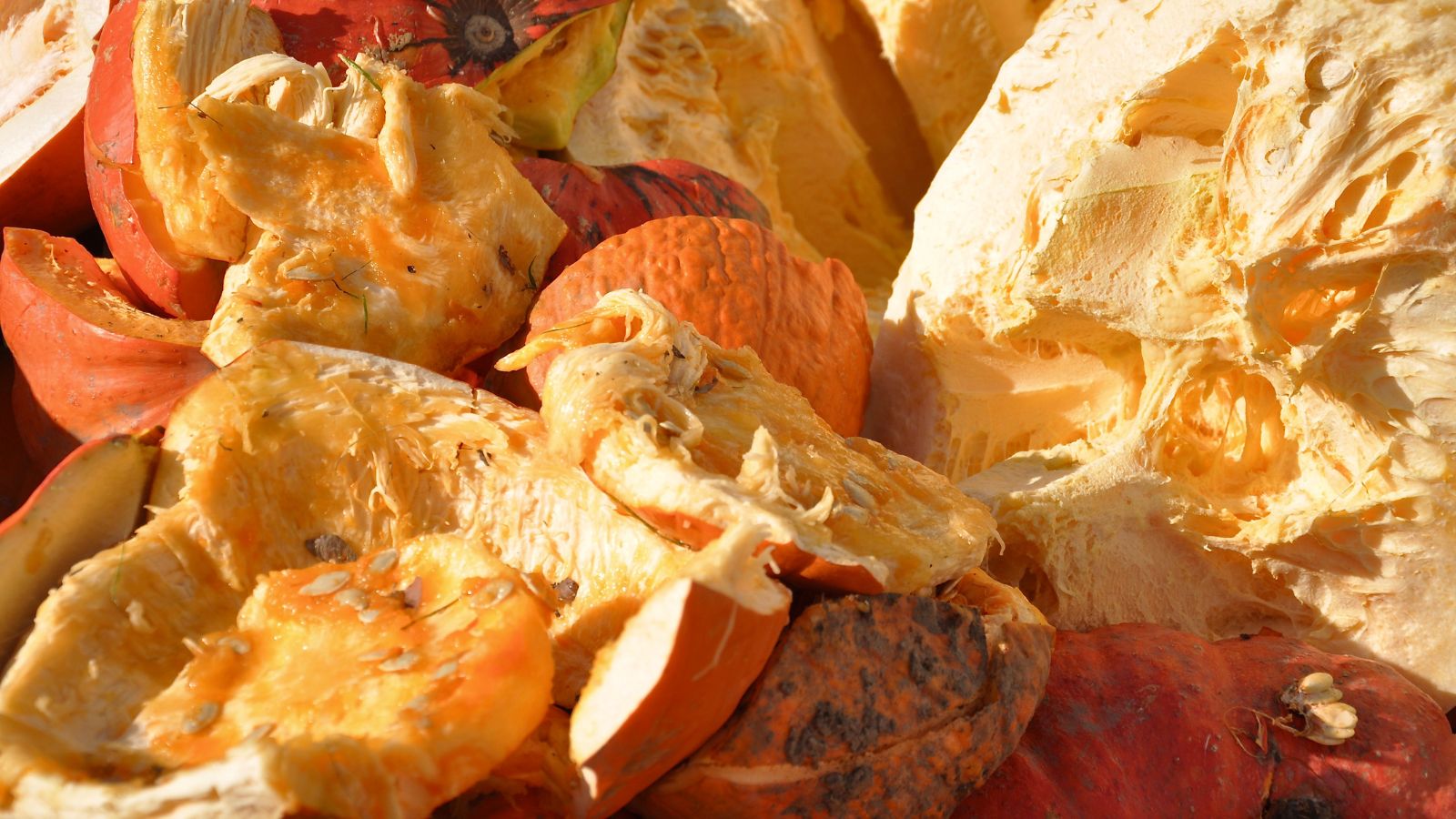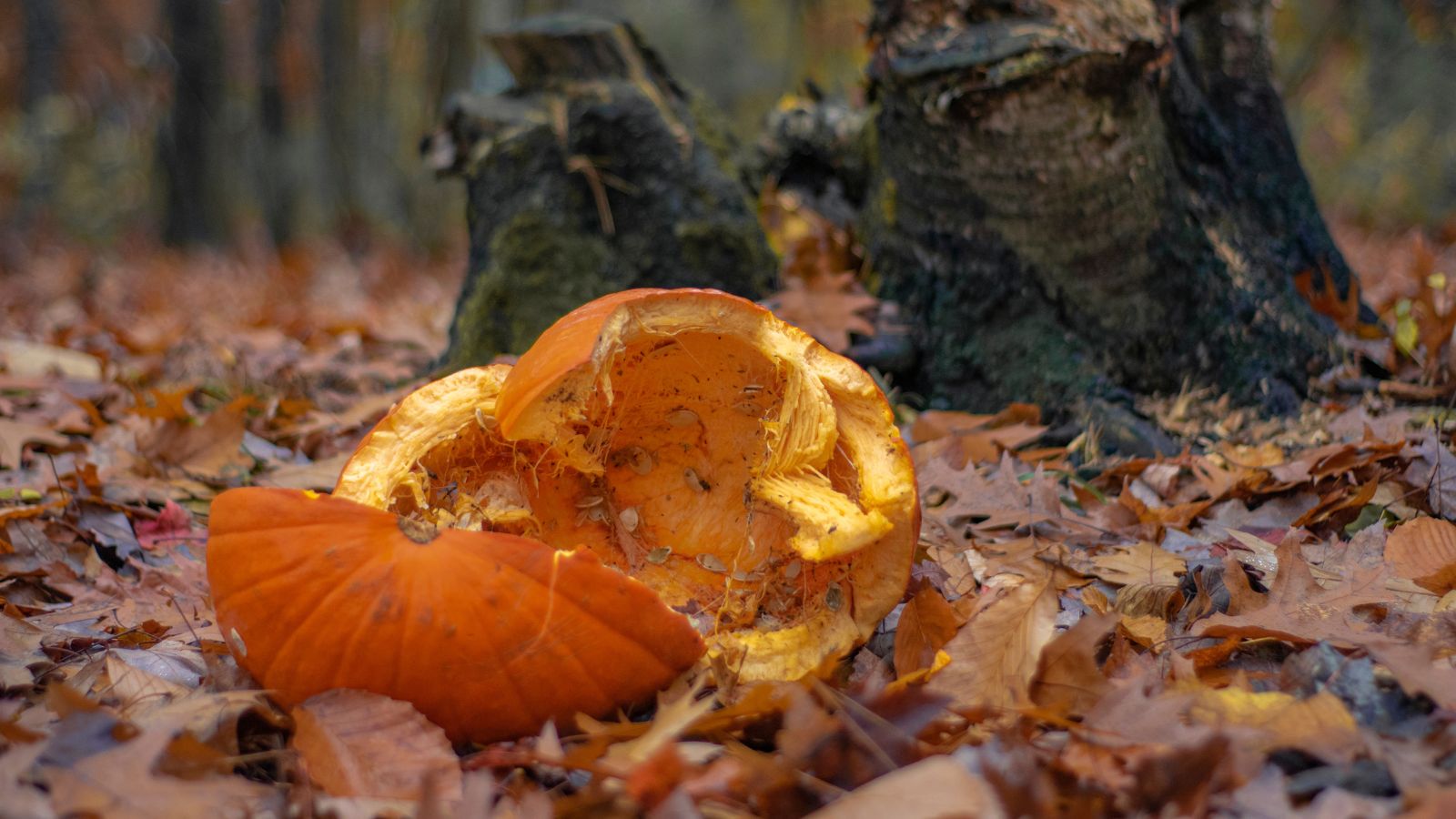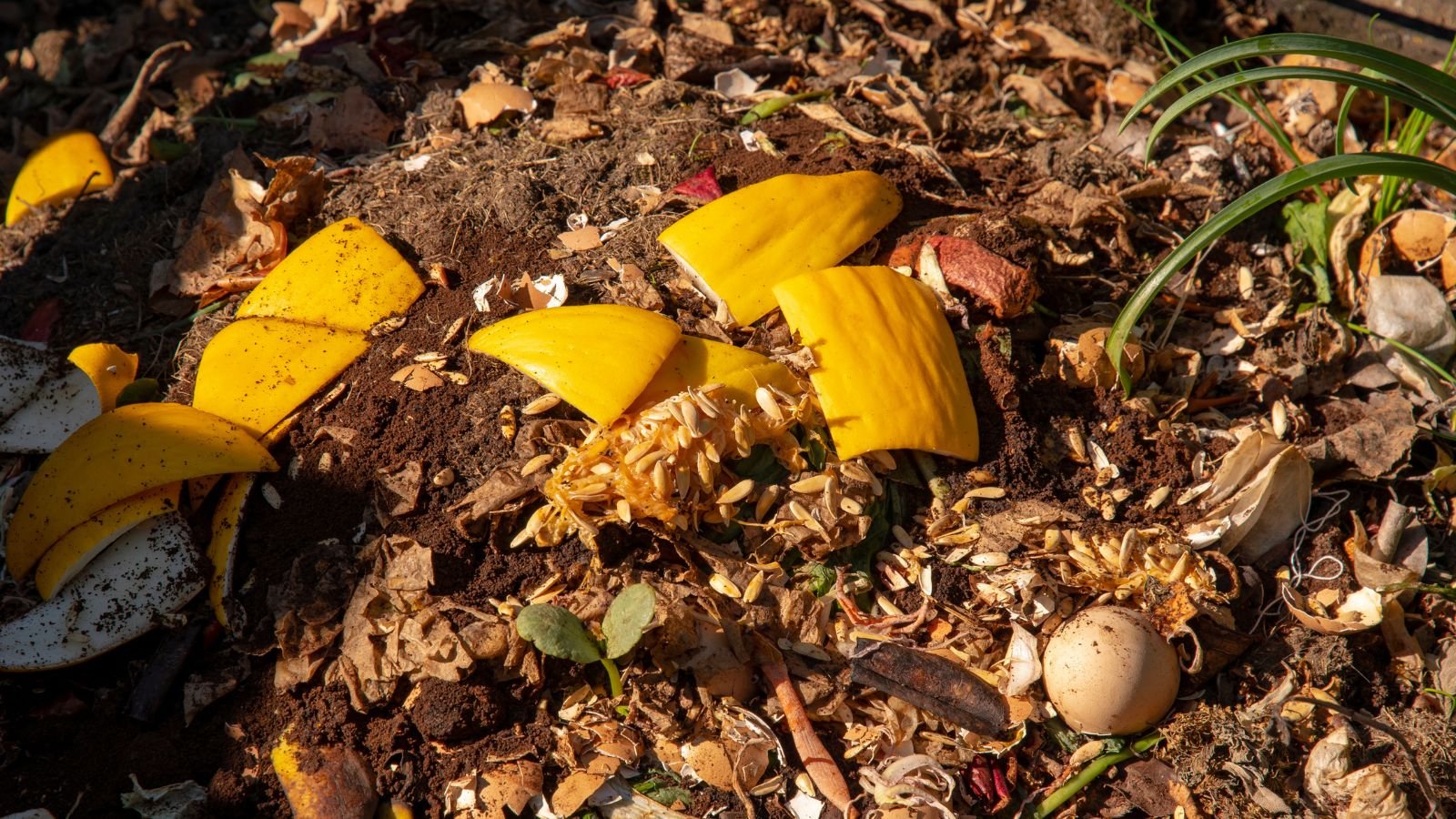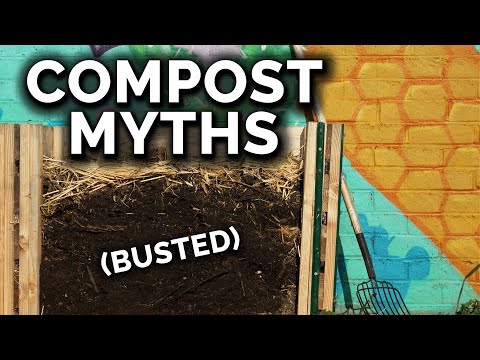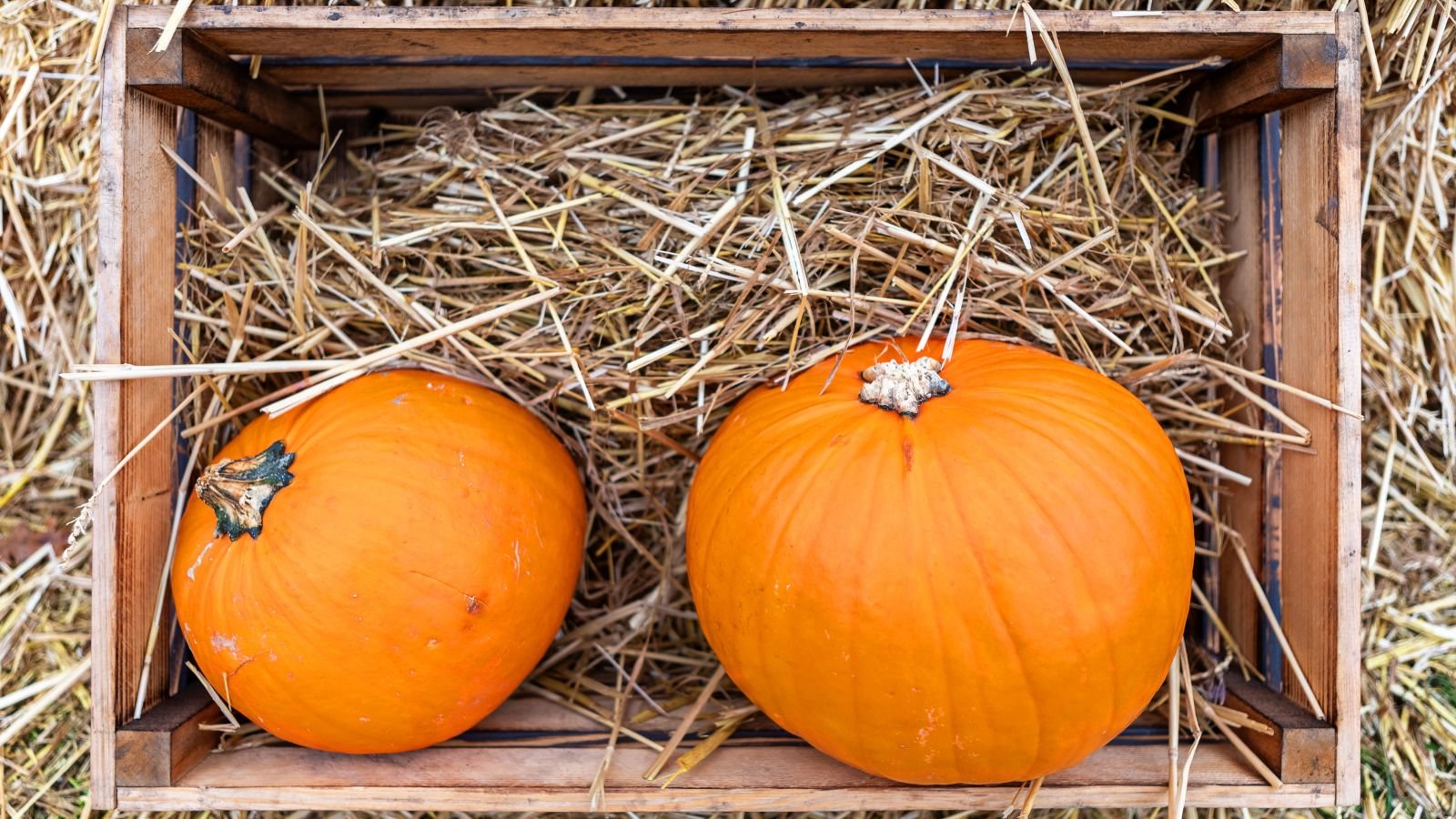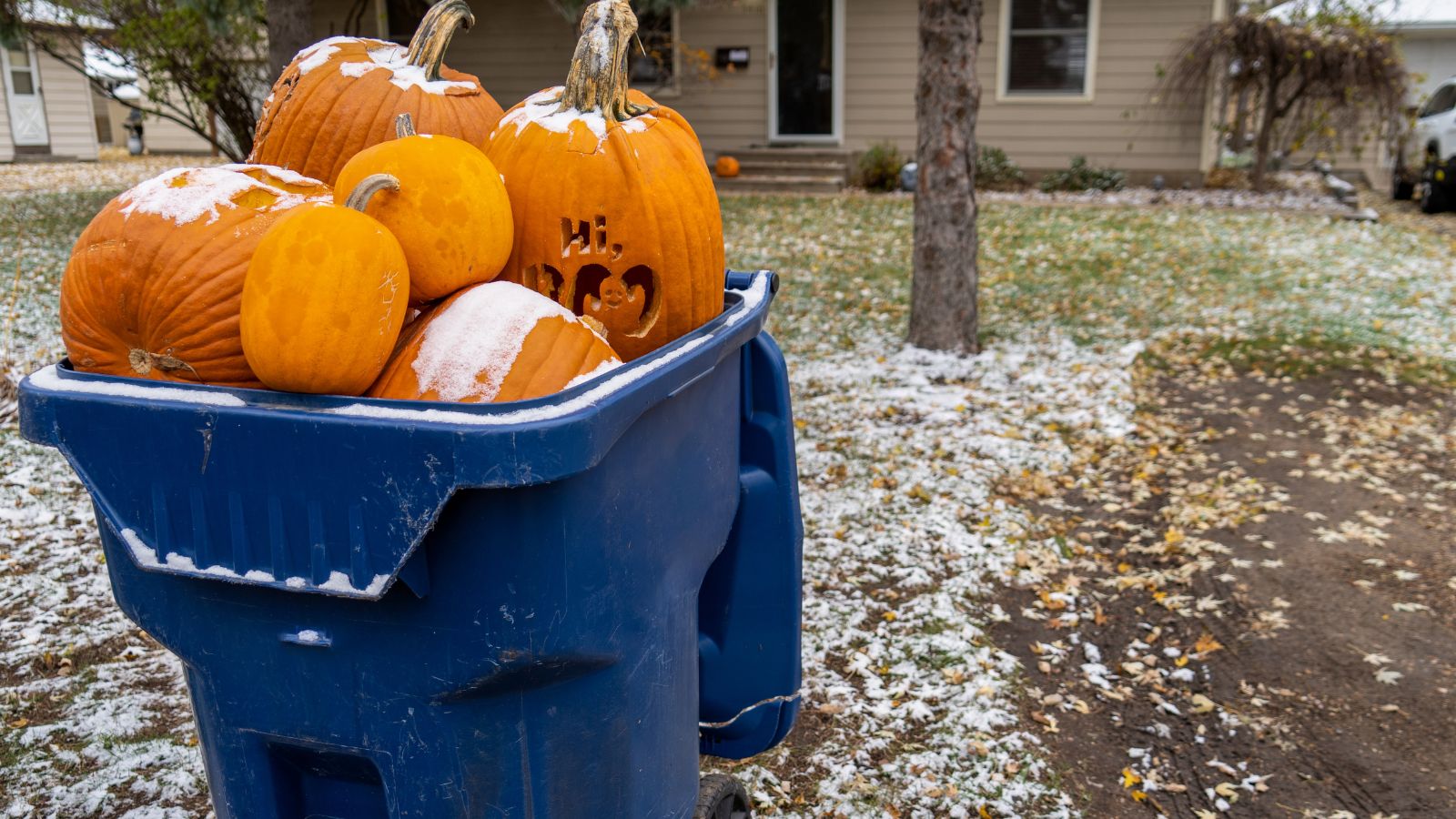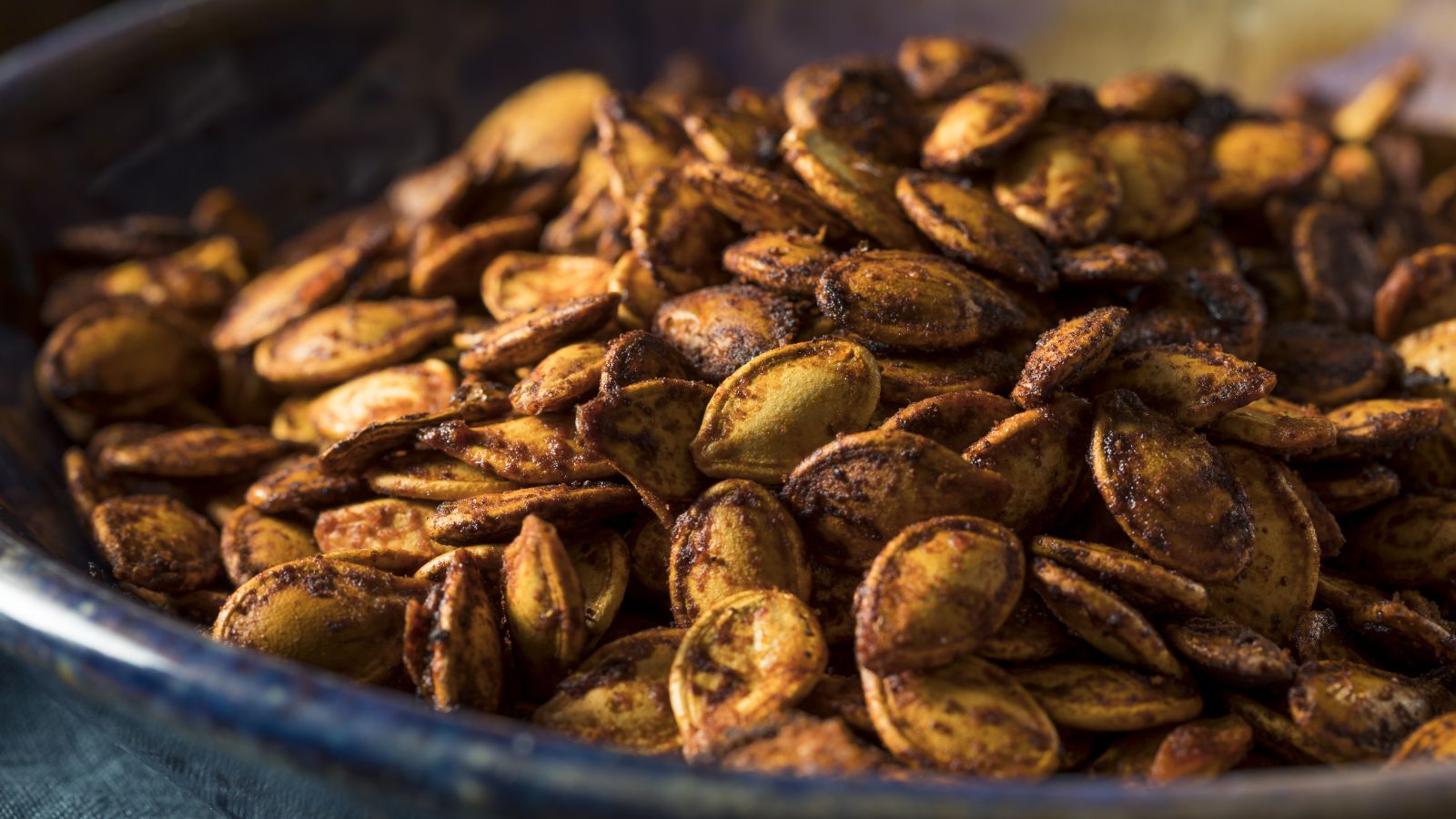[ad_1]
Apples, and peaches, and pears, oh my! What to do with these nice fruit bushes now that the local weather is gorgeous ample to get some precise work completed throughout the yard? Fruit bushes don’t need rather a lot predominant work throughout the fall, nonetheless there are some points you’ll be able to do to make them local weather the chilly increased.
As luck would have it, autumn is an effective time to plant many fruit bushes. In the event you occur to’ve been fascinated about together with various, you’ll be delighted to hearken to you may start now. You don’t should attend for spring!
Let’s deal with fall-planted fruit bushes along with what care to current your established ones. This is not a time to make any large-scale strikes, nonetheless barely freshening up and assistance will protect them safe and sound by way of the winter.
Planting
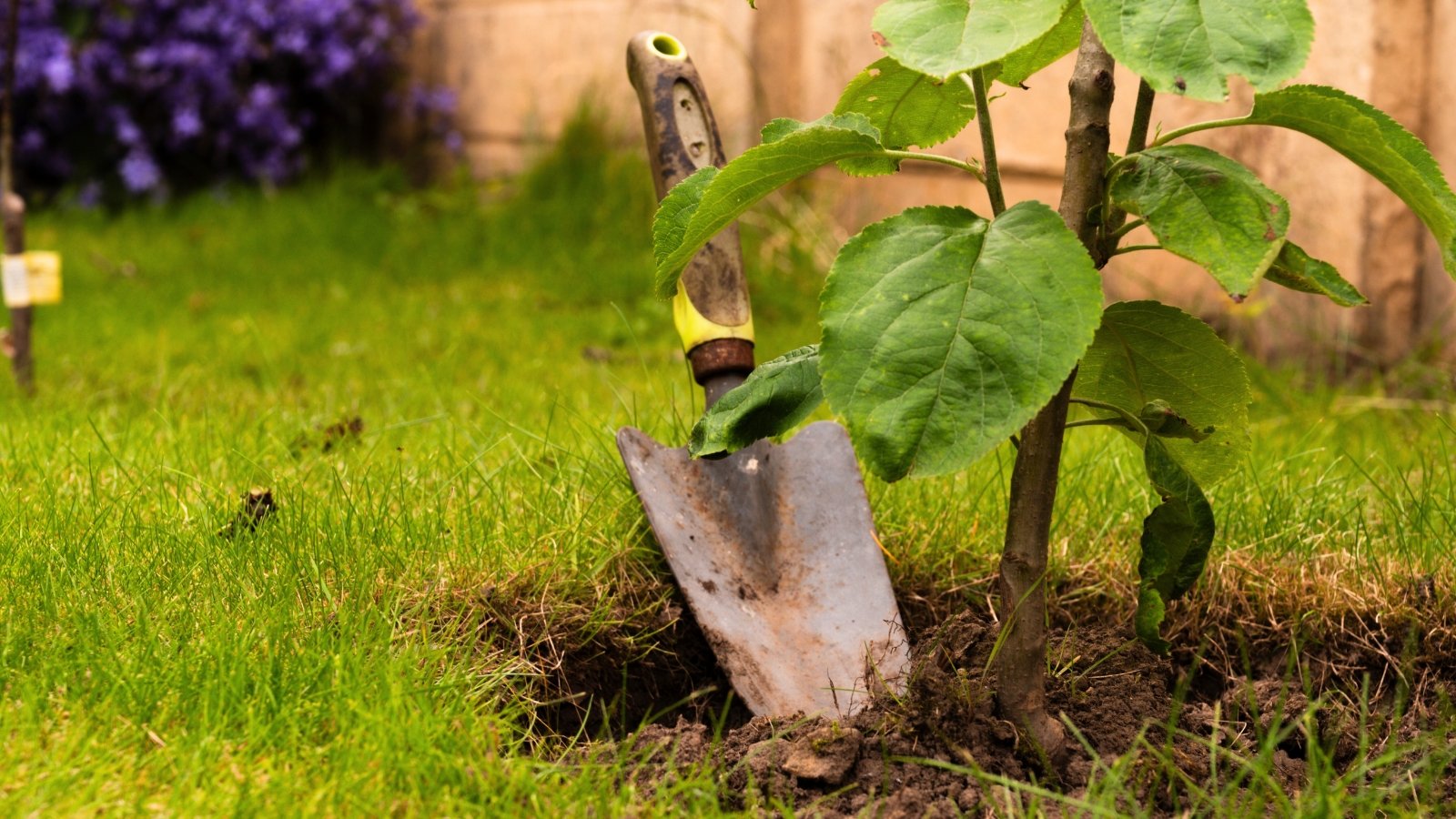

I don’t want to spend an extreme period of time on planting, nonetheless I am going to briefly overview and hyperlink to in depth planting guides. These supplies you with all that you should know regarding the a number of varieties of bushes.
The first issue to remember is to wait until the local weather cools down. Nevertheless don’t wait so prolonged that your plant doesn’t have time to find out roots sooner than a troublesome freeze. This time will fluctuate relying in your zone.
In Zones 2 and three, I prefer to suggest prepared until spring. It’s too late throughout the yr to plant a whole lot of one thing. In Zones 4 by way of 7, go ahead and get started in September or early October.
In Zone 8, you’ll in all probability start on the same time besides it’s a really scorching yr. Proper right here in Zone 9 and south, it’s nonetheless pretty warmth. You can keep off, nonetheless it’s best to be able to plant in October as long as, as soon as extra, it’s not uncommonly scorching.
Tree roots develop biggest in soil above 50°F (10°C). The great and comfortable soil and cooler air in fall make it a surprisingly good time to plant many perennials and evergreens. When the plant isn’t pressured by the heat, its roots can develop properly in that warmth soil.
Some bushes which is perhaps good to plant in autumn embody:
- Citrus: Oranges, lemons, limes, and grapefruits are evergreen. They’re sturdy and typically simple to take care of.
- Stone Fruits: Plums, cherries, peaches, and apricots are stunning spring bloomers. Plant them throughout the fall, and it is doable you will get pleasure from some flowers the first yr.
- Tropicals: Guava, papaya, kiwi, lychee, and avocado can all be planted throughout the fall in frost-free climates. That’s final, as a result of it supplies them additional time to manage sooner than the summer season season heat.
- Totally different Fruits: Apples, pears, figs, and truly, most others you’ll contemplate are all good for fall planting. Merely time it correct to your native climate, they usually must be fantastic.
Regular Planting Suggestions:
- Dig a niche as deep as the inspiration ball and thrice as huge. This loosens the soil, facilitating root development. Soak the inspiration ball sooner than planting to make the roots versatile and cut back transplanting stress.
- In the event you occur to find it is root-bound, gently loosen the roots. Place the tree throughout the prepared hole so that the inspiration ball lies on the ground of the surrounding soil. Don’t bury the trunk; it must be correct on prime of the soil or barely raised. In the event you occur to’re transplanting a unadorned root tree, protect the graft various inches above the soil ground.
- Backfill the outlet with native soil and any amendments you choose in order so as to add. Compost or manure will break down over the winter and improve nutritional vitamins when the tree comes out of dormancy.
- Water your newly planted tree deeply to encourage deep roots, soaking the underside. Add a thick layer of mulch on prime, leaving about two inches between the mulch and the trunk. Stake the tree for assist, after which water day-to-day for two weeks, commonly reducing frequency until the tree begins to go dormant.
Established Fruit Tree Care
Let’s switch on and check out these established fruit bushes. They need some love throughout the fall, nonetheless not rather a lot that they suppose they should start putting on numerous improvement. New improvement is additional prone to frost, so we want to lower that.
Watering
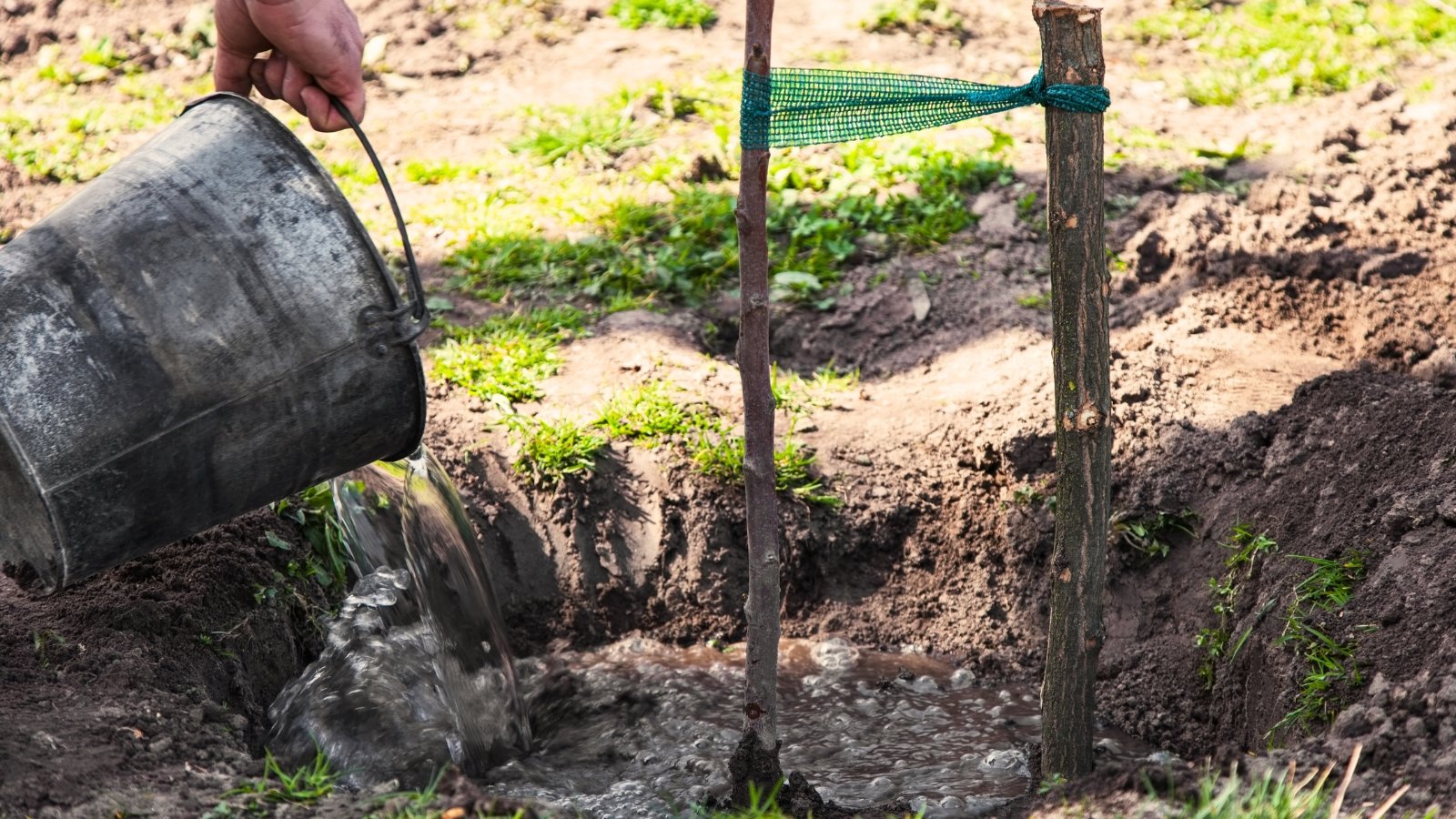

It is advisable decelerate watering fruit bushes in early fall aside from newly planted bushes. Watering will improve improvement, and that new improvement is weak to frost hurt. Autumn is generally a moist season anyway, so let the rain do the watering and take a break on your self.
As quickly because the leaves drop and it goes dormant, water the underside throughout the trunk deeply. This could encourage root improvement, making it stronger by the winter. In case your winter has snap freezes, try to water deeply ahead of the freeze to insulate the roots. In winter, bushes can go 4 to six weeks with out water, so that you simply acquired’t wish to fret about watering as rather a lot then.
Harvesting
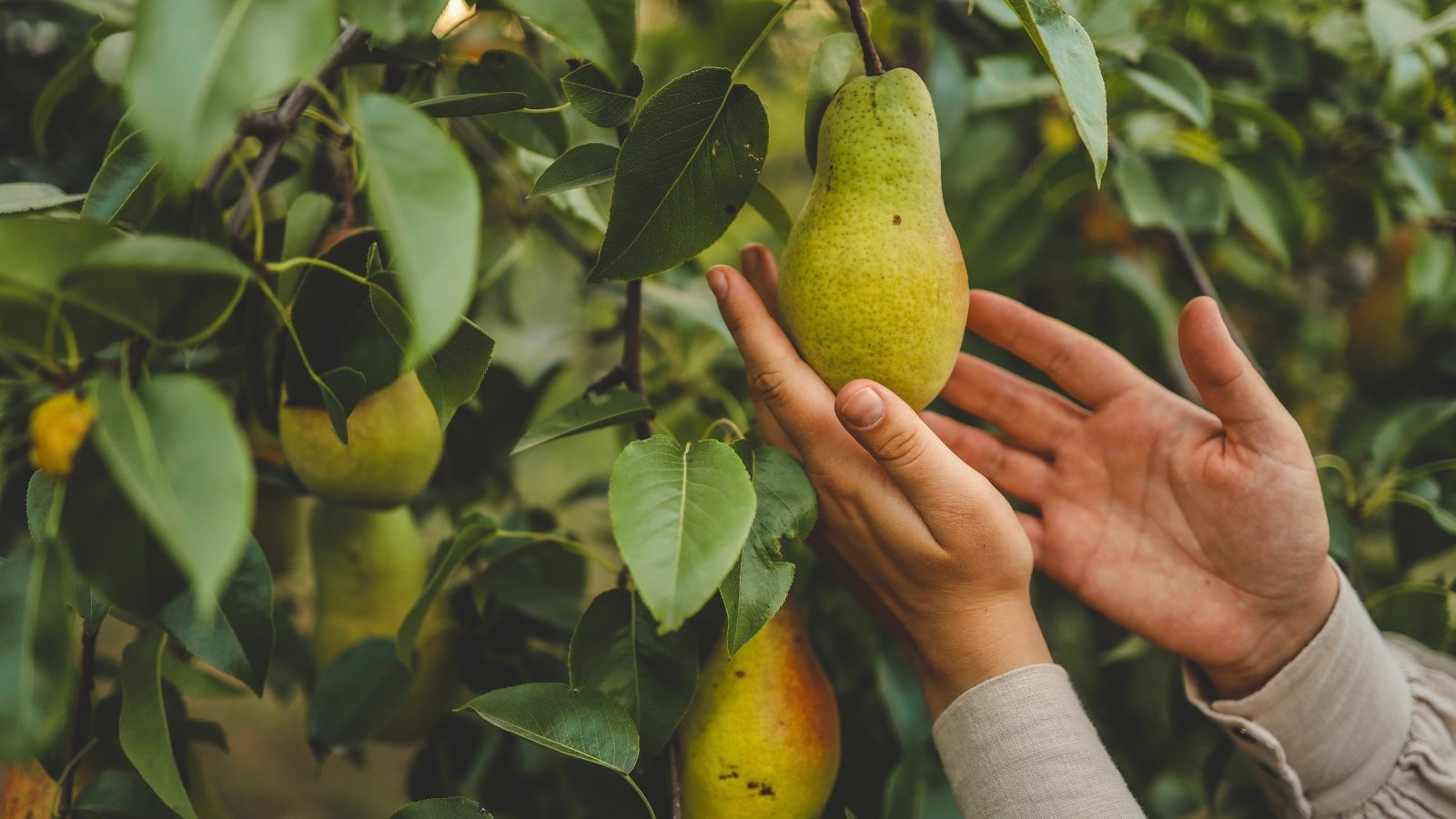

Counting on the sort of tree, you may probably be approaching harvest time. Apples, pears, figs, and persimmons, to name various, must be getting nearing ripeness within the occasion that they’re not already.
Most fruits will come away from the division merely after they’re ripe, nonetheless some require elimination with sanitized shears. Determine which form of tree you’re working with. Pears are ready to reap when the neck has solely a slight give. Sooner than selecting figs, permit them to realize their ripe coloration.
Persimmons will soften barely after they’re ripe. Citrus fruits generally ripen throughout the winter, and a pair of hand shears will likely be helpful. Numerous sorts of ripe fruit will maintain up to date longer do you have to protect them throughout the fridge, nonetheless some types do biggest when saved at room temperature.
Cleanup
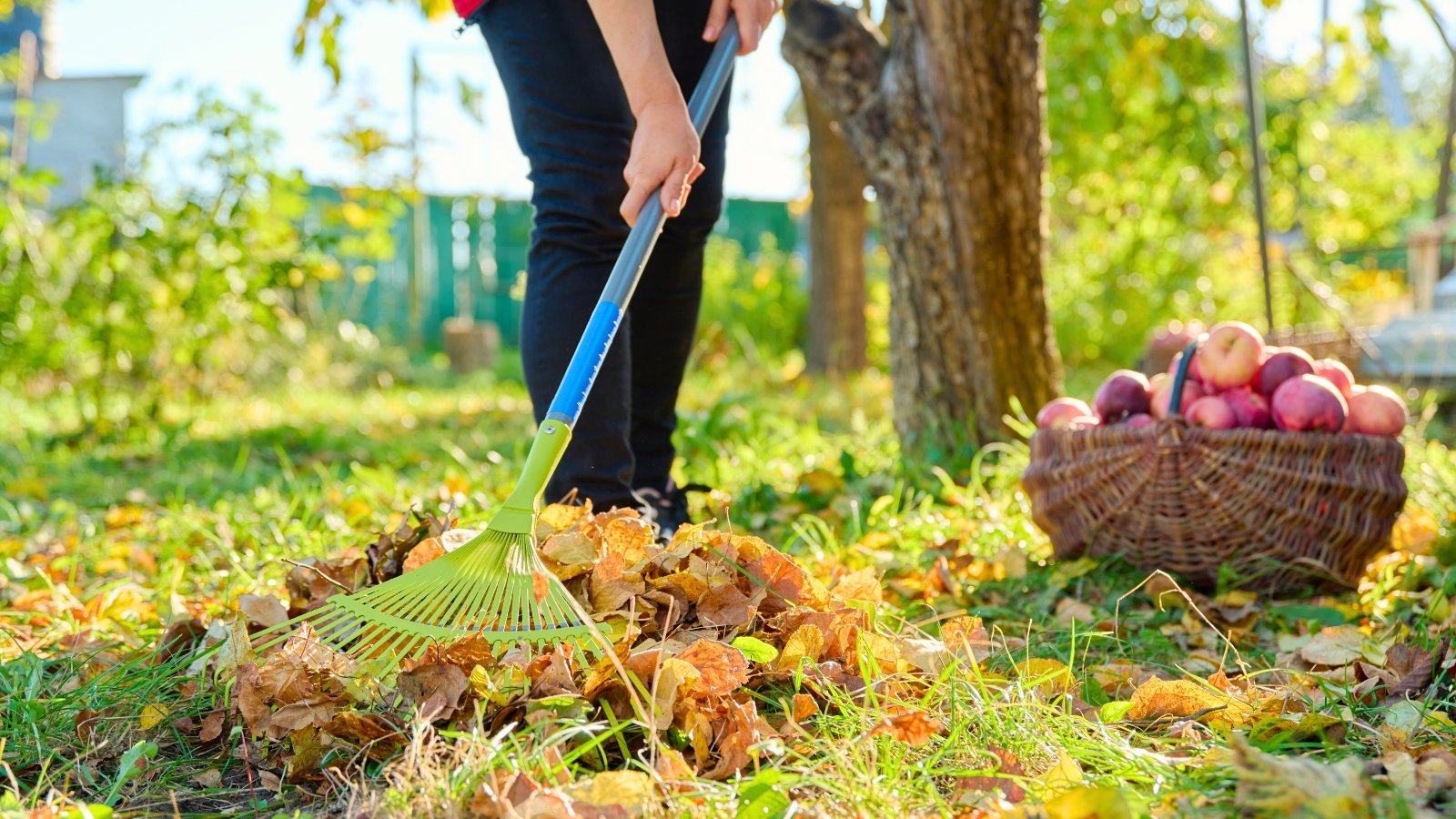

There are two colleges of thought referring to coping with the fallen leaves throughout the bottom of bushes in autumn. If, throughout the realm of nature versus nurture, you’re prone to lean into nature, it is doable you will want to go away these leaves alone.
Letting the fallen leaves maintain out has positive benefits for the tree. The leaves decompose and put nutritional vitamins once more into the soil. That’s what happens to deciduous bushes throughout the wild, so principally, it’s useful.
In the event you occur to actually really feel that nurture is crucial to maximise the tree’s manufacturing and properly being, clean-up is prone to be your want. It’s not unhealthy to do this; you’ll on a regular basis go in later and top-dress the soil with totally different pure matter. This serves a similar goal.
Leaving particles beneath your bushes may end up in pests and illnesses. Fungus likes to develop in leaf litter, so you may probably have factors if in case you have got a moist fall. Pests moreover want to nest in these piles. In situations the place illnesses have been present, it’s biggest to rake up the leaves.
You don’t ought to get rid of healthful leaves in the event you want to clear up beneath your bushes nonetheless don’t want to waste that good pure leaf compost. You can rake them proper right into a pile in a separate home and apply them to your empty annual beds to actually really feel the soil. They are often composted.
Fertilizer and Soil Amendments
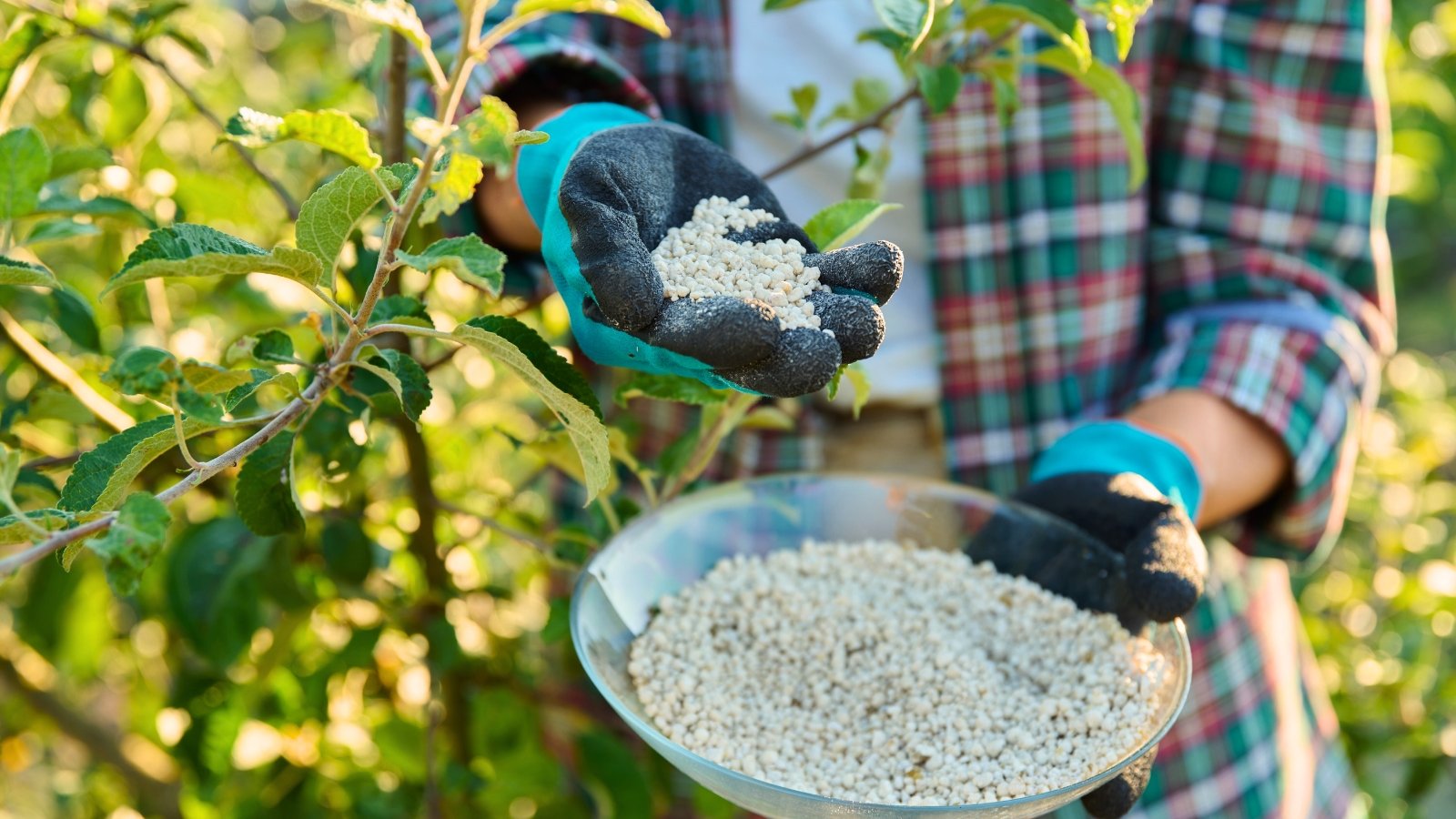

Fall fertilizing requires a nuanced technique. Whereas it’s a good time to utilize positive sorts of fertilizers or amendments, you additionally must steer clear of some. Certain bushes require fertilizing in fall, and others don’t. Assure you acknowledge the desires of your bushes sooner than fertilizing.
The first issue to steer clear of in autumn is nitrogen. Nitrogen will make your plant flush out with new improvement. This new improvement is tender and additional weak to frost hurt. You want your wood to be as mature as attainable going into dormancy.
Totally different fertilizing and amending practices are fully fantastic presently. Fall is an efficient time to hold out a soil check out to resolve what’s lacking and whether or not or not the pH is right. Correcting the pH will help your tree take within the becoming nutritional vitamins.
Be at liberty to make use of phosphorus and potassium fertilizer all through this time, nonetheless use decrease than you will totally different events of the yr. In case your soil check out reveals that the soil lacks totally different nutritional vitamins like iron, magnesium, and zinc, it’s a good time to amend the soil with these. As soon as extra, the sort of tree points proper right here.
Pure compost or manure is the exception to the no-nitrogen rule. These amendments embody an enormous amount of nitrogen, nonetheless they break down slowly.
It’s a terrific idea to top-dress the soil above your roots sooner than winter. Merely add a layer of pure supplies throughout the trunk out to the drip line. When the tree wakes up in spring, will in all probability be ready for use.
Pruning
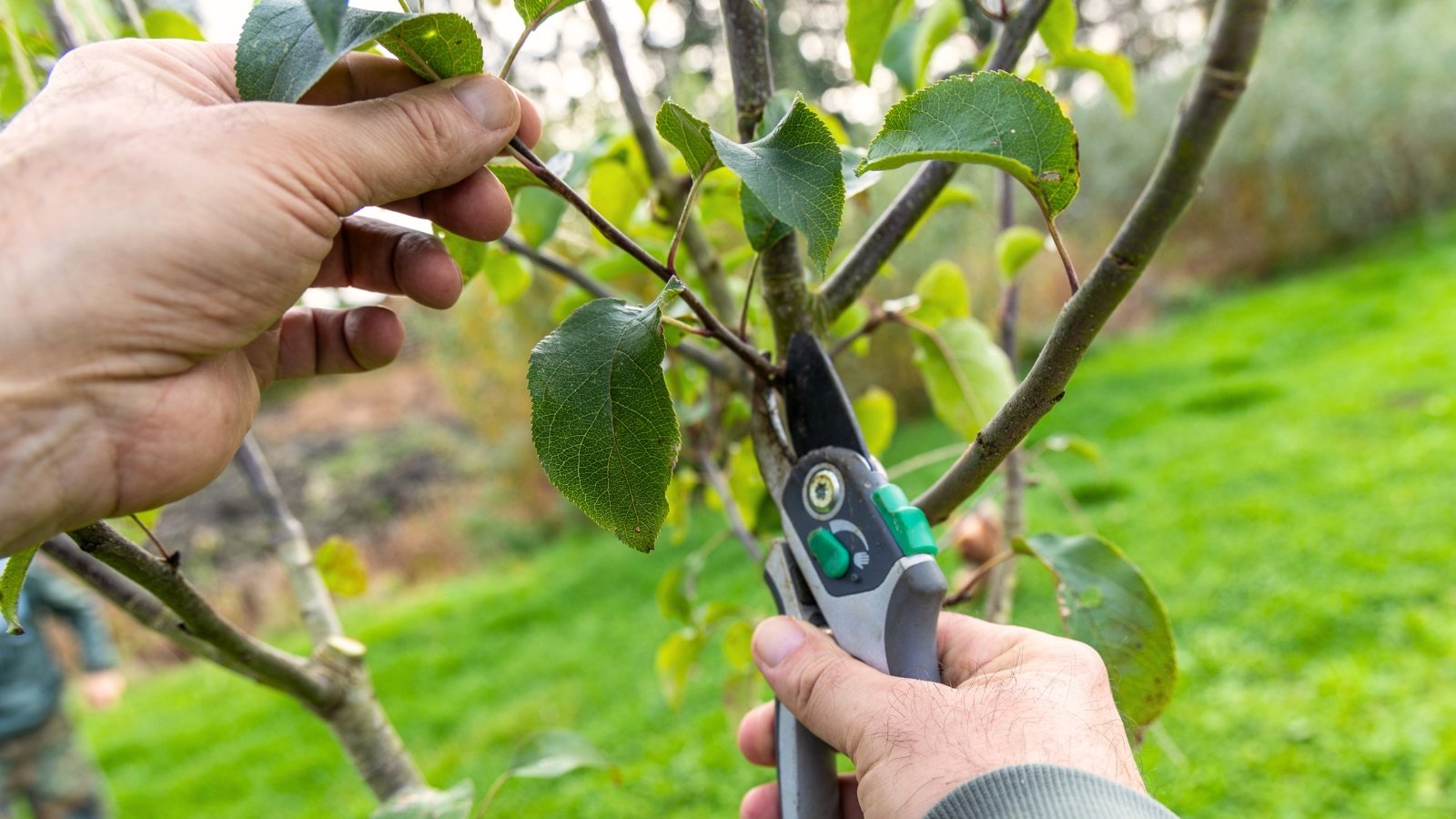

Pruning, like nitrogen-rich fertilizer, will even encourage new improvement. We don’t want that throughout the fall because of it makes that improvement and the tree as a whole additional prone to the chilly.
Timber do one factor truly cool throughout the fall, which helps them develop the becoming strategy on the correct time. In autumn, they actively draw nutritional vitamins from their leaves once more into the trunk and roots, storing this vitality for a flush of improvement in spring.
Storing these nutritional vitamins throughout the trunk and roots helps the plant survive chilly winter local weather. Pruning now will do two points: it might take away many leaves and deprive the tree of those beneficial nutritional vitamins. It’d in all probability moreover set off that flush of newest, tender improvement.
Every of these events will weaken the tree correct sooner than it has to survive freezing temperatures. Add diminished photosynthesis attributable to shorter daylight, and that tree has rather a lot to cope with.
Reserve your predominant pruning for late winter or very early spring. Merely sooner than the tree breaks, dormancy is nice. For now, merely carry out a bit cleaning up. Take away any ineffective or damaged branches. You can take away suckers presently, too. Decrease them off as close to the underside as attainable.
Pest Administration


Many pests die off throughout the winter, or they or their larvae overwinter throughout the soil. These will likely be managed culturally by way of elimination of particles. Look at your foliage and branches for indicators of pest infestation. In the event you occur to’re concerned about bugs overwintering throughout the bark, you need to use a wash or dormant oil to cope with the trunk and branches. These suffocate the bugs and cease a resurgence throughout the fall.
Staking and Assist
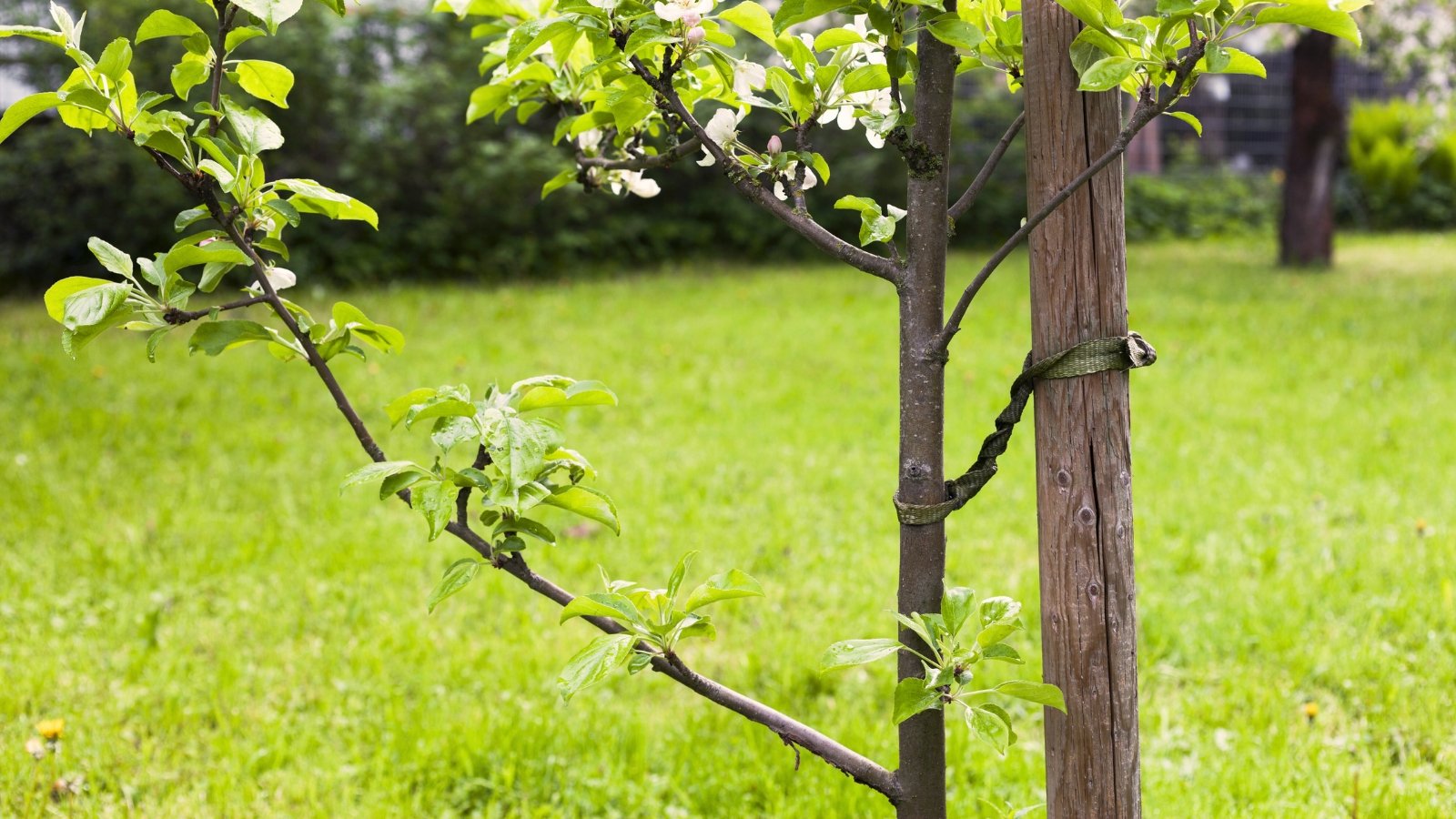

In the event you occur to planted them appropriately, established bushes shouldn’t need staking. Really, it could be detrimental, inflicting weak root development. There are some circumstances beneath which it’s best to stake, though, so let’s go over them.
Newly planted bushes, notably these with bare roots, need staking for this main winter. In case your tree is leaning, that’s another reason to assist it. This could help it correct itself over the winter.
Usually, top-heavy bushes, notably youthful ones, revenue from staking. Youthful bushes will revenue from staking do you have to keep in a windy area or one with unfastened or sandy soil. Mature, healthful specimens will not need this.
One of the simplest ways to Do It:
- Uncover two or three stakes. They’re typically metallic or wood. Press on the trunk using your hand to see if it rocks backwards and forwards. If it does, it most definitely desires staking.
- Determine the prevailing wind route and set the stakes to assist the trunk on each facet in opposition to the wind. If needed, a third stake might be utilized, nonetheless two will generally do the job.
- Secure the trunk to the stakes using a snug supplies, like tree straps or canvas strips. Gadgets of an earlier hose might be utilized to secure the tree with out slicing into it with wire. It must be able to sway naturally; don’t strap it down too tightly.
- Throughout the spring, take away the stakes as you enter a model new rising season. You can go away them on for yet another season if it doesn’t actually really feel anchored. Merely be sure that your stakes don’t decrease into the trunk.
Security
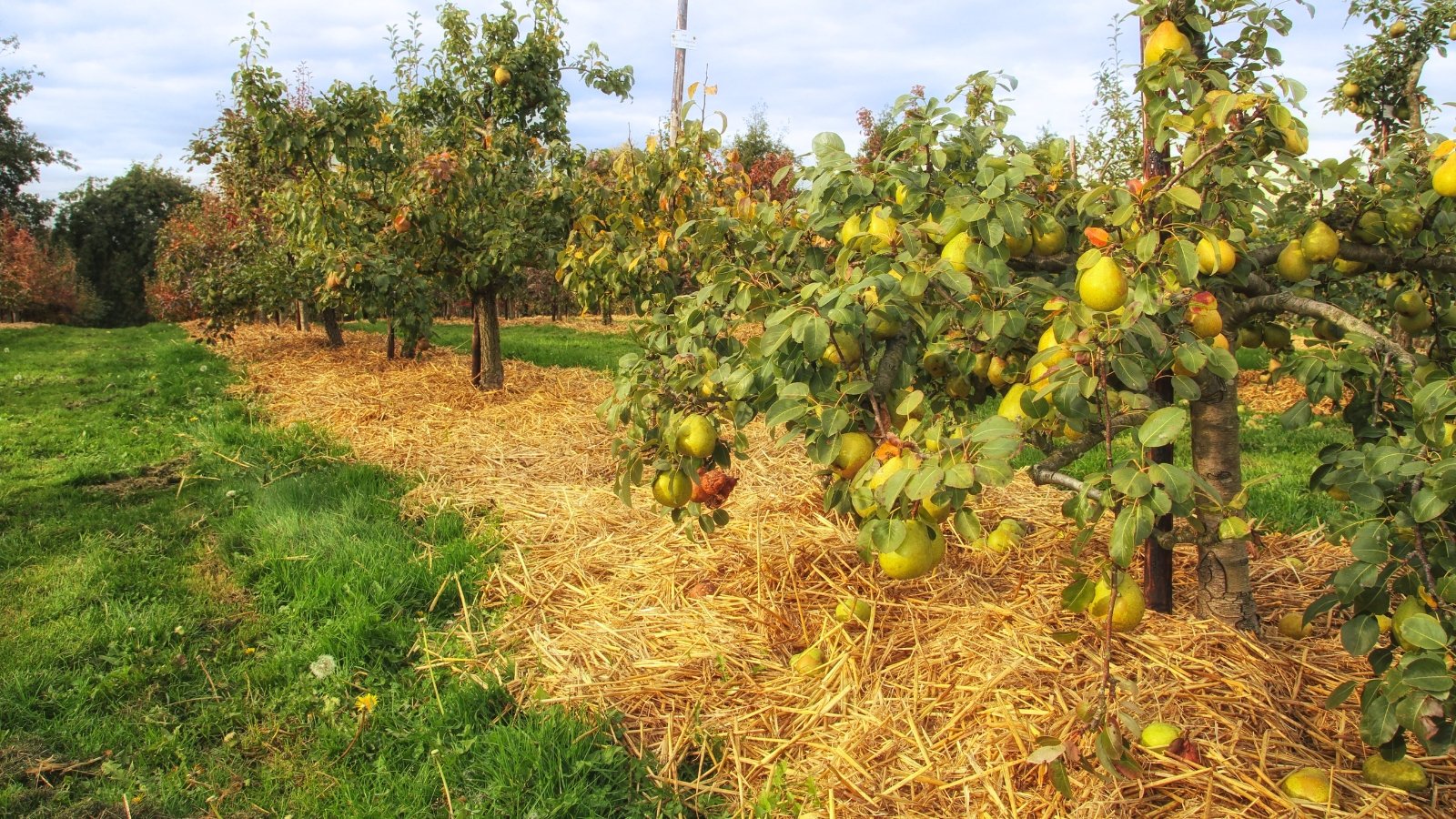

Mulch is form of on a regular basis a superb suggestion by way of offering some additional security from the chilly. Making use of a thick layer of mulch over the roots will insulate the soil, defending the roots from extreme temperature fluctuations.
Mulch moreover feeds the soil. Over time, mulch breaks down and incorporates into the soil, together with pure supplies and nutritional vitamins that help feed the tree. Choose a mulch that doesn’t embody dye or totally different chemical compounds. I prefer to make use of pine bark mulch because of it lowers the pH as a result of it decays.
Youthful tree trunks will likely be weak to photo voltaic scald over the winter. With out their shading cowl, the photo voltaic is additional intense on the bark. One technique to protect the trunk is to paint it with a solution of 1 half white latex paint and one half water. This protects and shows gentle.
Totally different, a lot much less eternal decisions embody wrapping the trunk with aluminum foil or plastic guards. I don’t love the look of painted bushes, so I am going for removable guards. Make certain to remove these throughout the spring so that bugs don’t flip them proper right into a breeding ground.
That’s the entire security your bushes will need. Fruit bushes which is perhaps hardy in your Zone shouldn’t need any extra security. Merely you will wish to choose cultivars that perform properly in your native climate, they usually must be blooming as soon as extra in a short time!
Key Takeaways
Preparing your fruit bushes for winter will help them assist a healthful harvest throughout the coming yr. By giving them barely consideration now, you’ll be able to do numerous good. Correctly-cared-for bushes develop sturdy roots, and strong roots make sturdy crops.
[ad_2]
